UPCOMING
VICTORIA STOIAN
Cel mai iubit dintre pământeni
curated by Irene Biolchini
Opening Thursday January 15th 2026, 6—9 pm
16.01—28.02.2026


Select your language
Search
UPCOMING
VICTORIA STOIAN
Cel mai iubit dintre pământeni
curated by Irene Biolchini
Opening Thursday January 15th 2026, 6—9 pm
16.01—28.02.2026
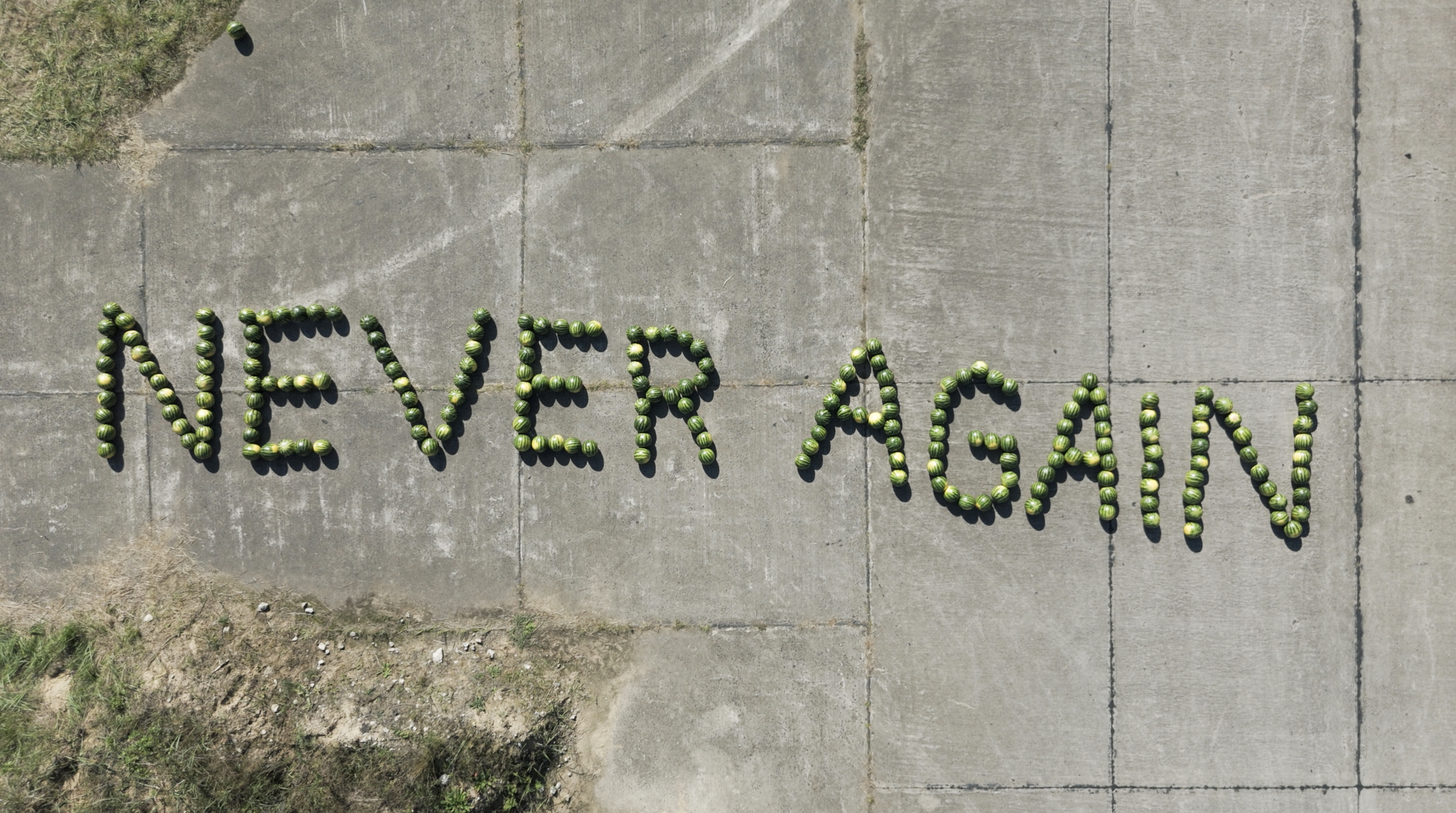
CHIARA BAIMA POMA / BOTTO&BRUNO / CANDICE BREITZ / FATMA BUCAK / PAOLA DE PIETRI / FRANCESCA FERRERI / EVA FRAPICCINI / EMILY JACIR / MARGUERITE KAHRL / LALA MEREDITH-VULA / LAURA PUGNO / VICTORIA STOIAN /FLAMINIA VERONESI
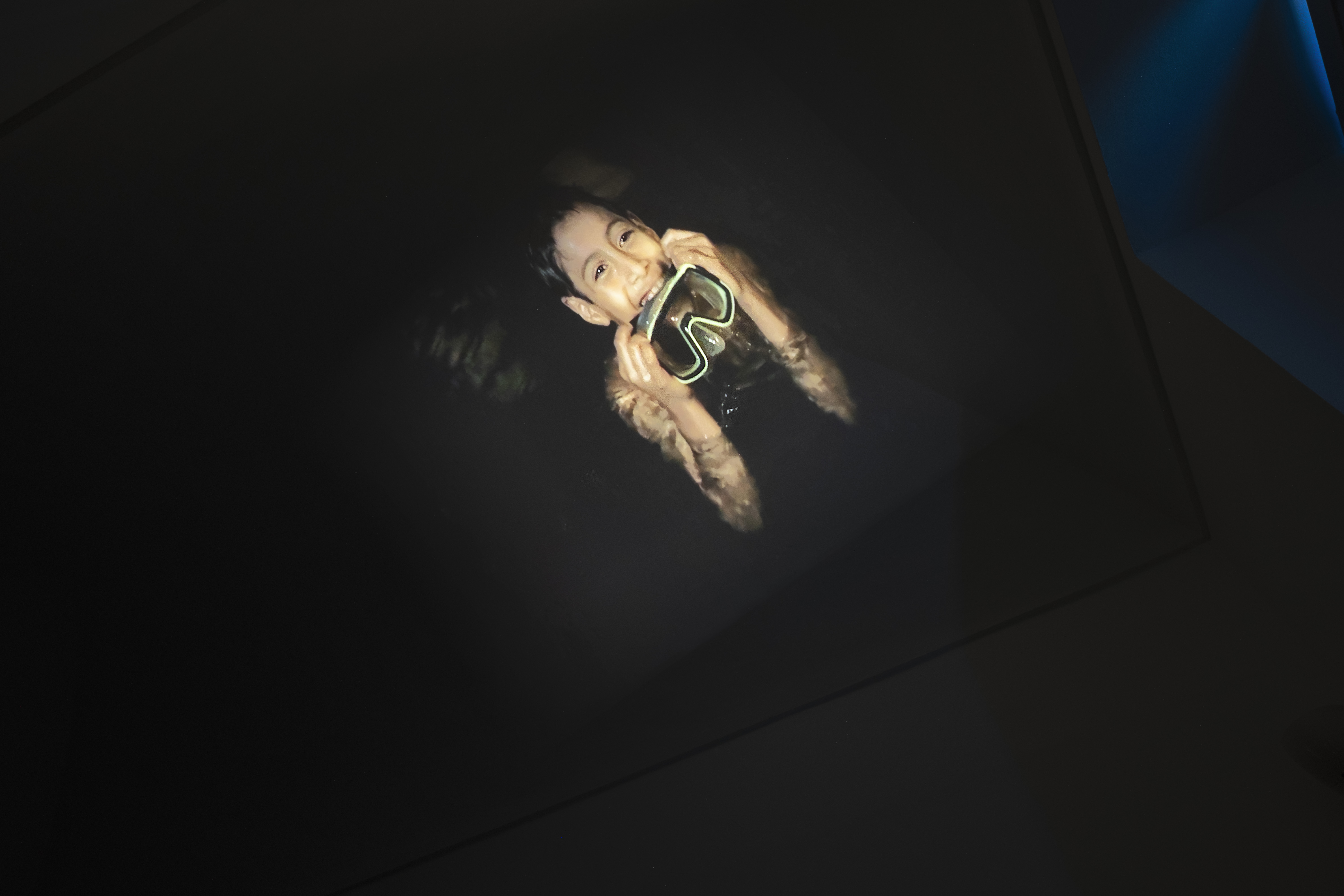
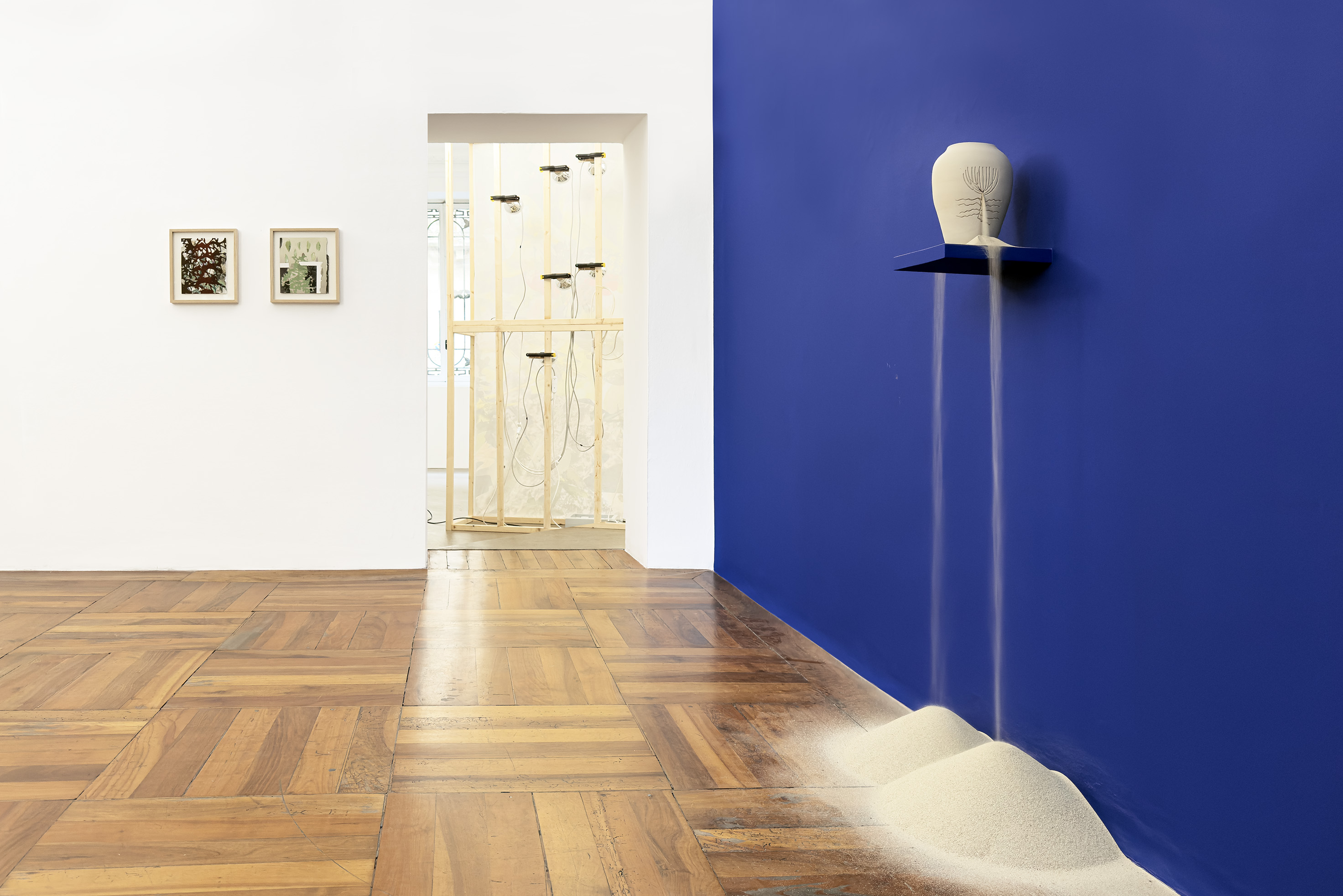
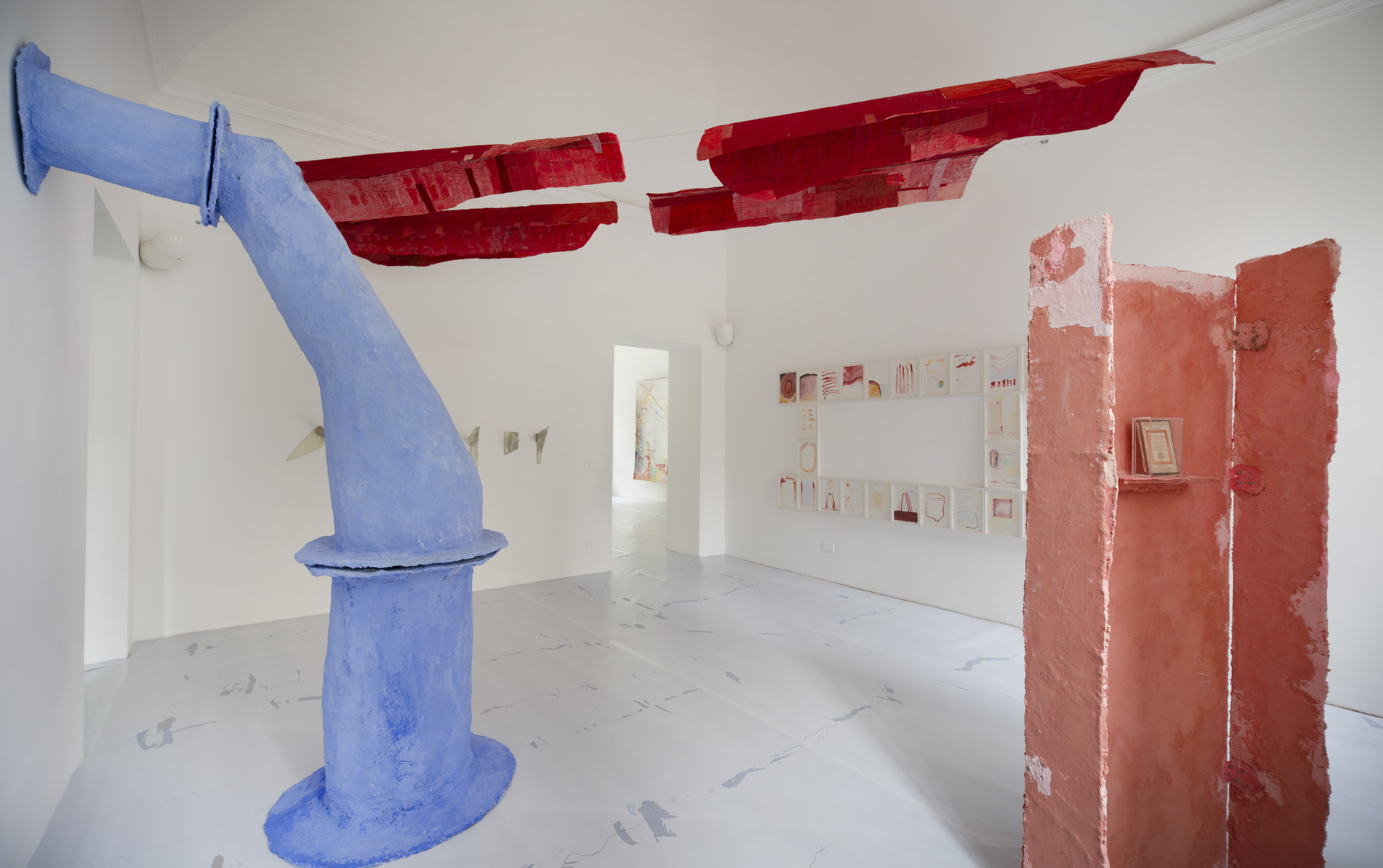
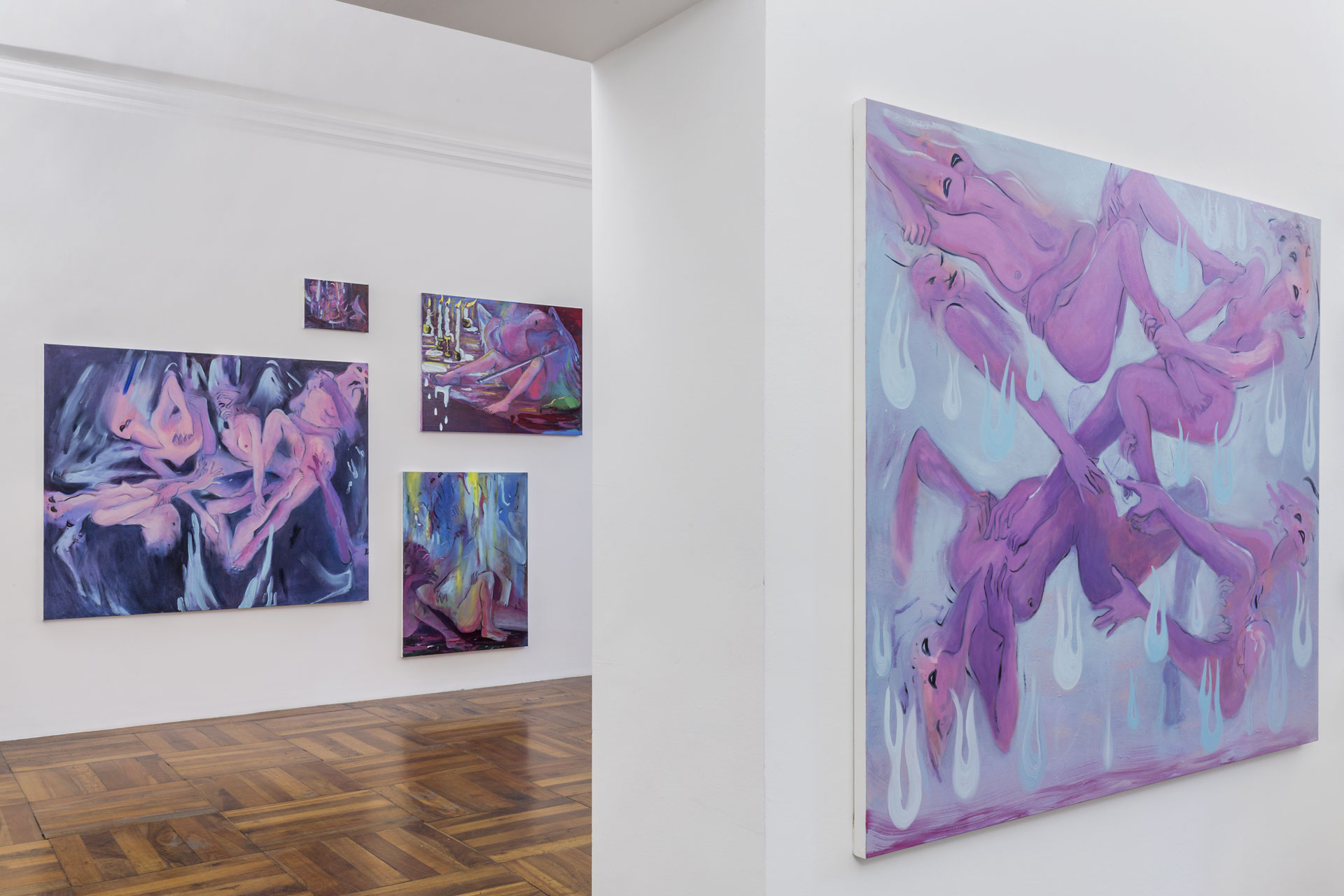
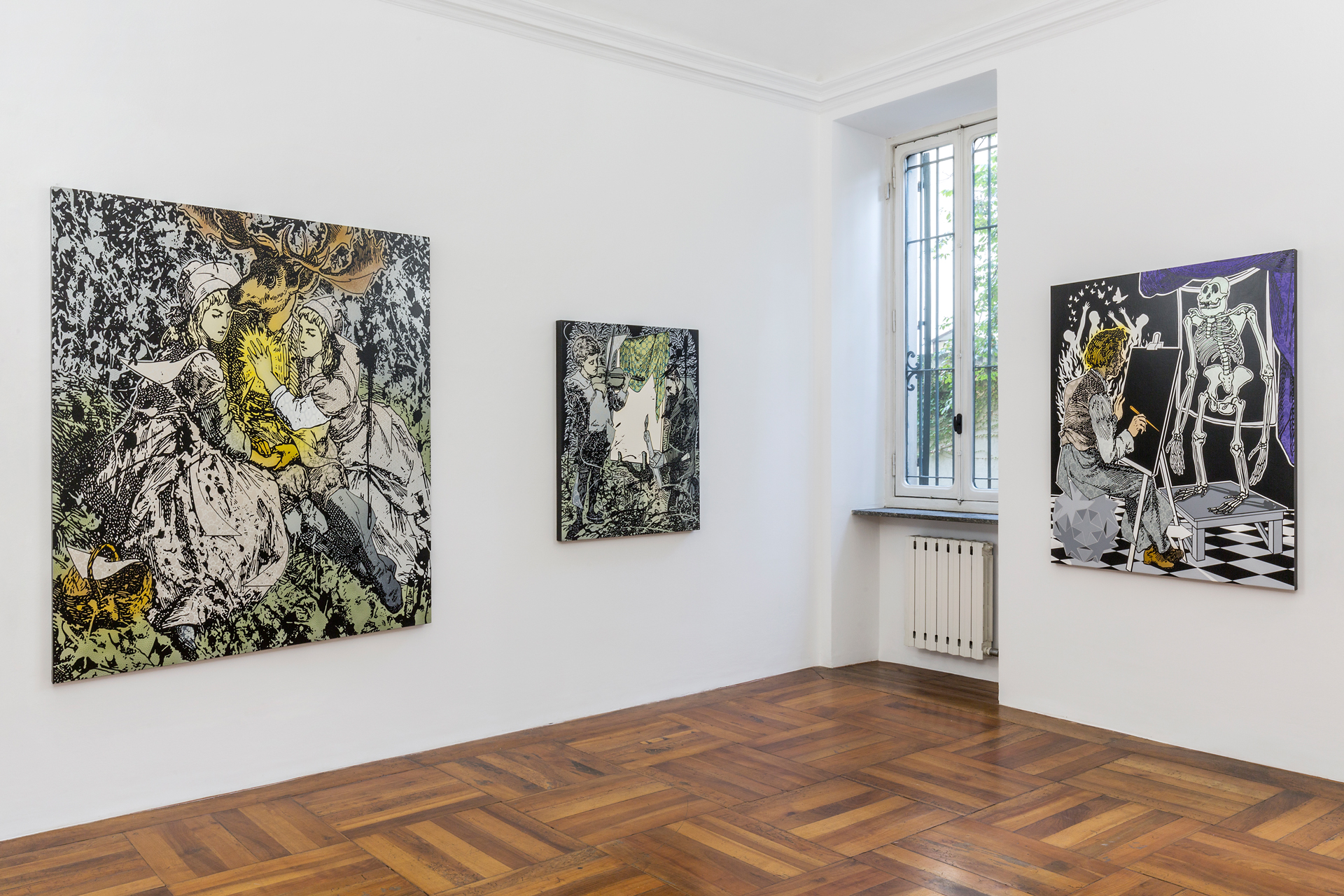
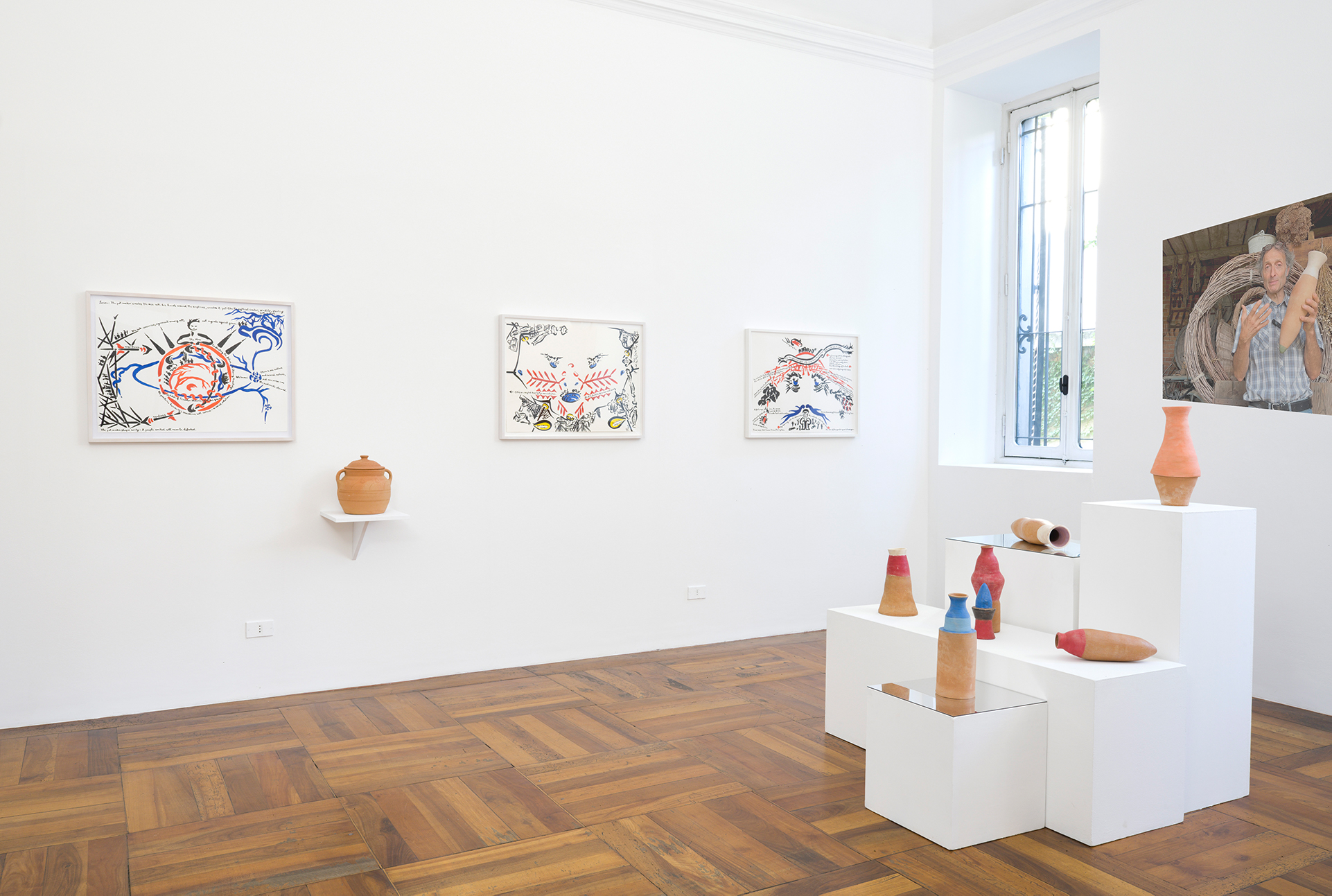
MARGUERITE KAHRL, ALESSANDRO MANFRIN, MARJETICA POTRČ, EUGENIO TIBALDI
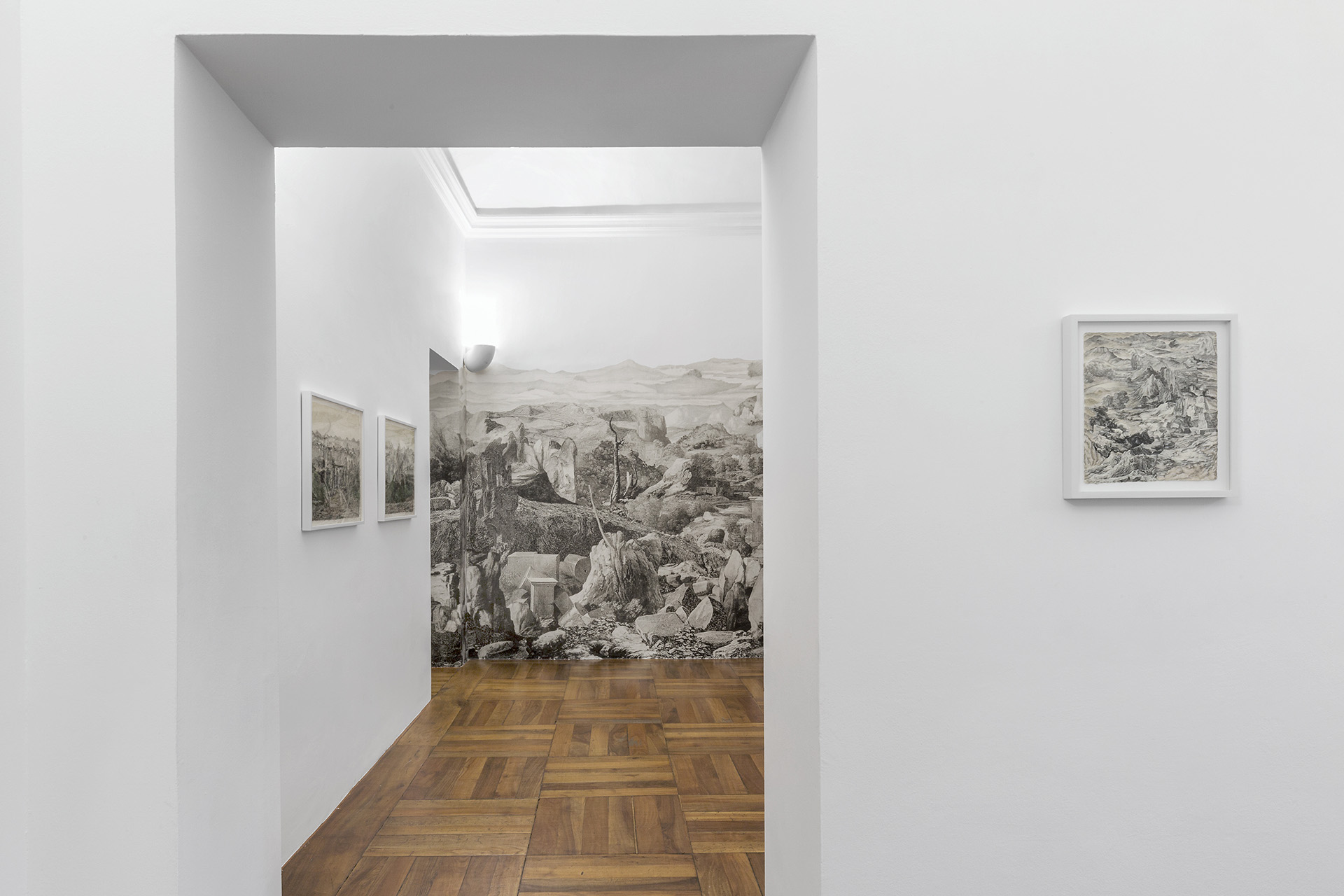
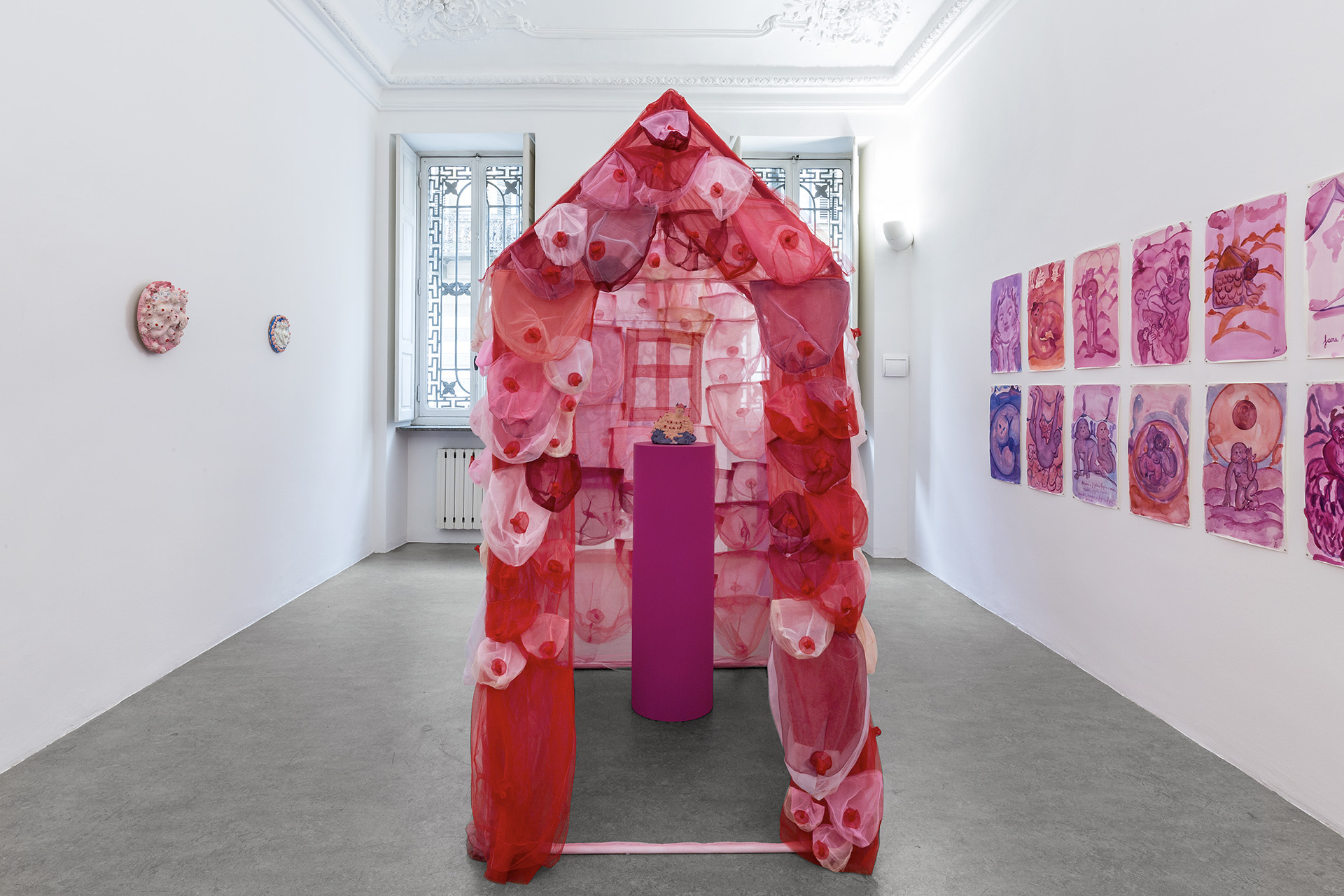
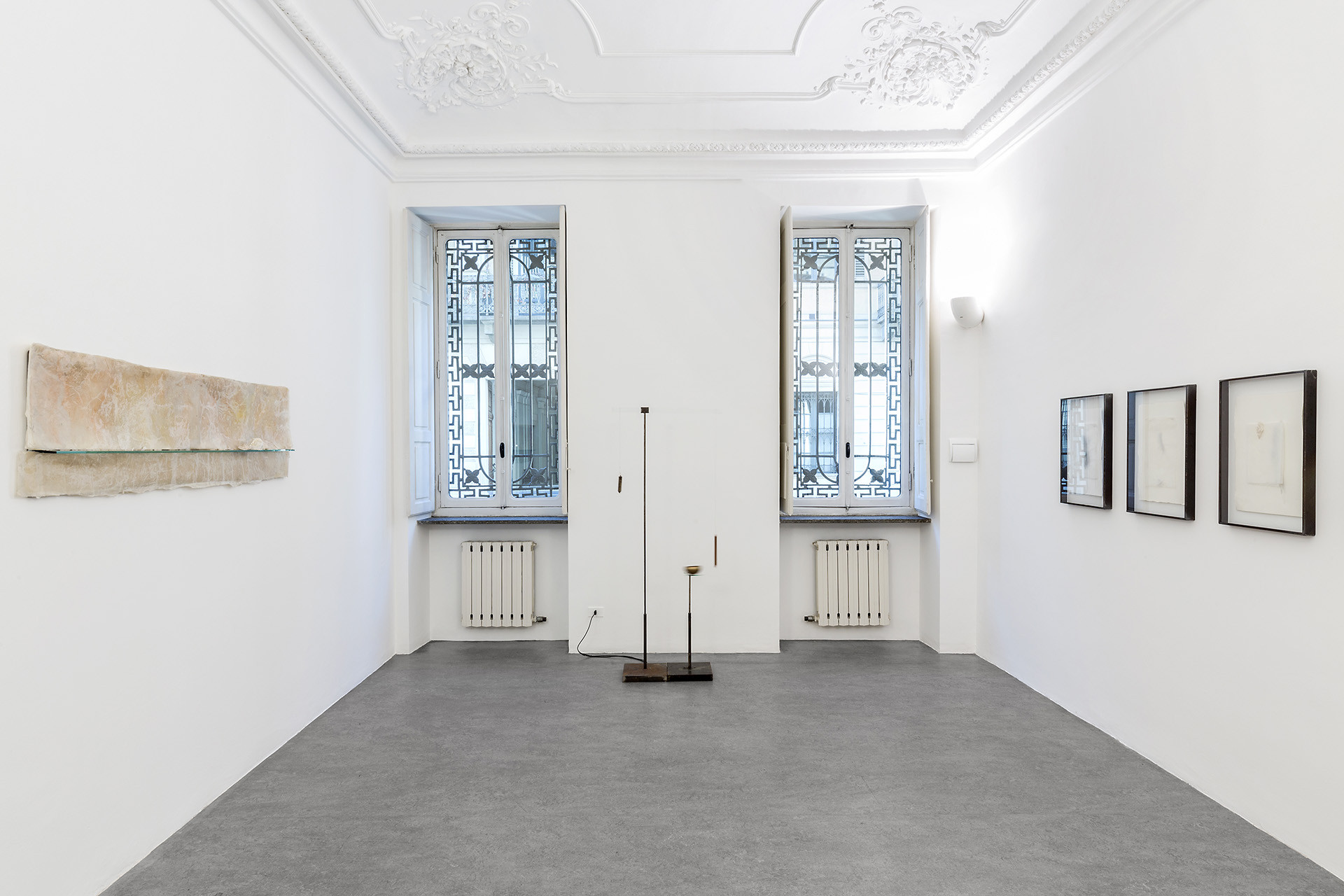

TAKASHI HOMMA, CLAUDIA LOSI, LAURA PUGNO, FLAMINIA VERONESI
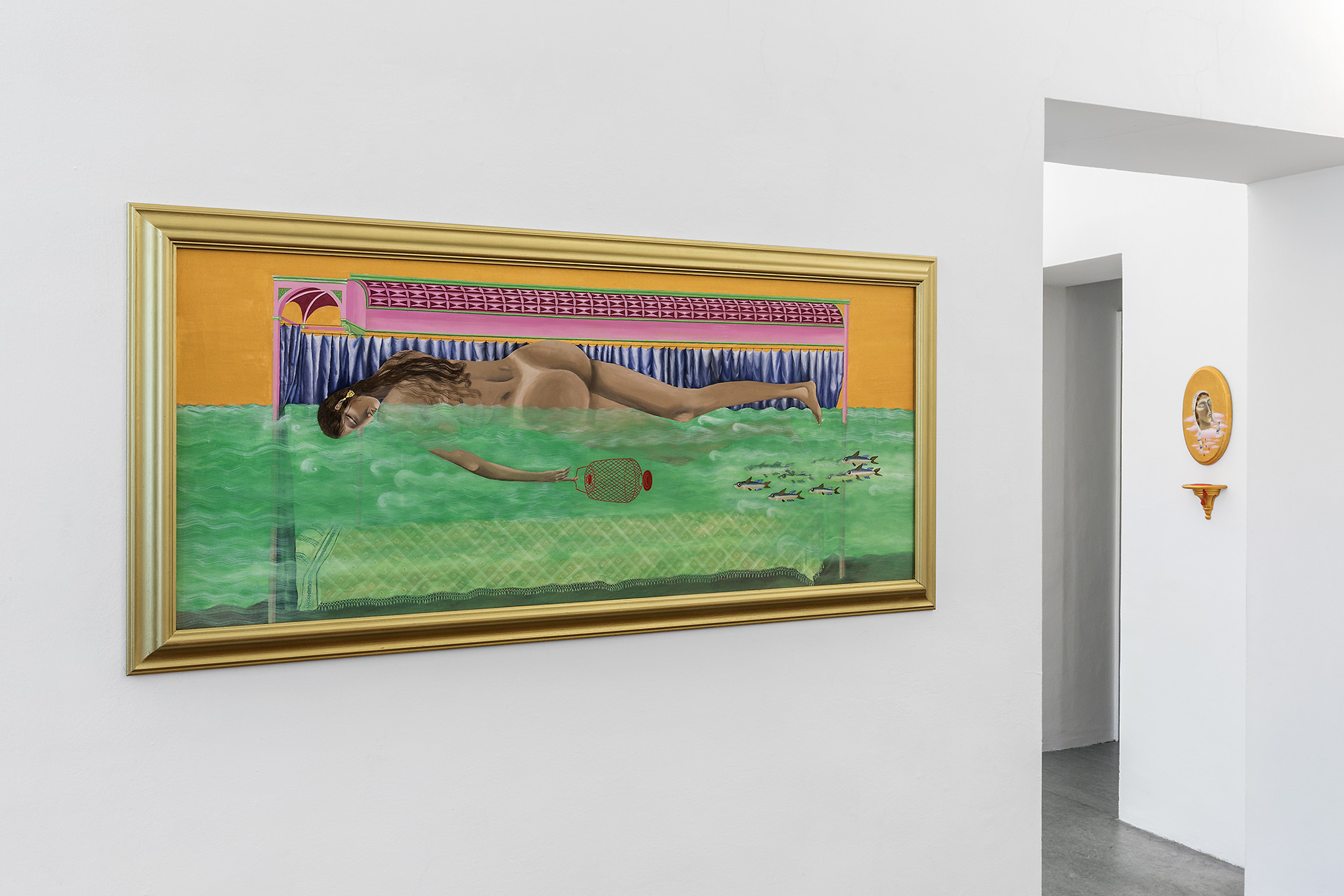
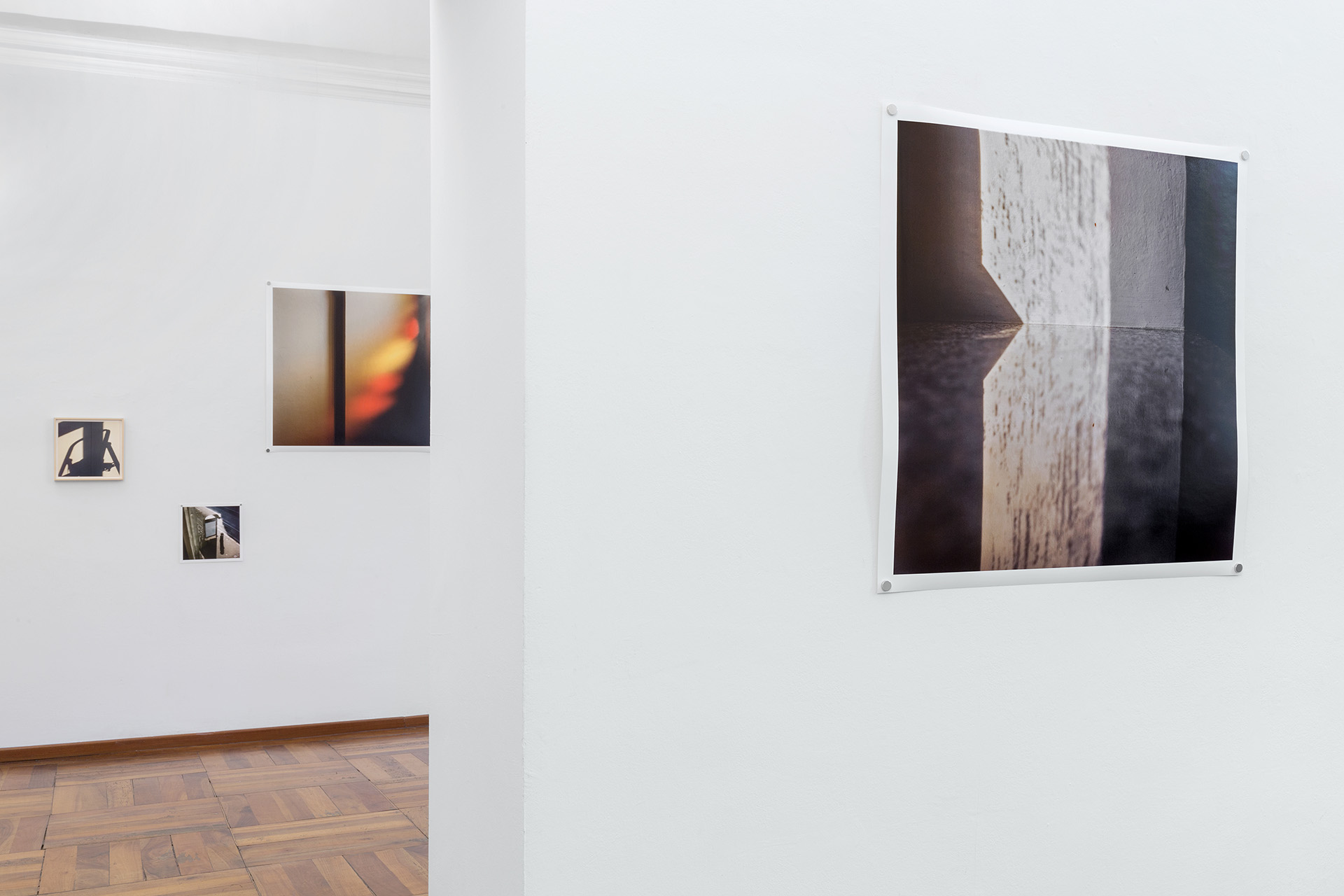
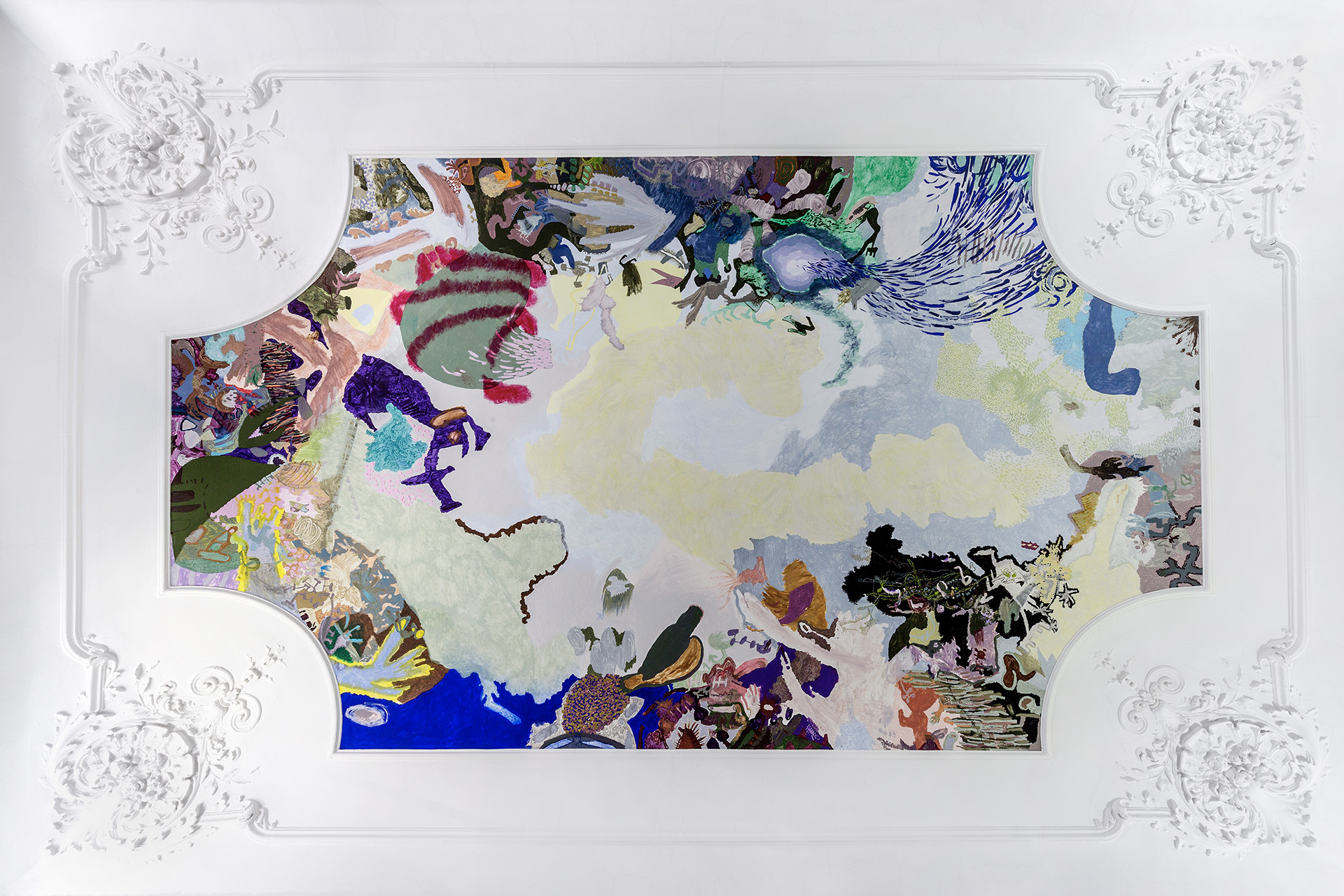
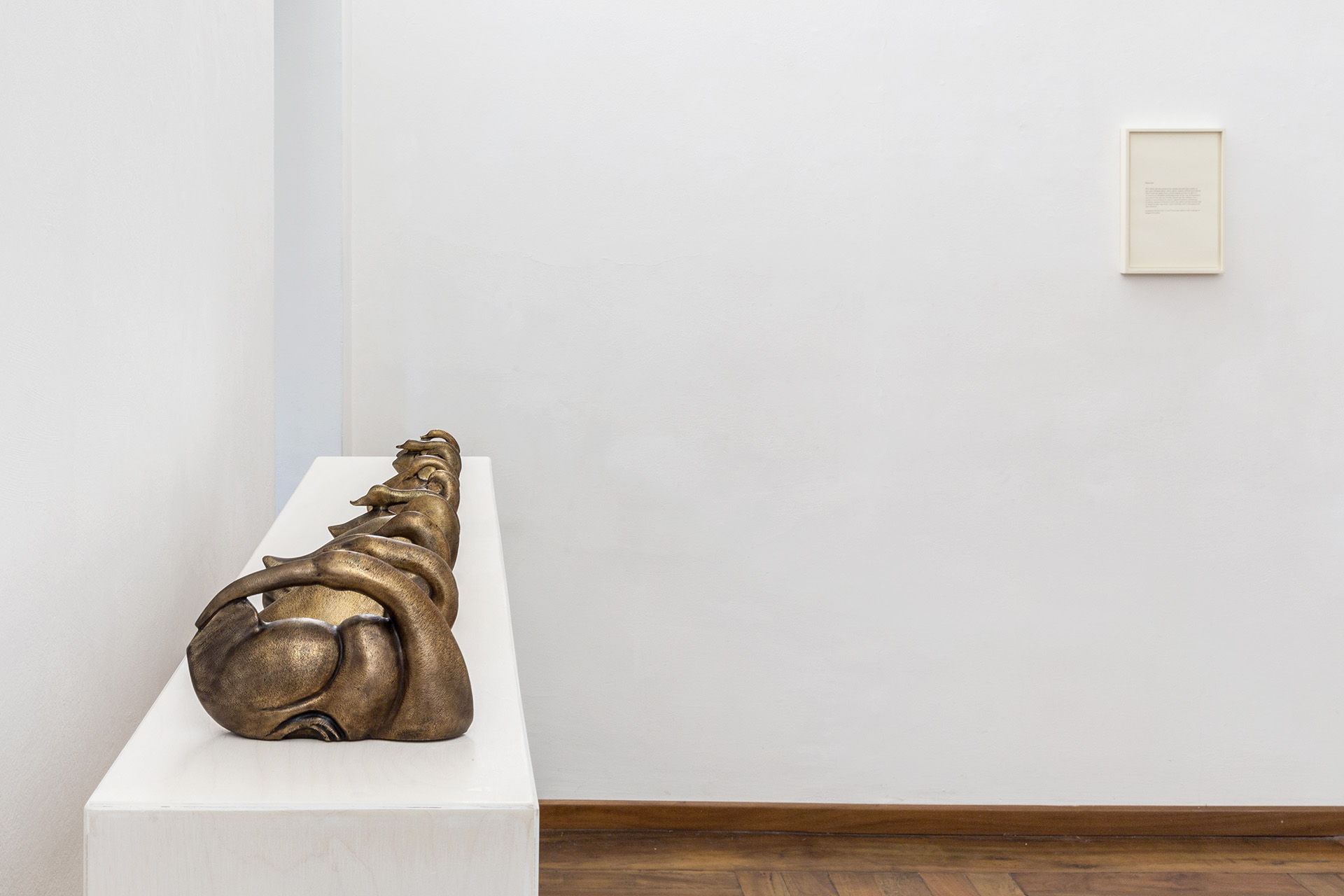
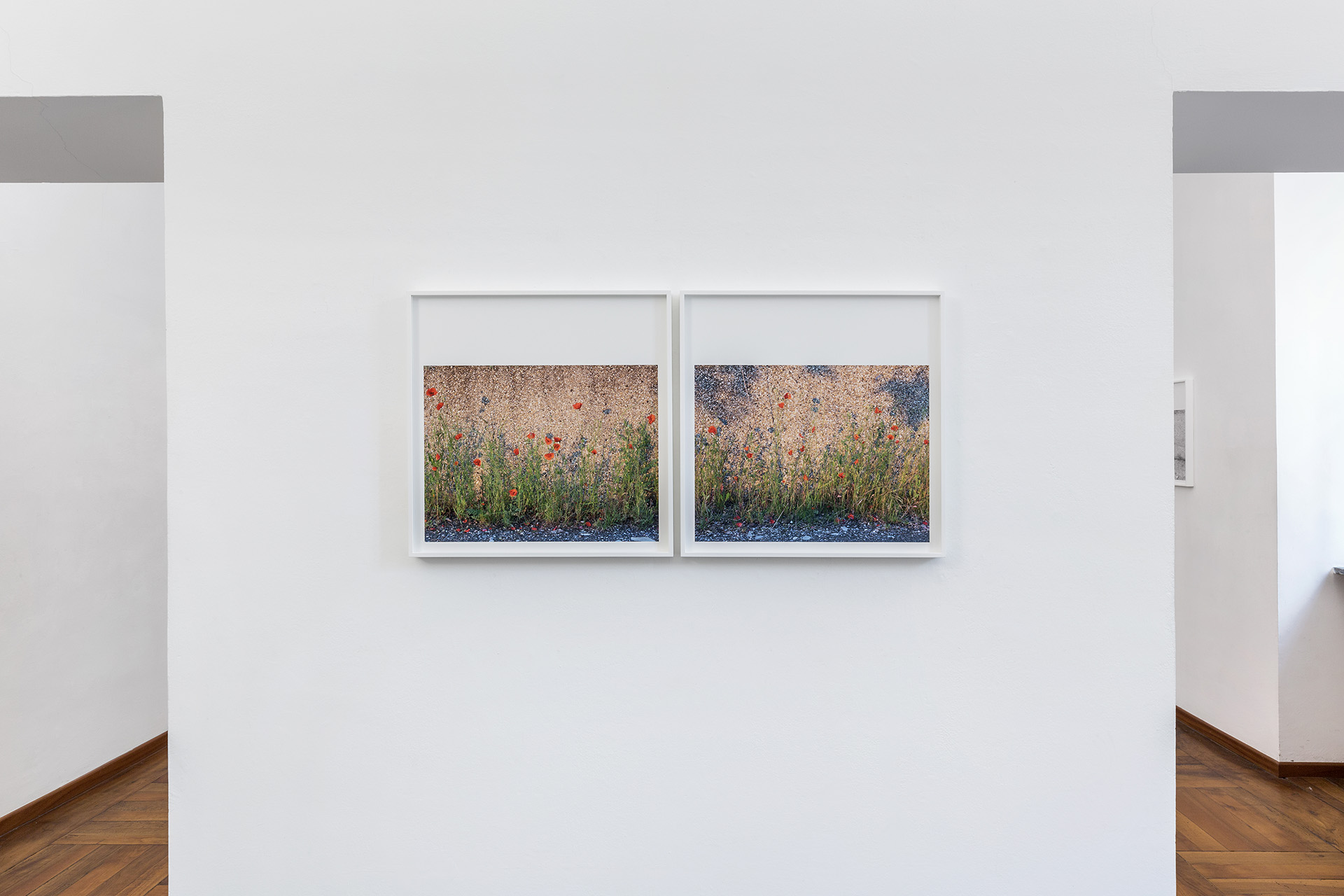
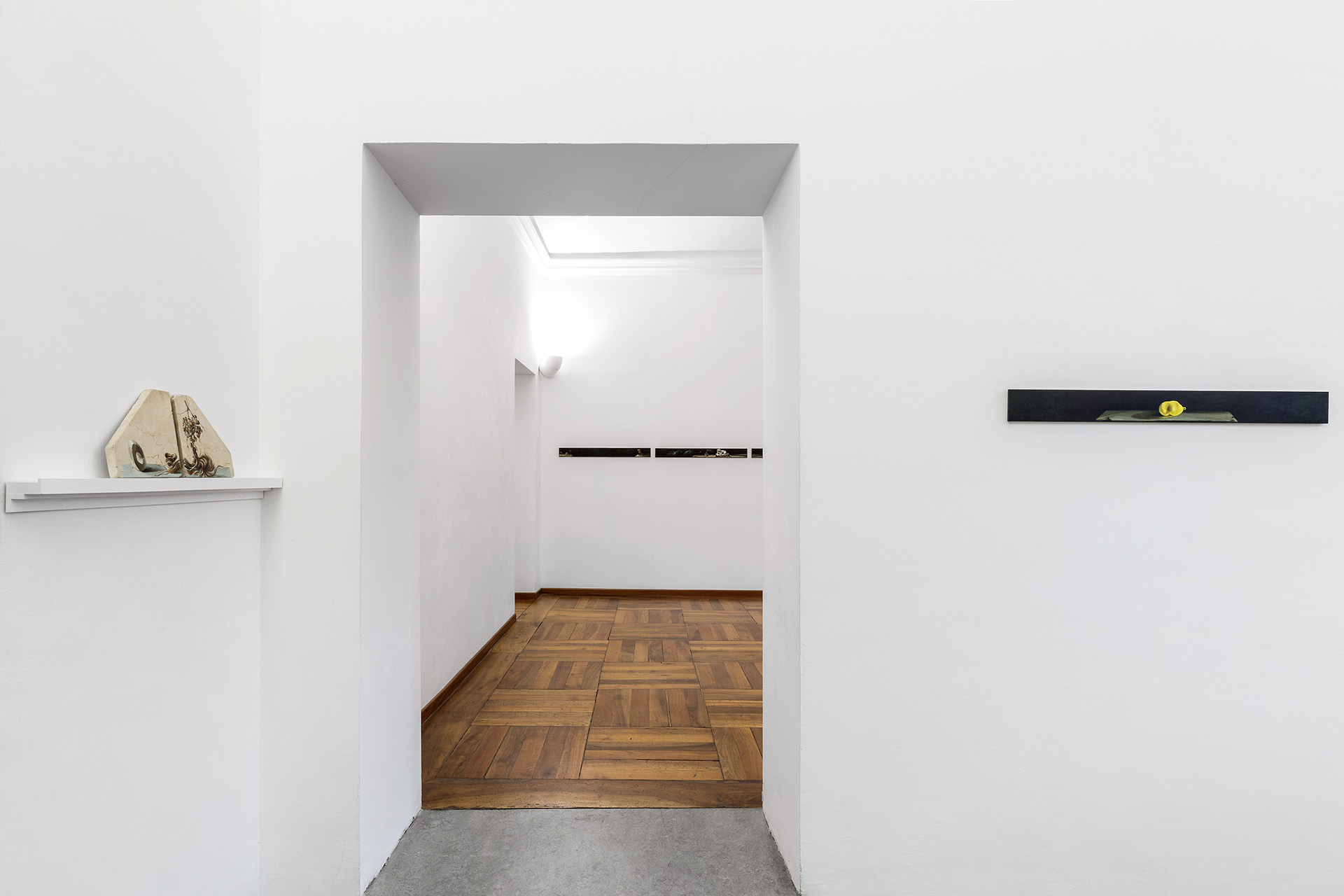
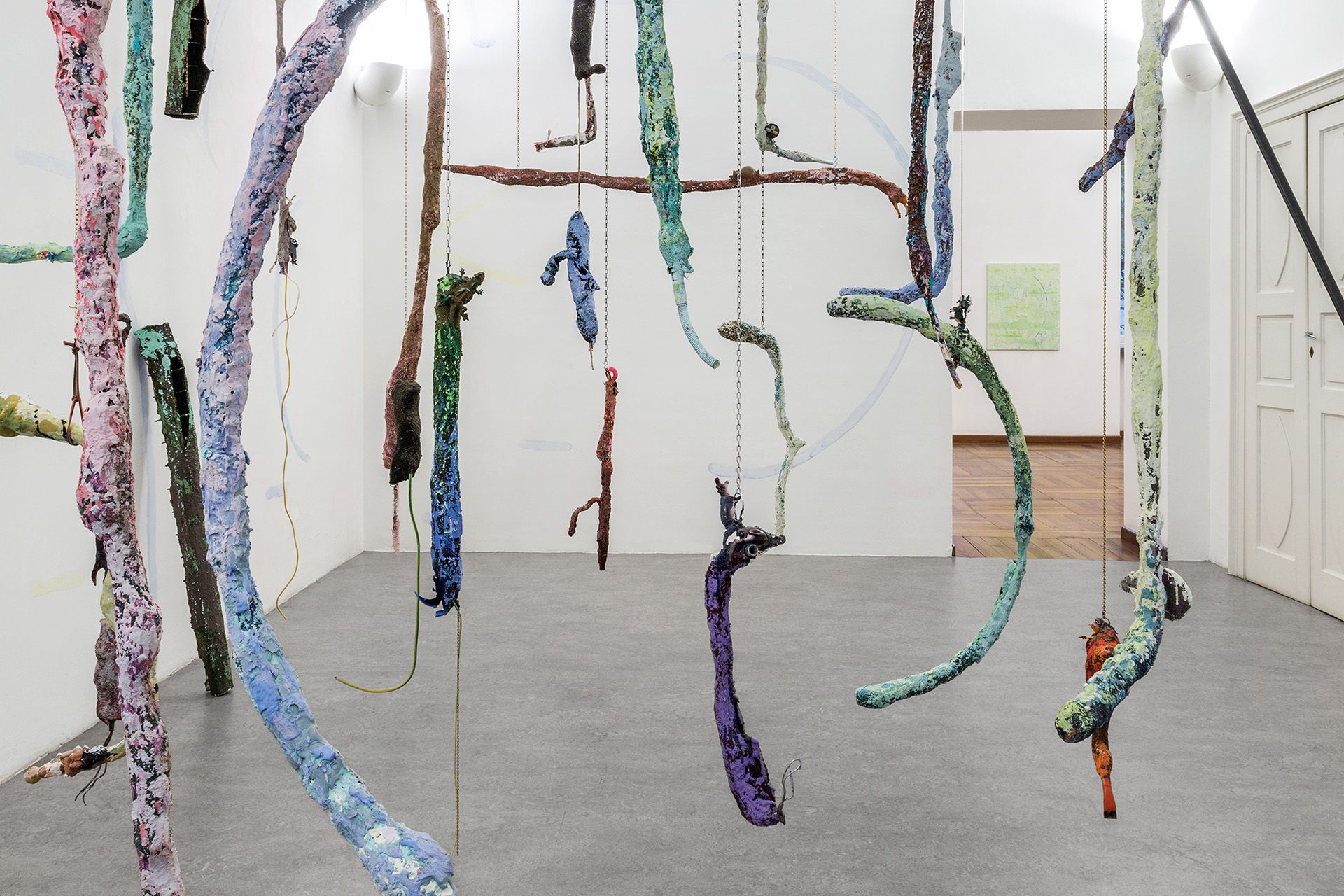
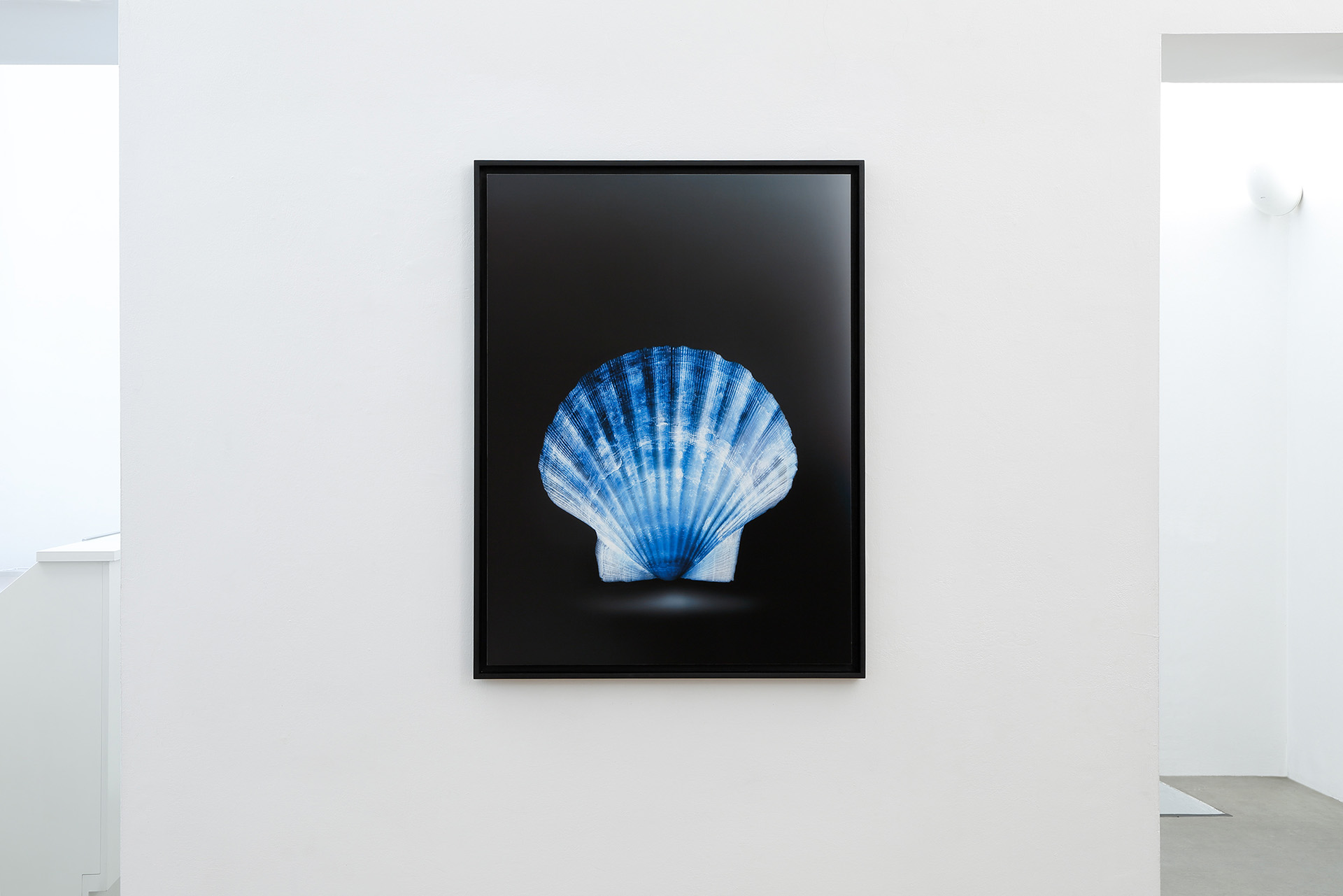
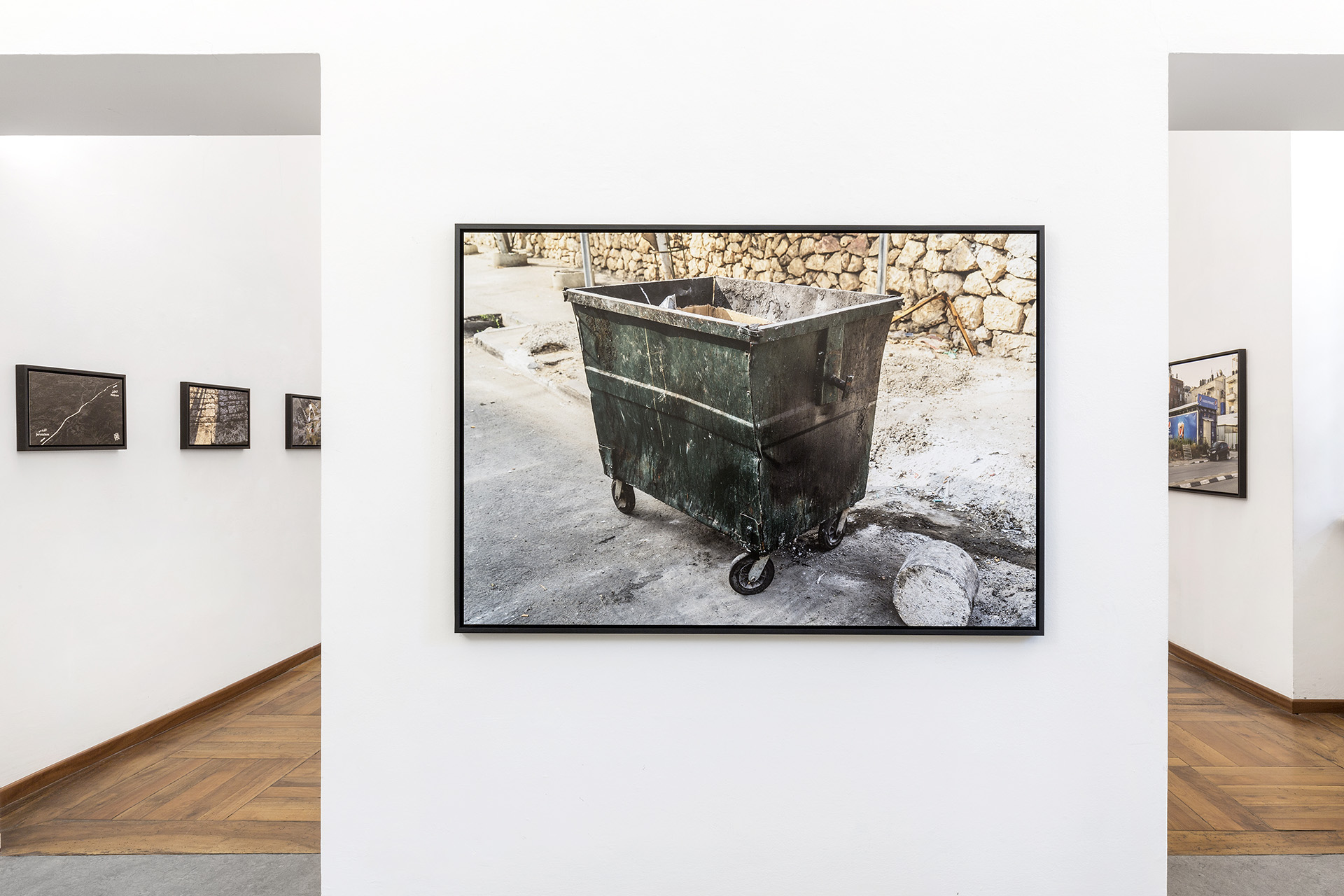
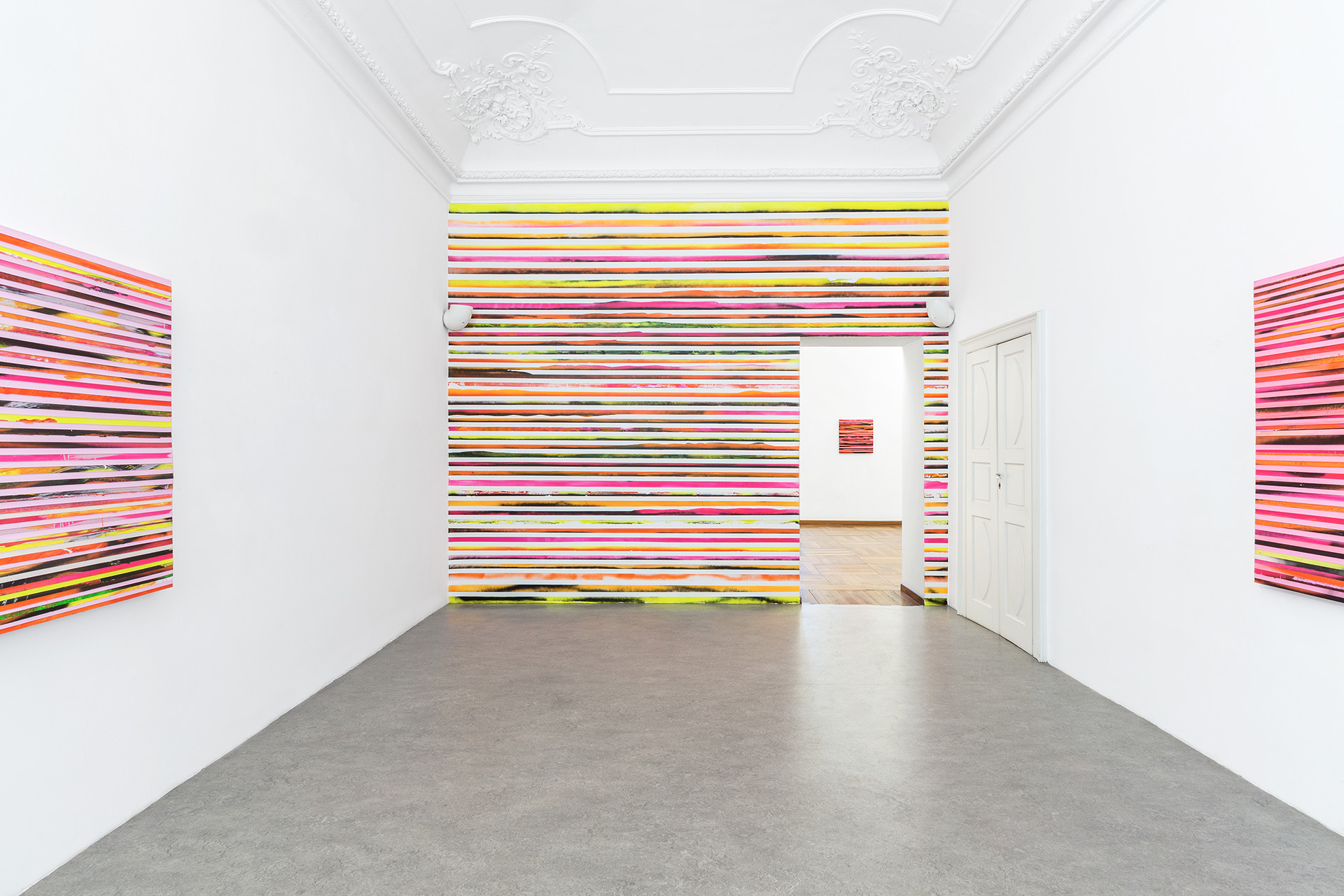
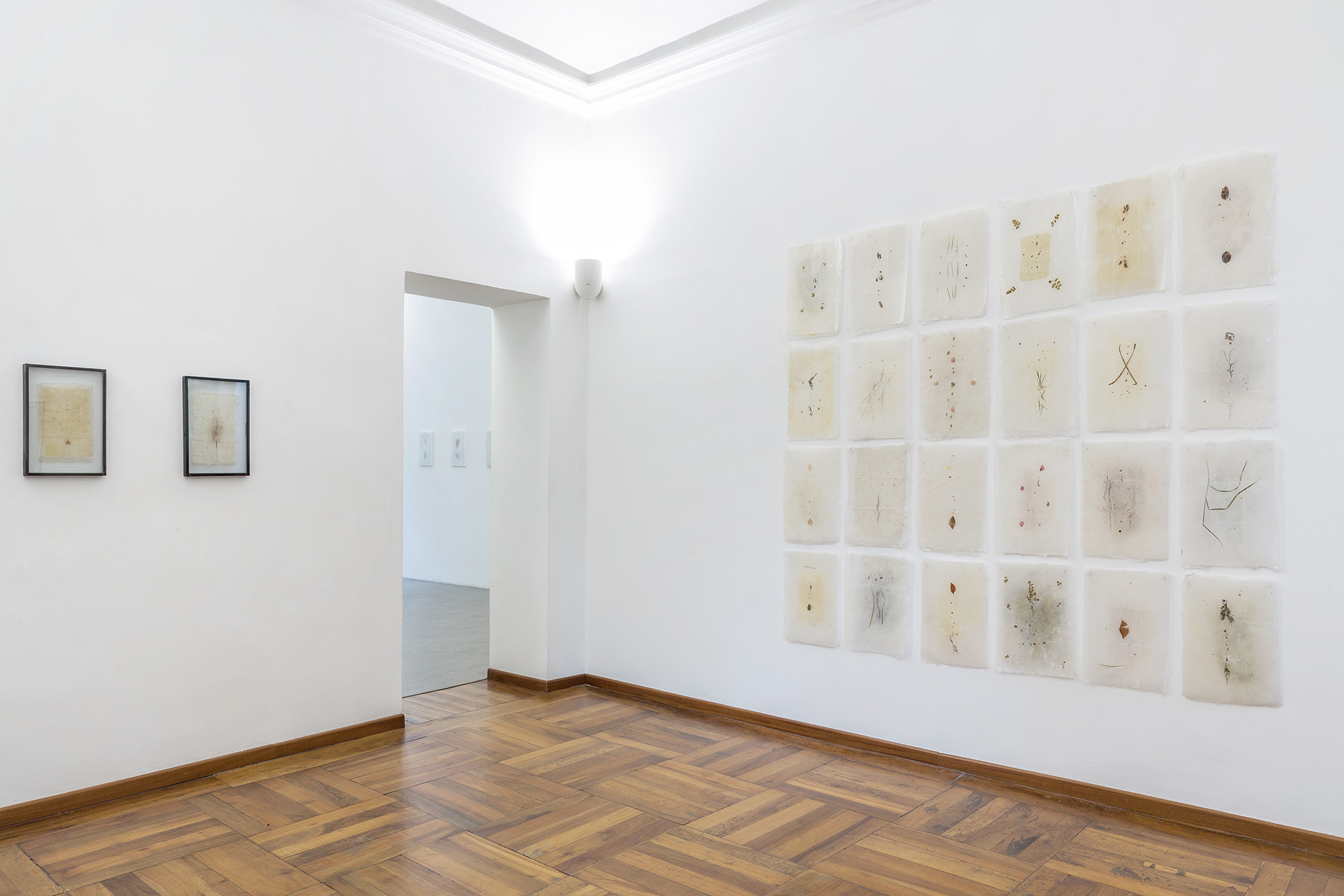
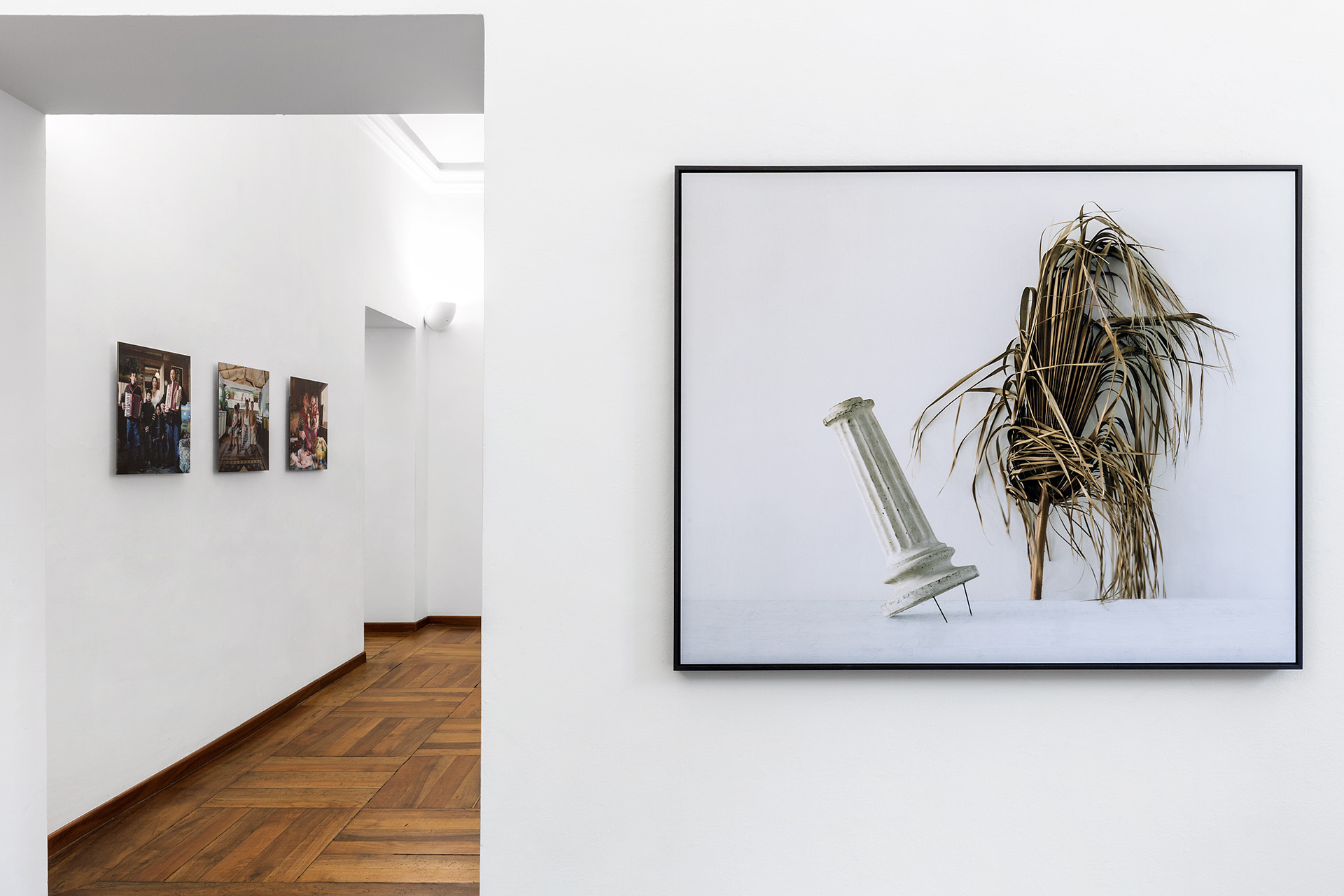
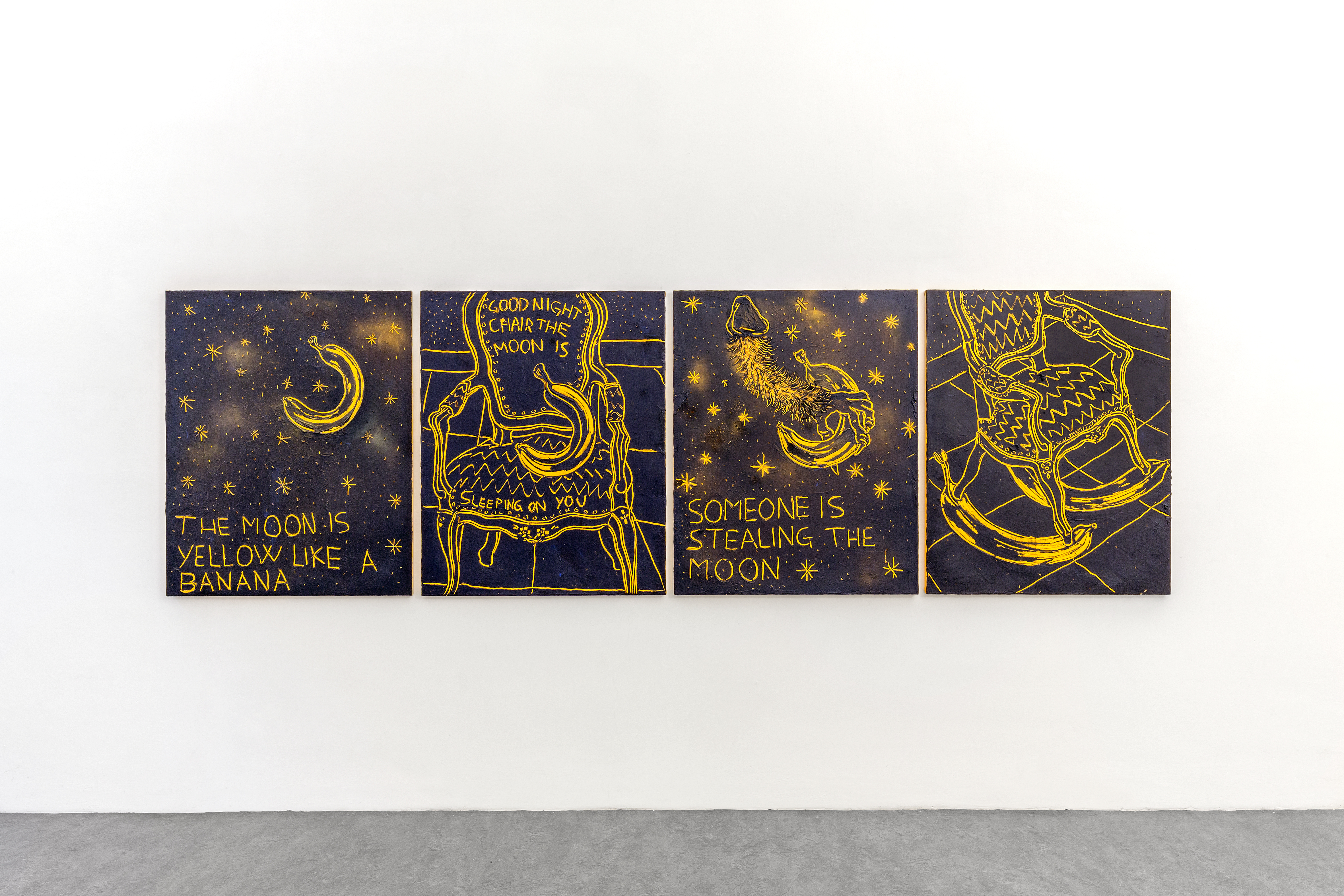
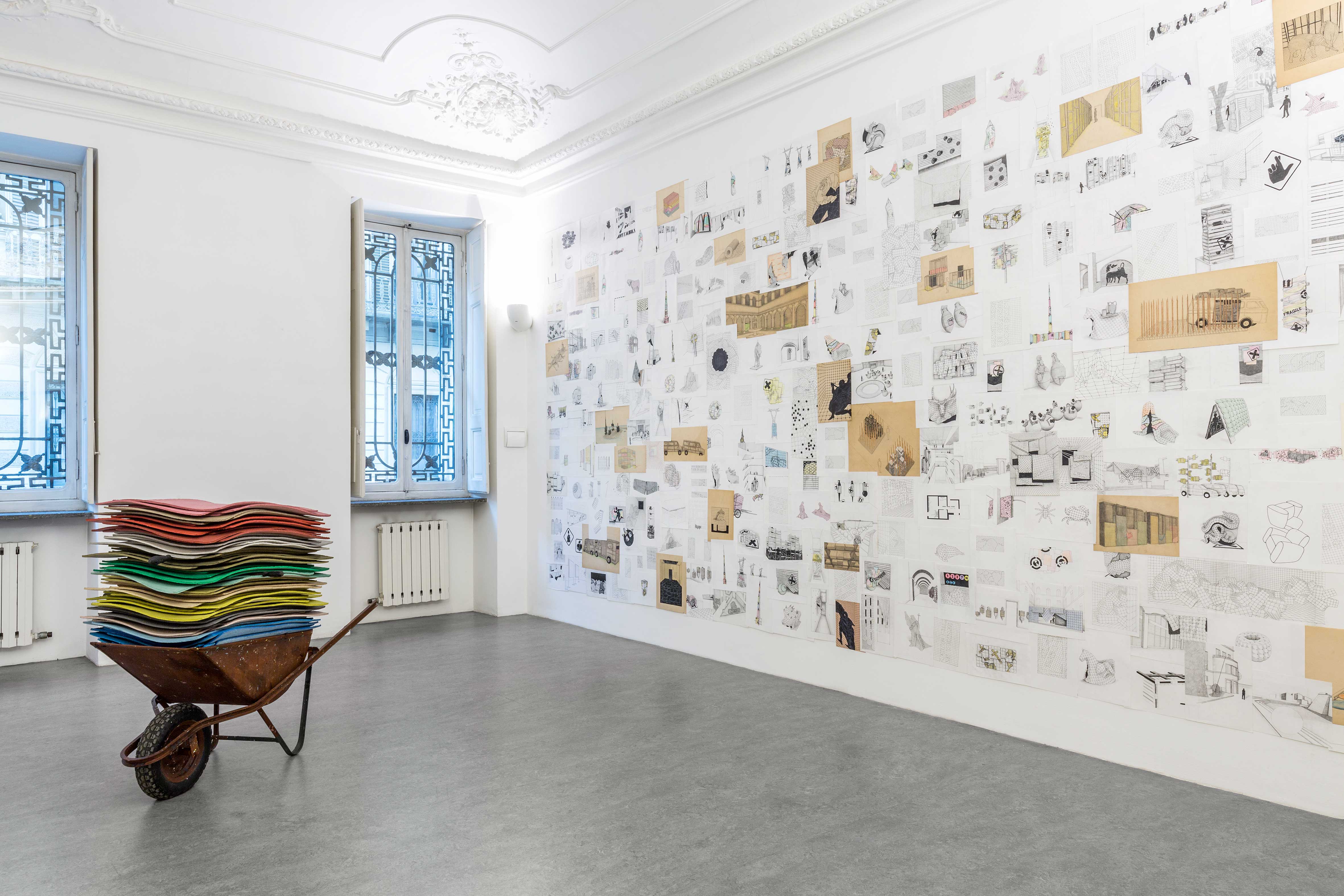
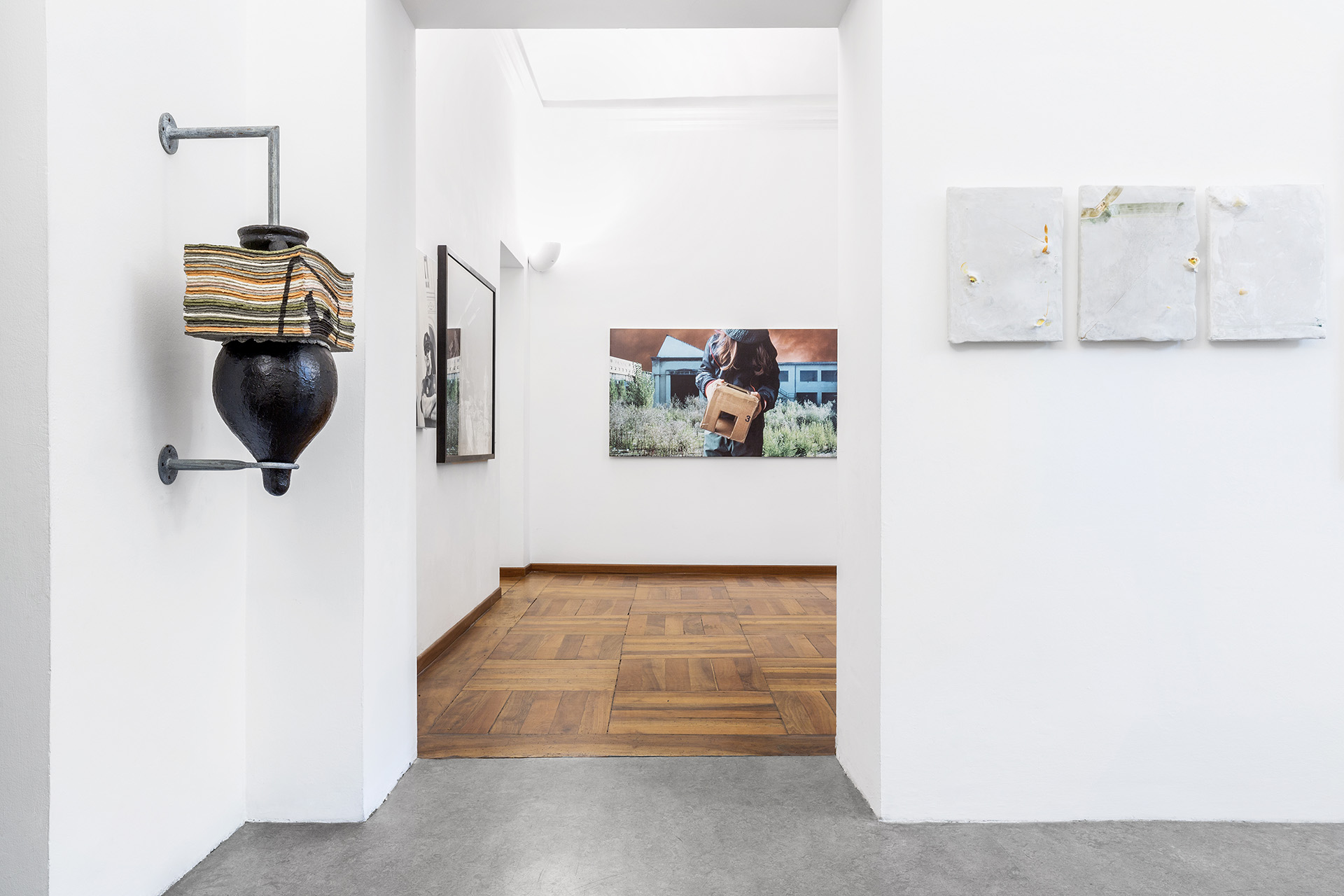
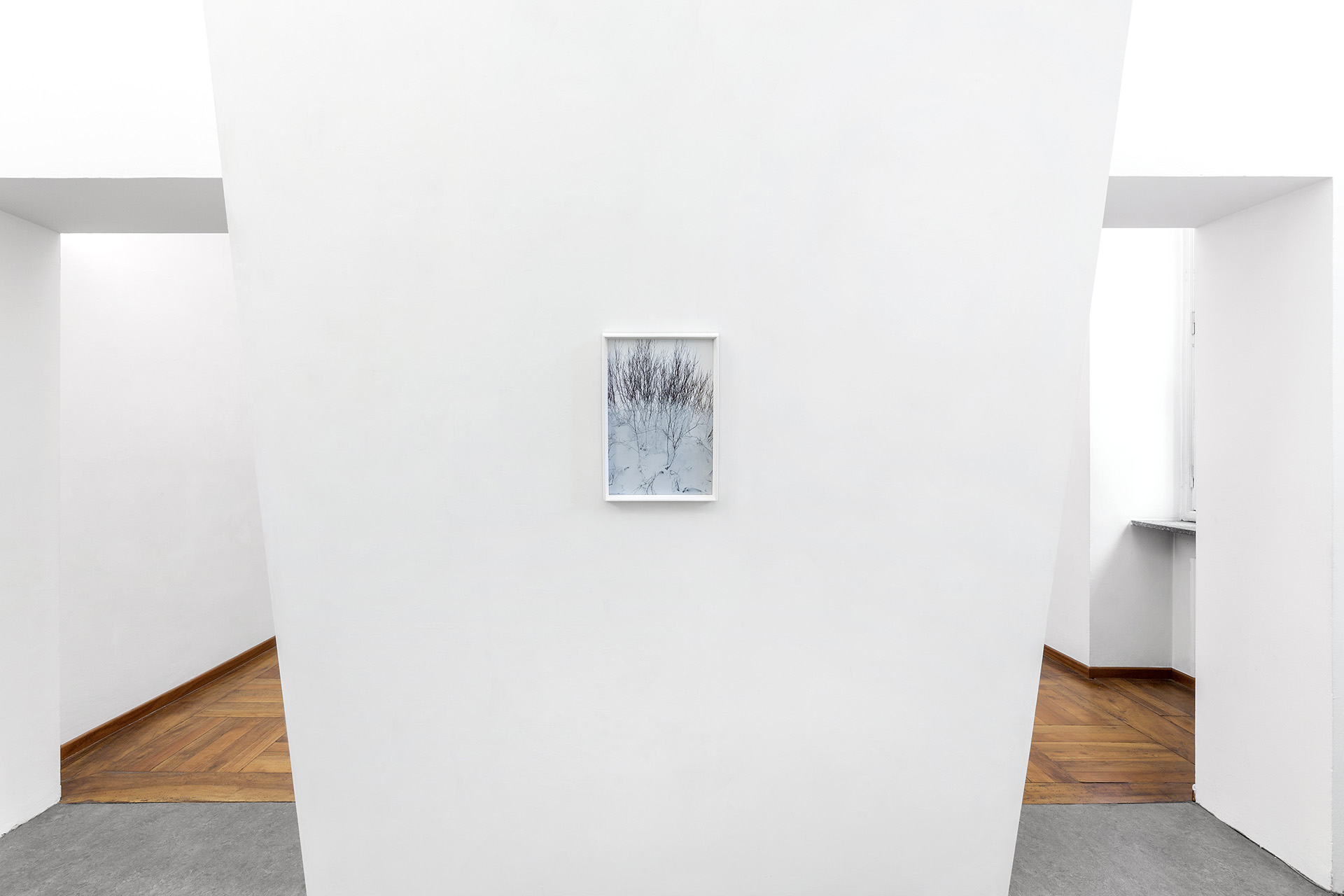
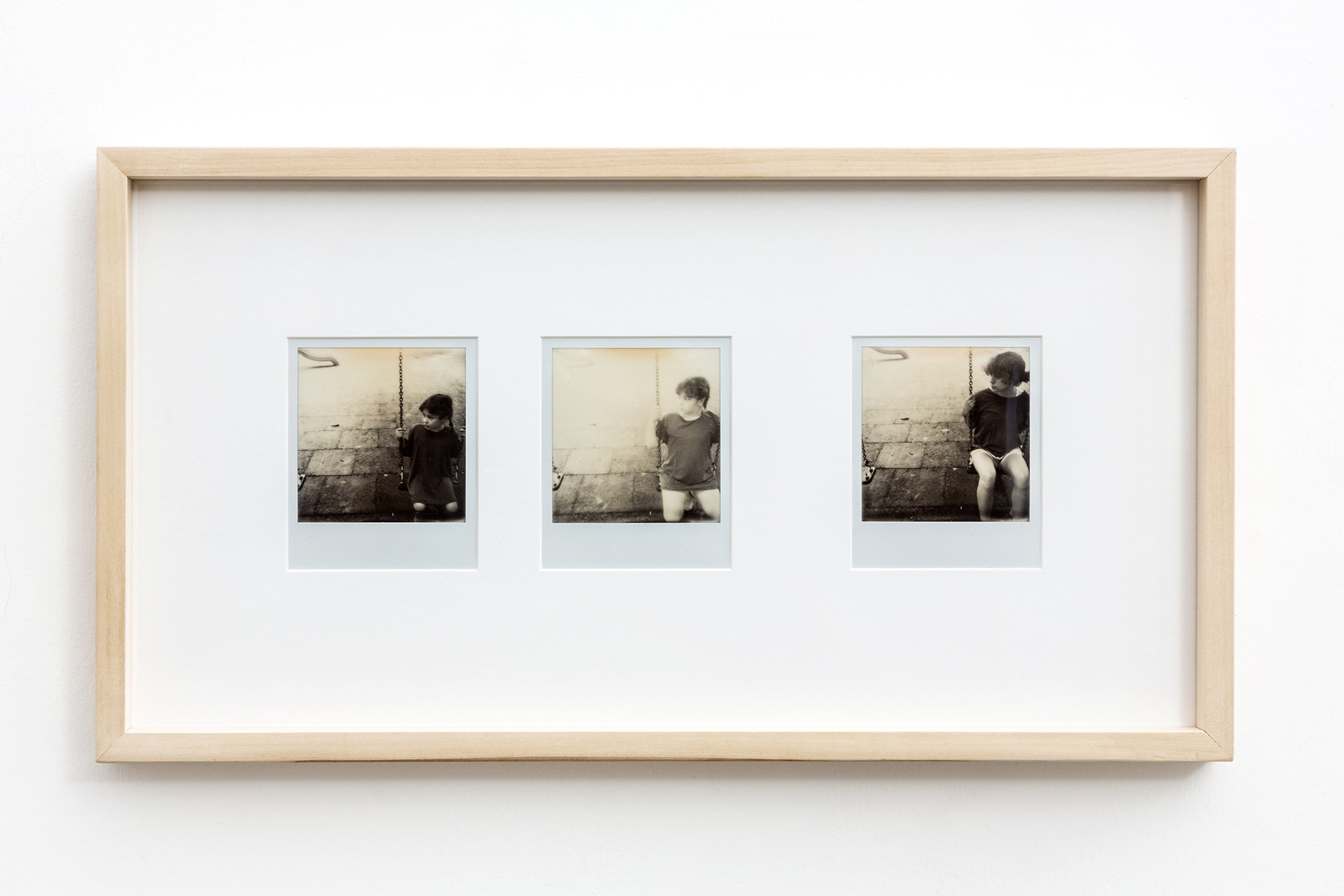
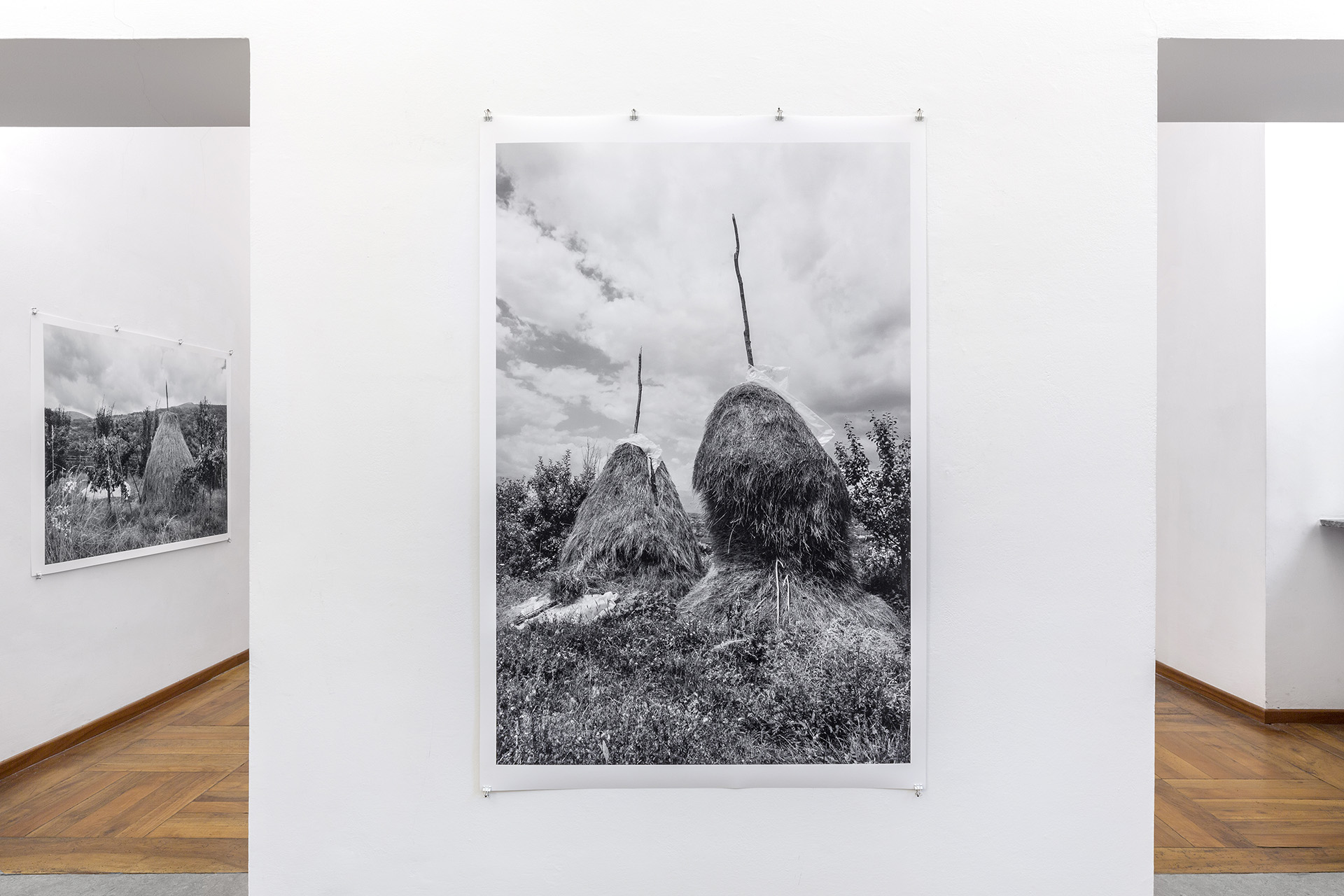
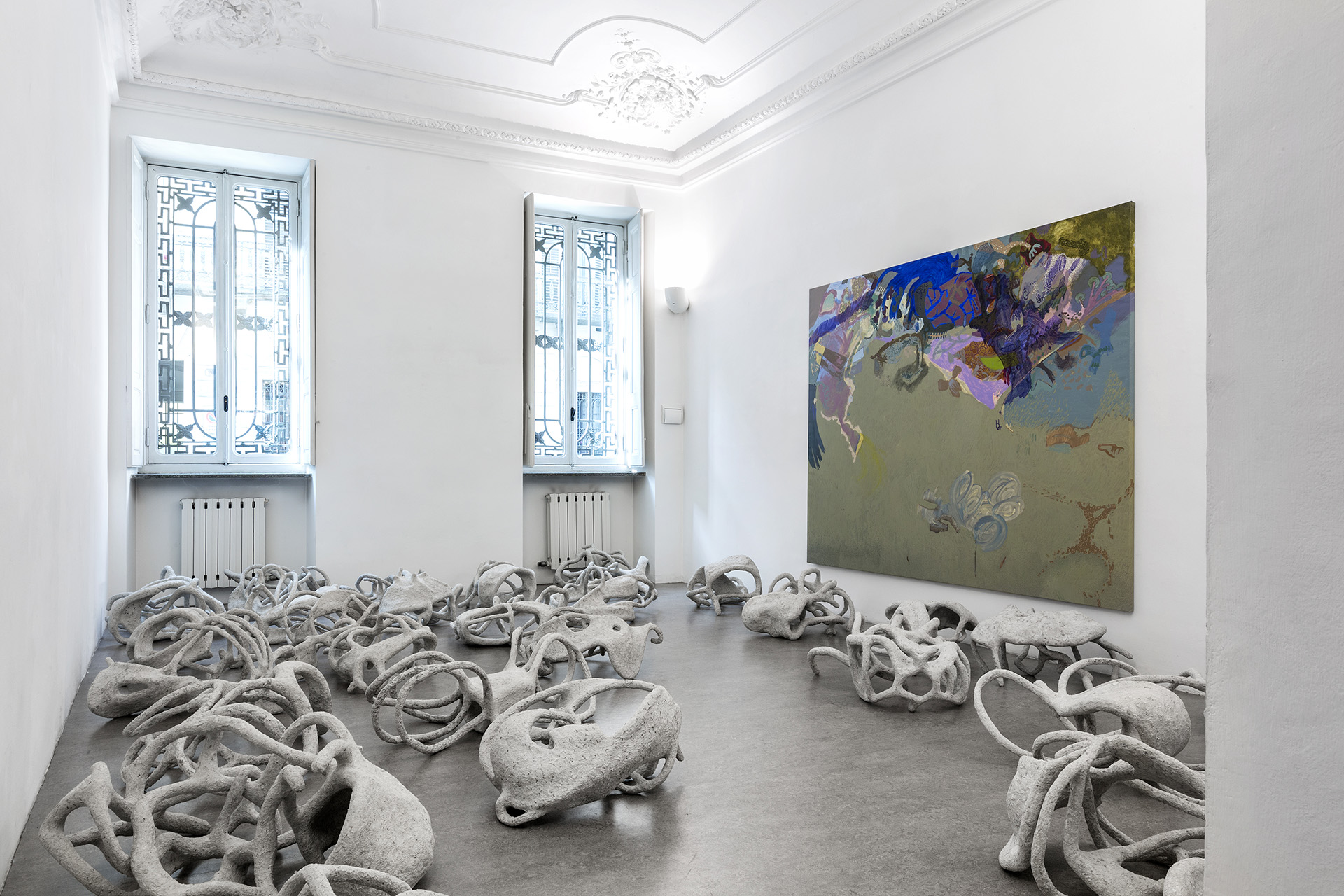
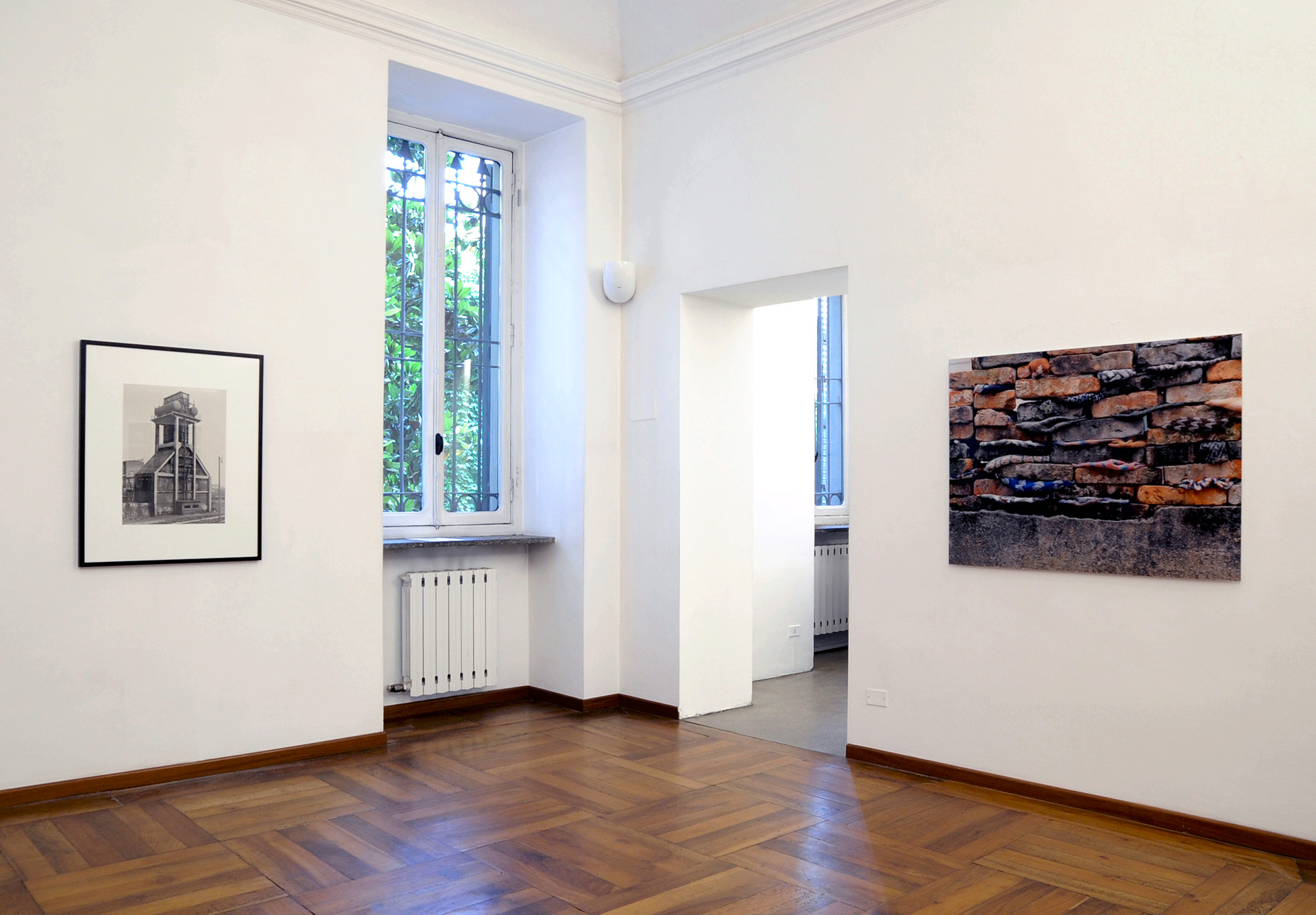

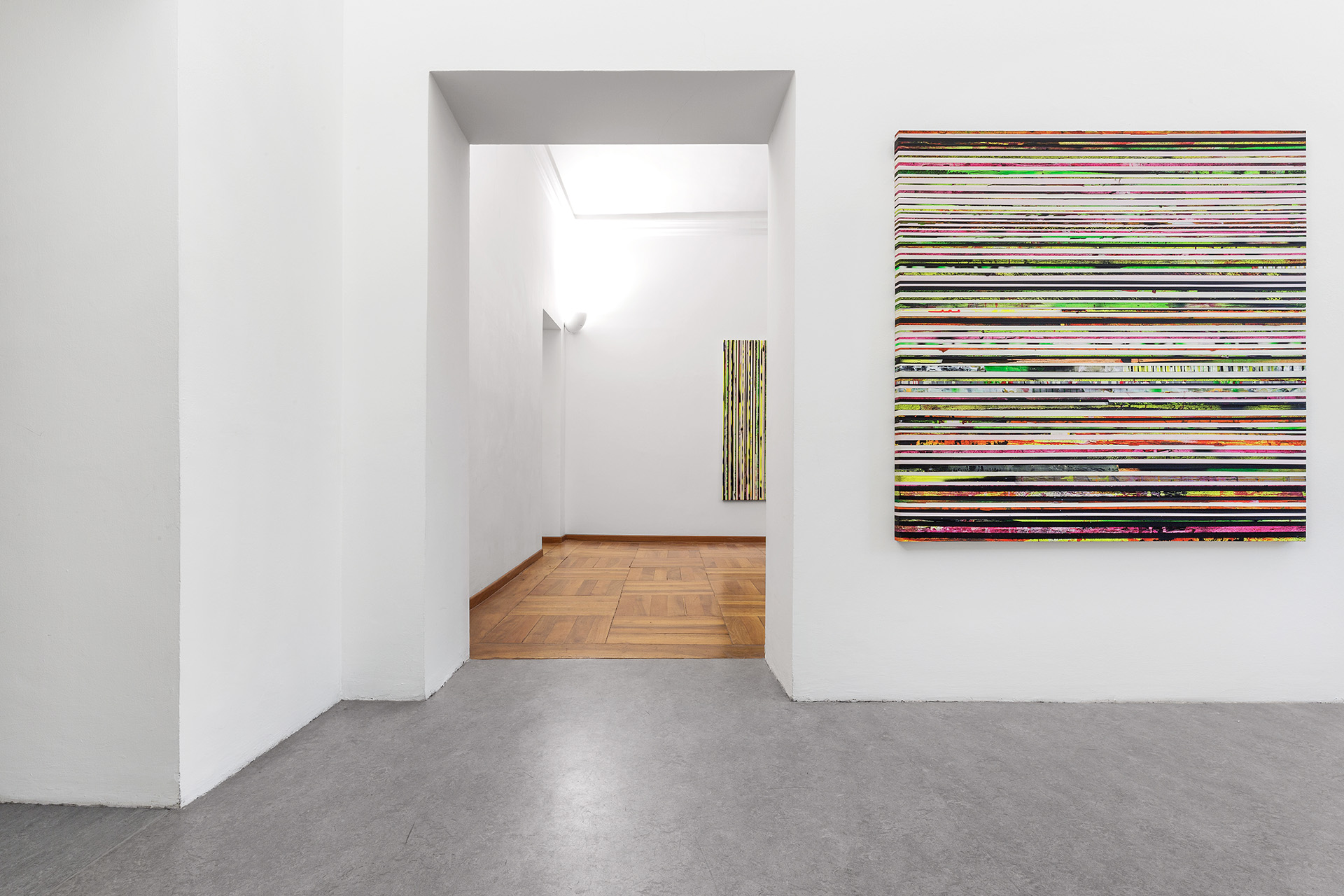

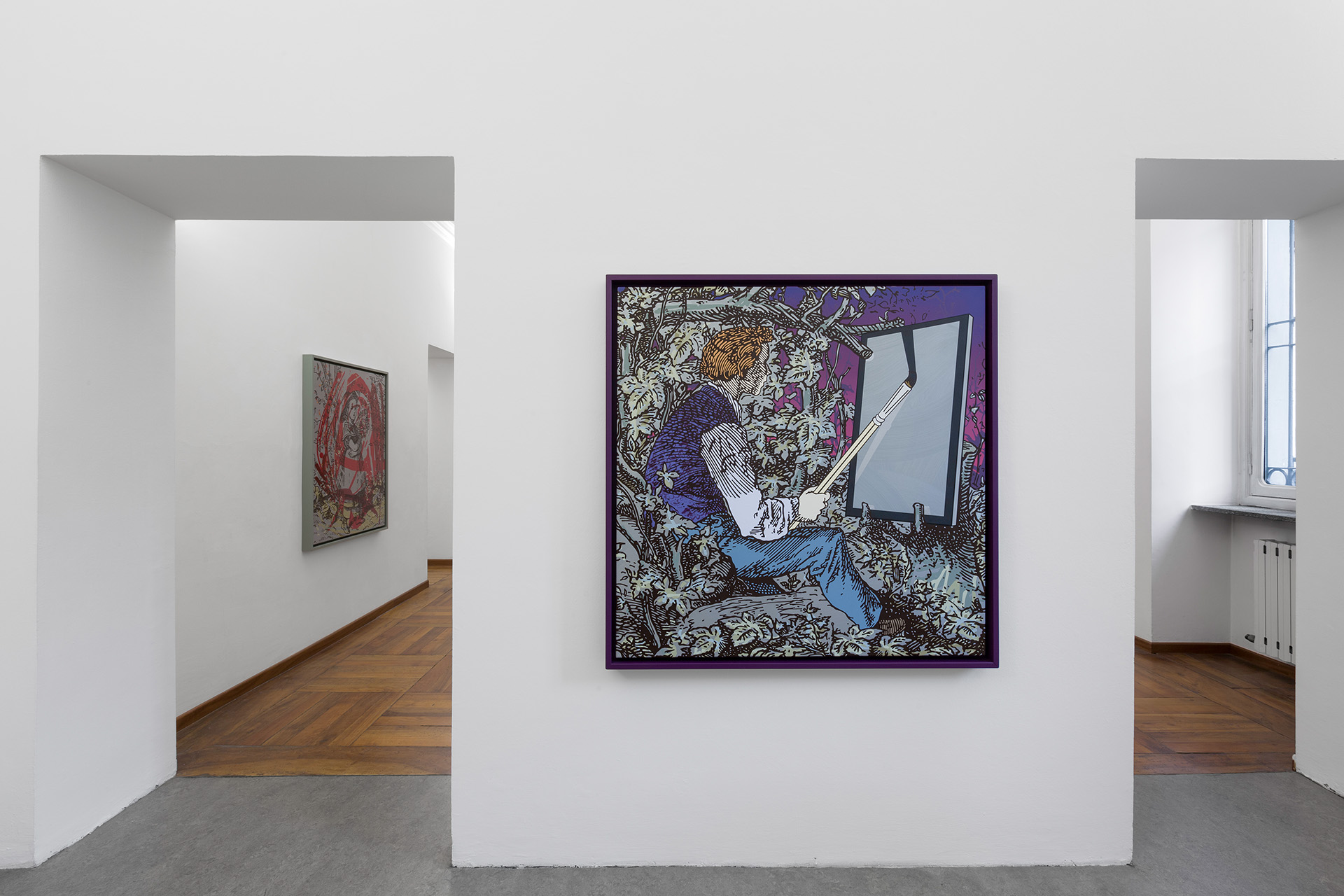
Text by Marco Enrico Giacomelli

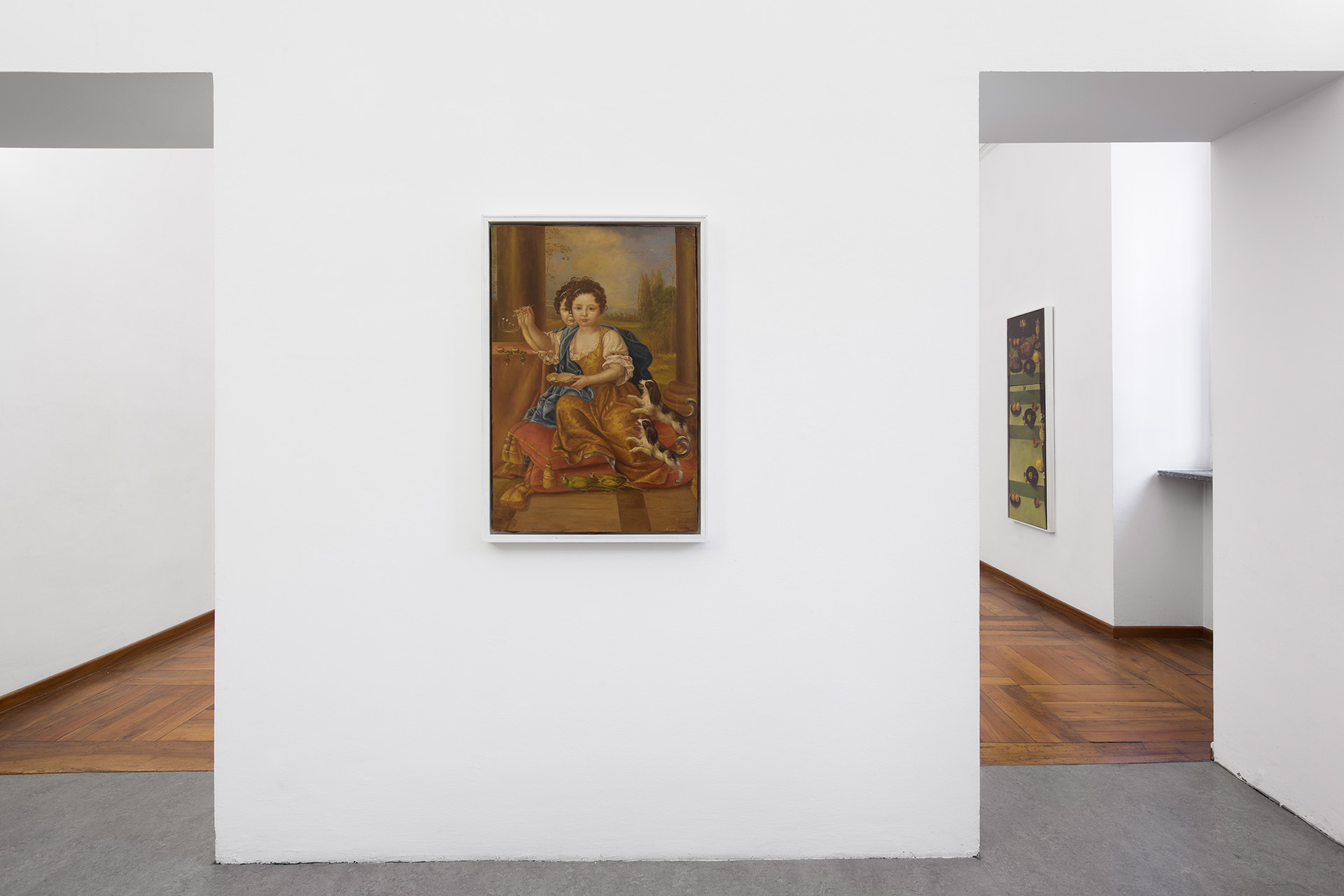
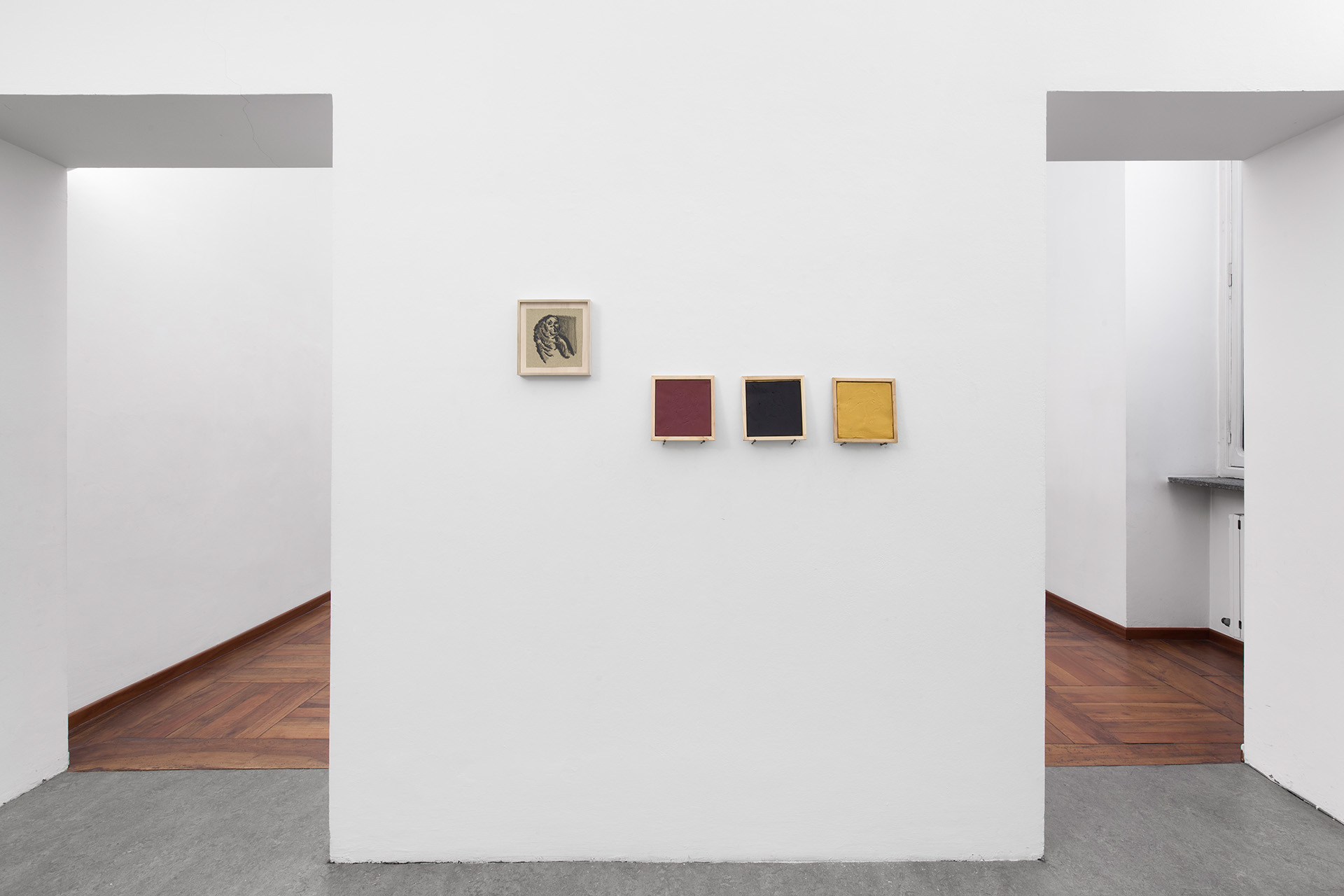
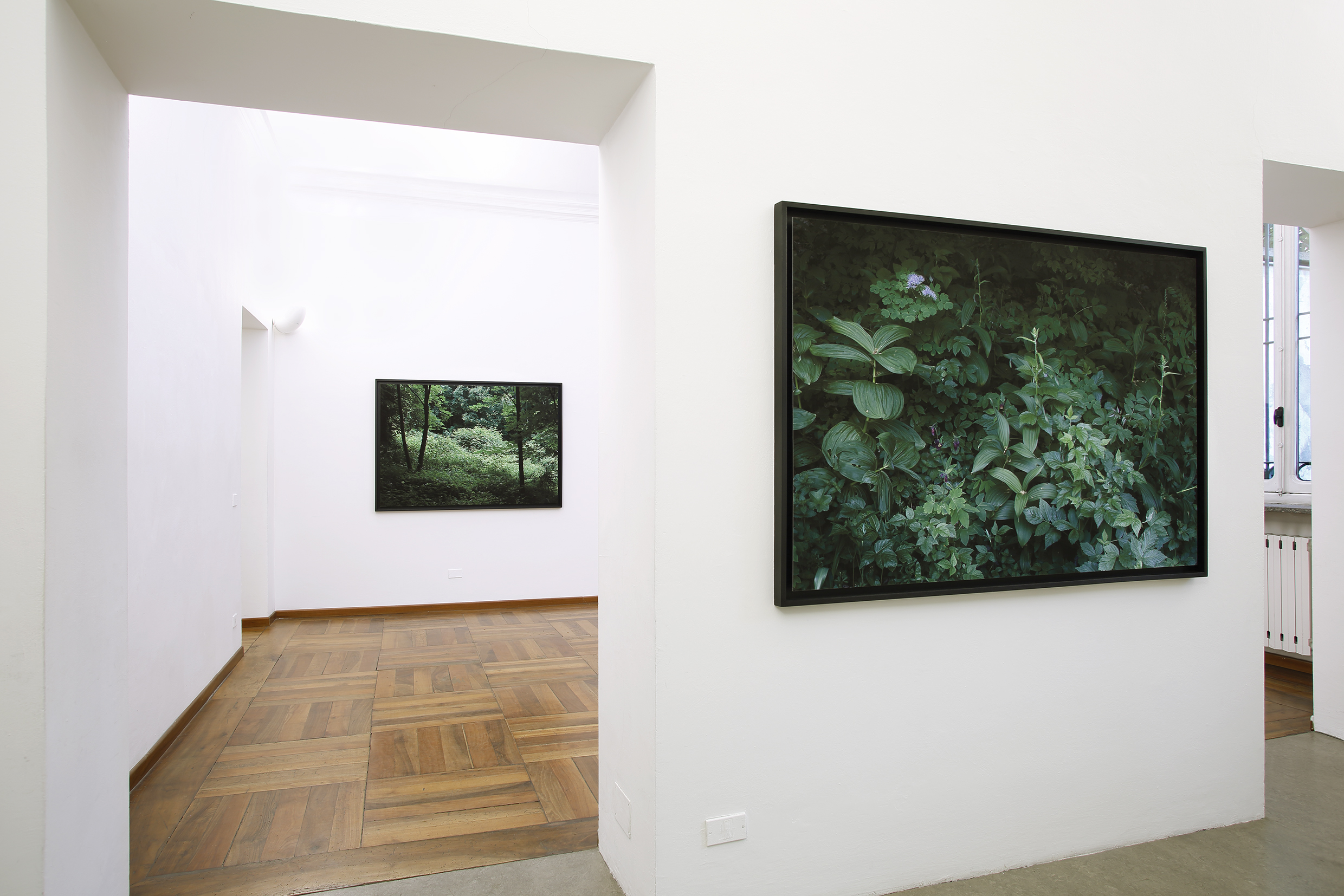
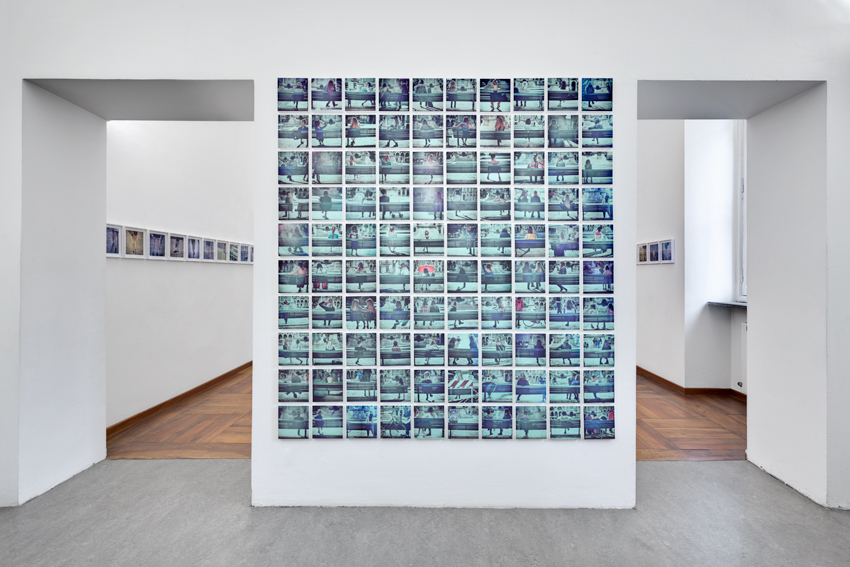
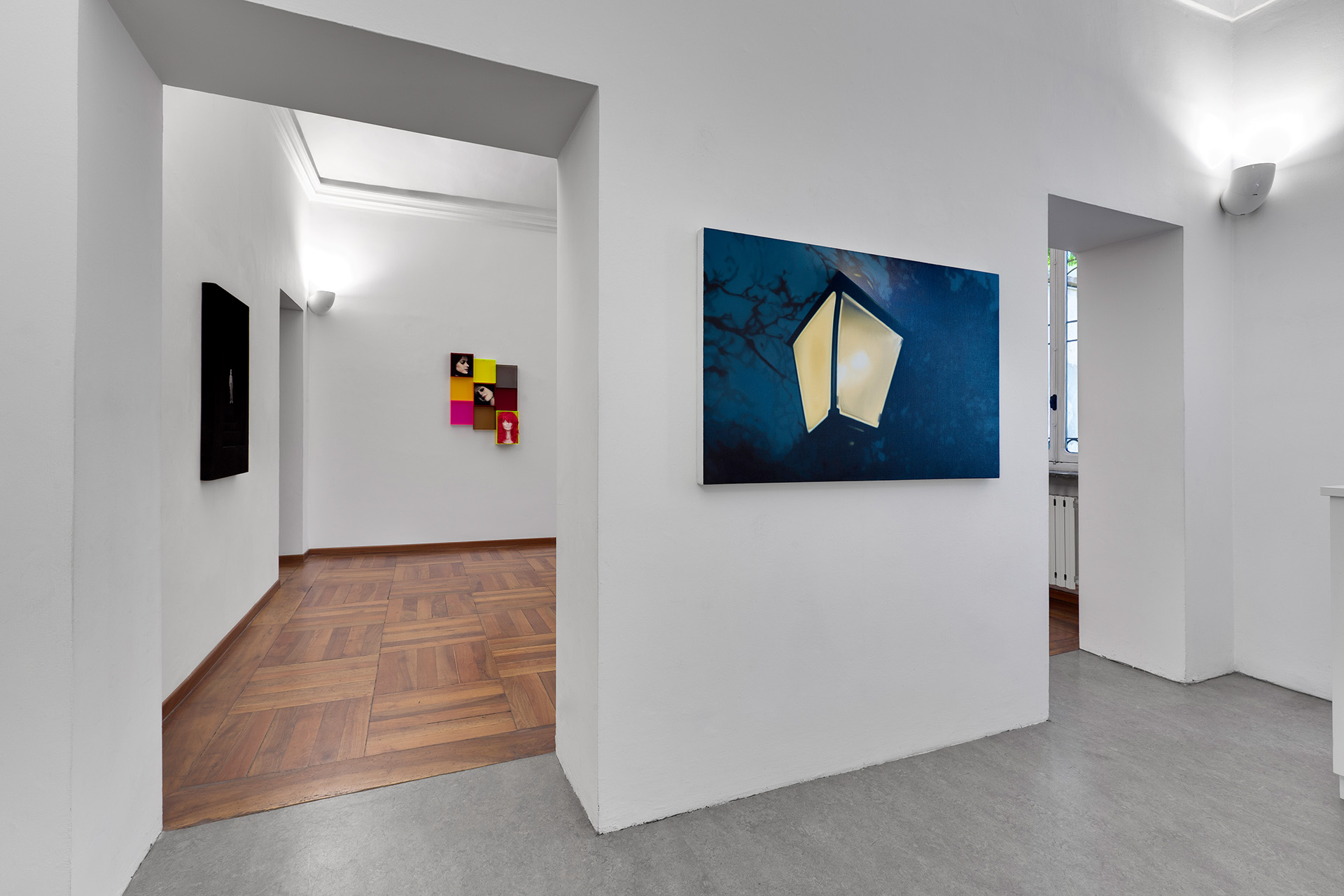
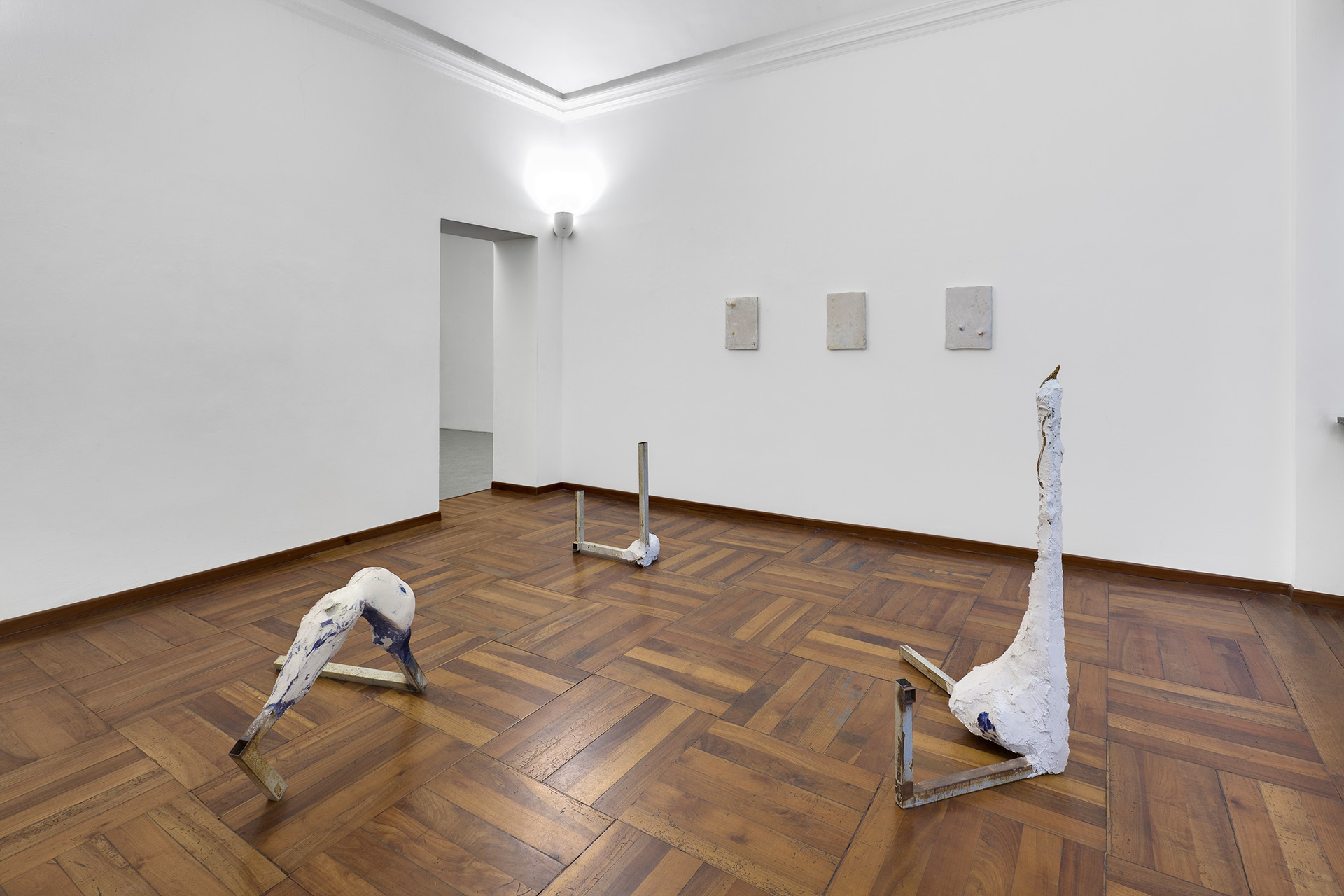
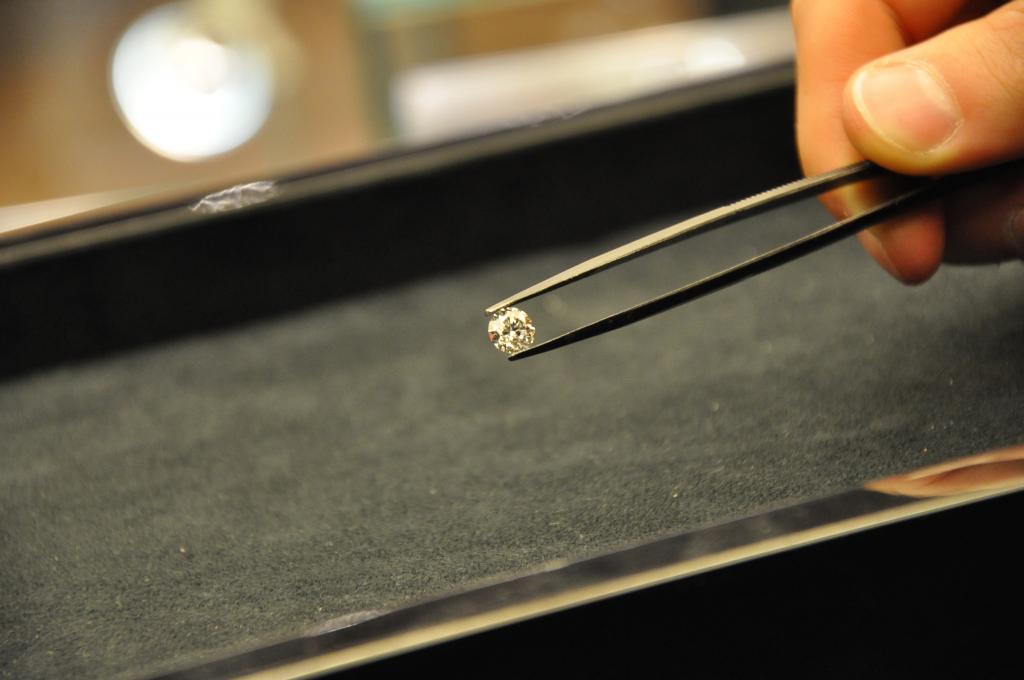
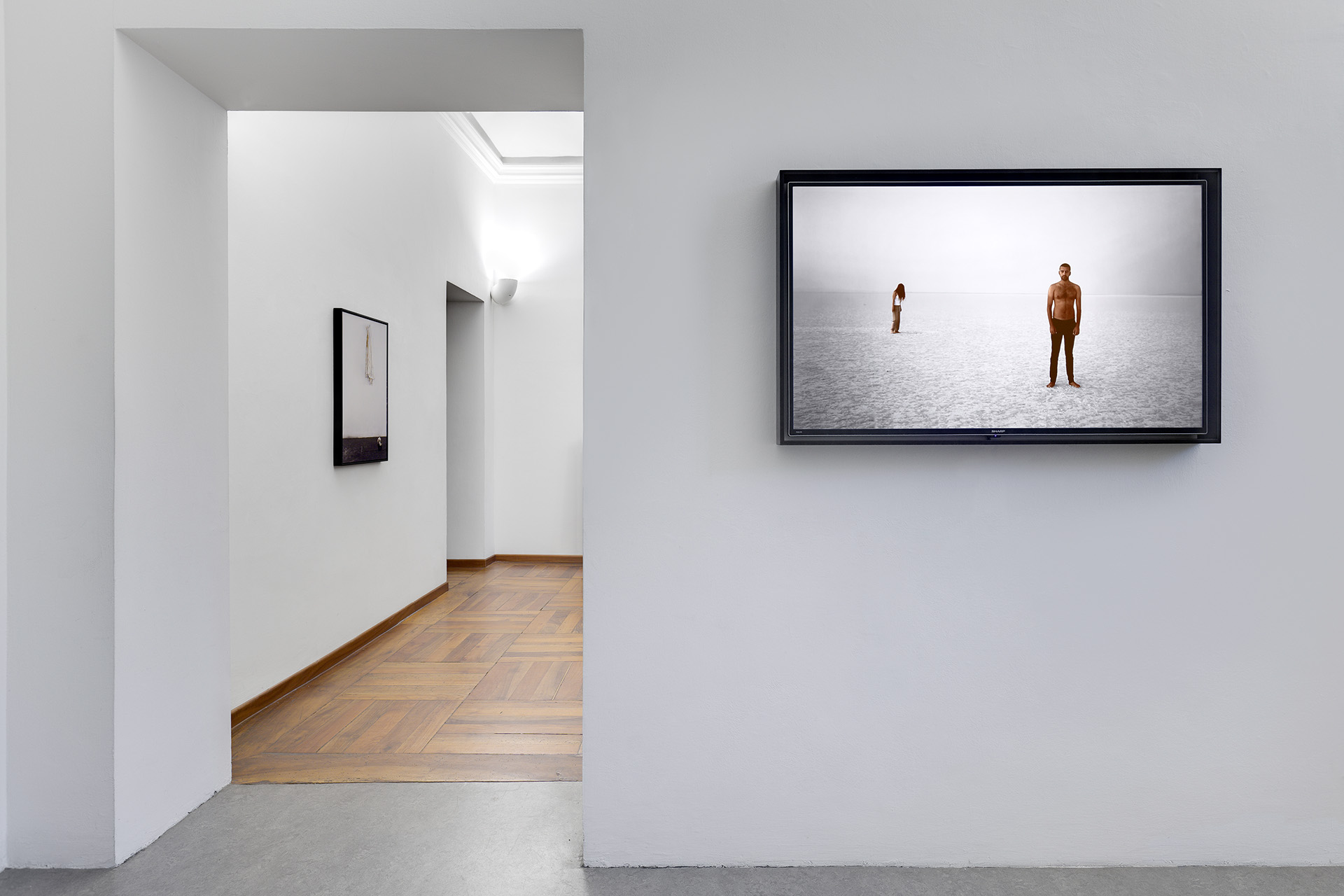
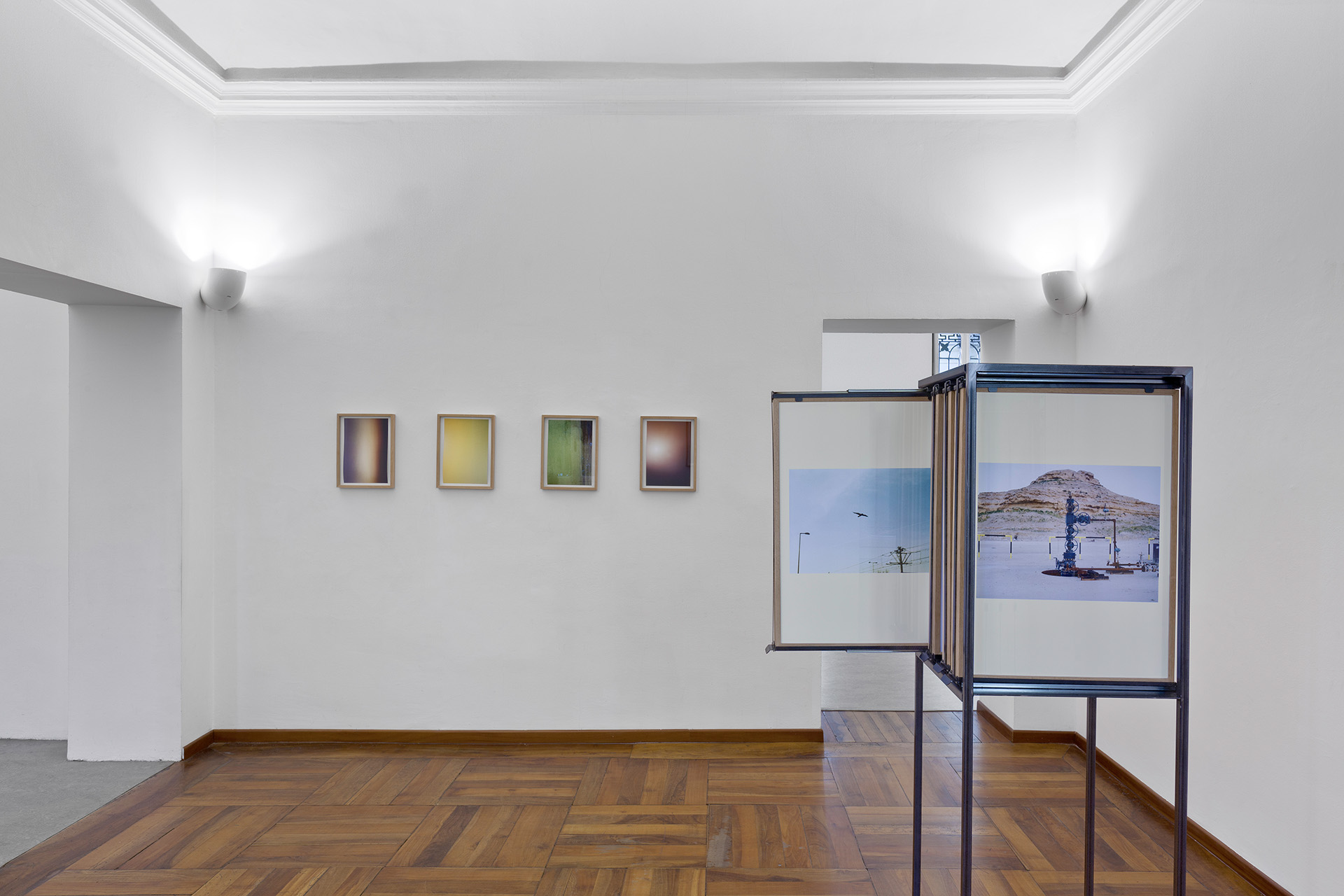
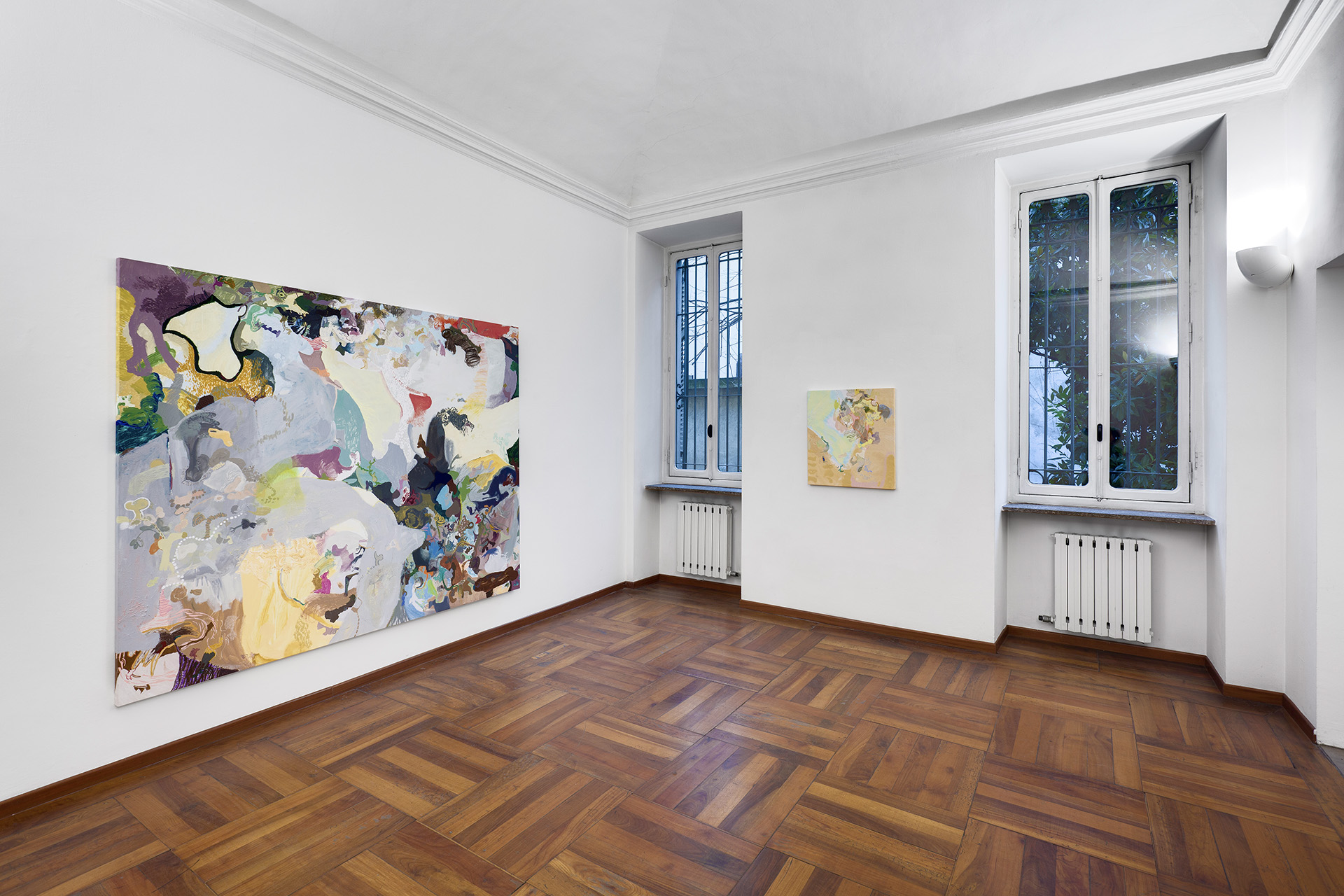
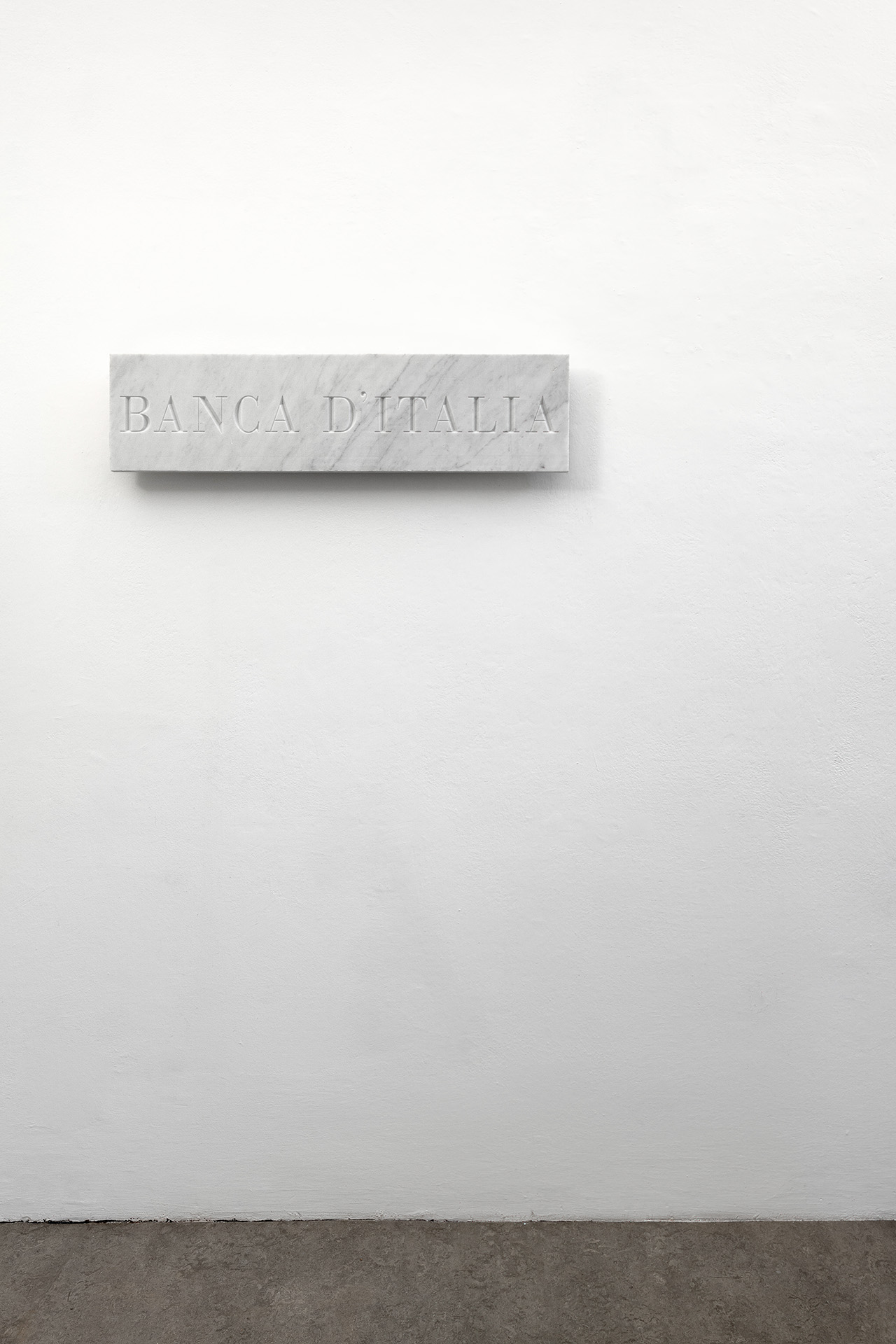
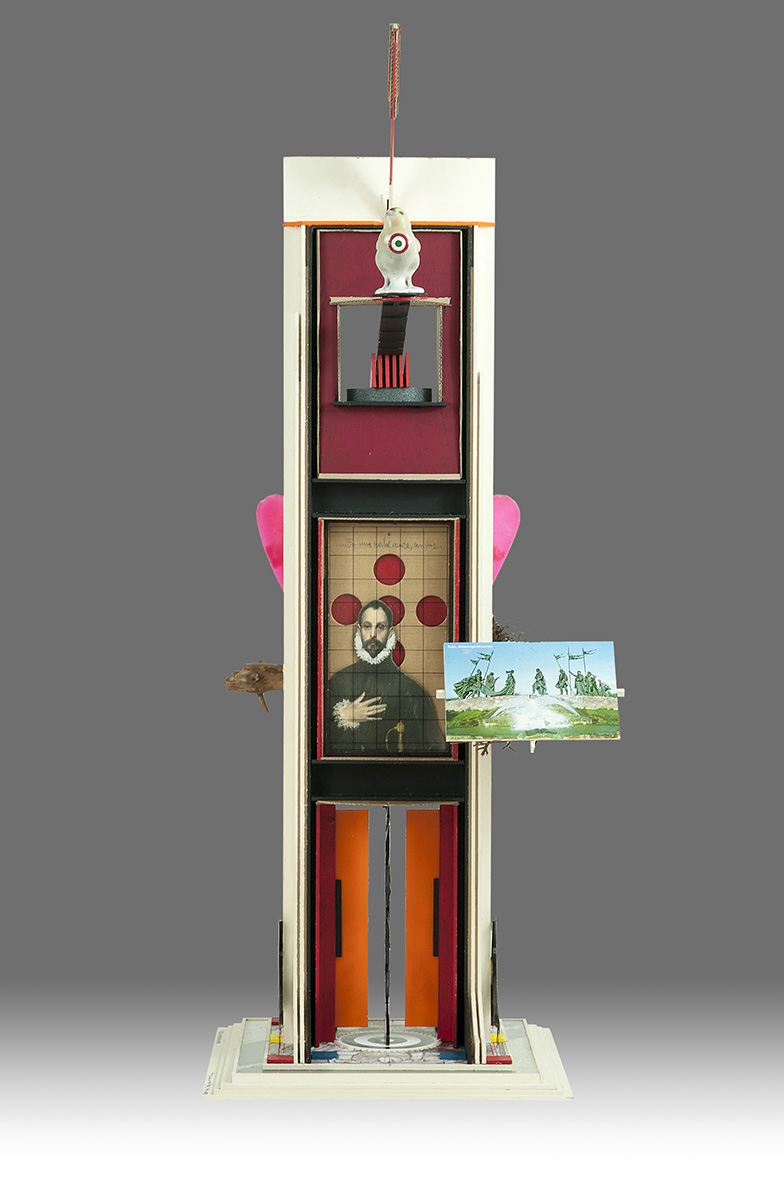
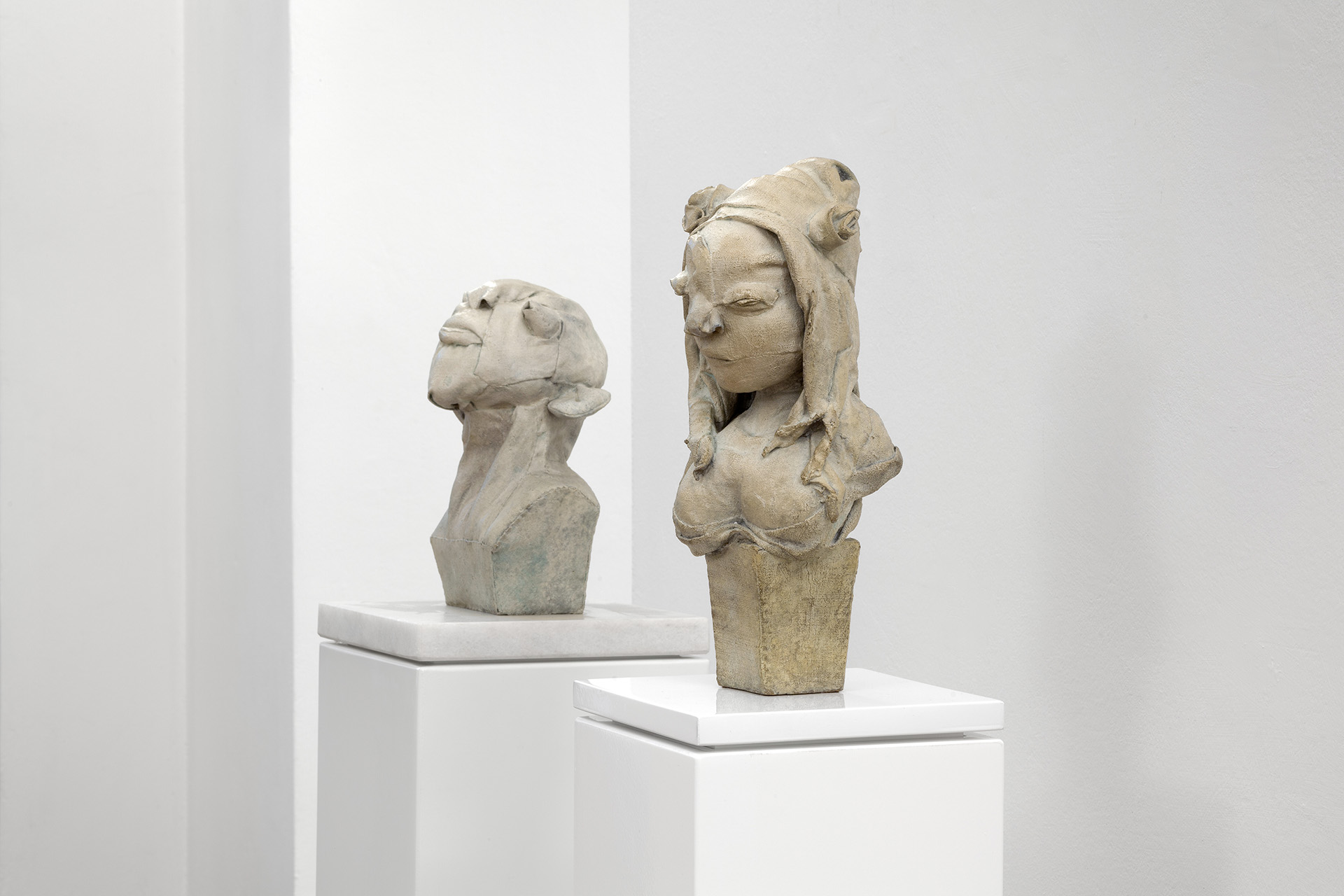
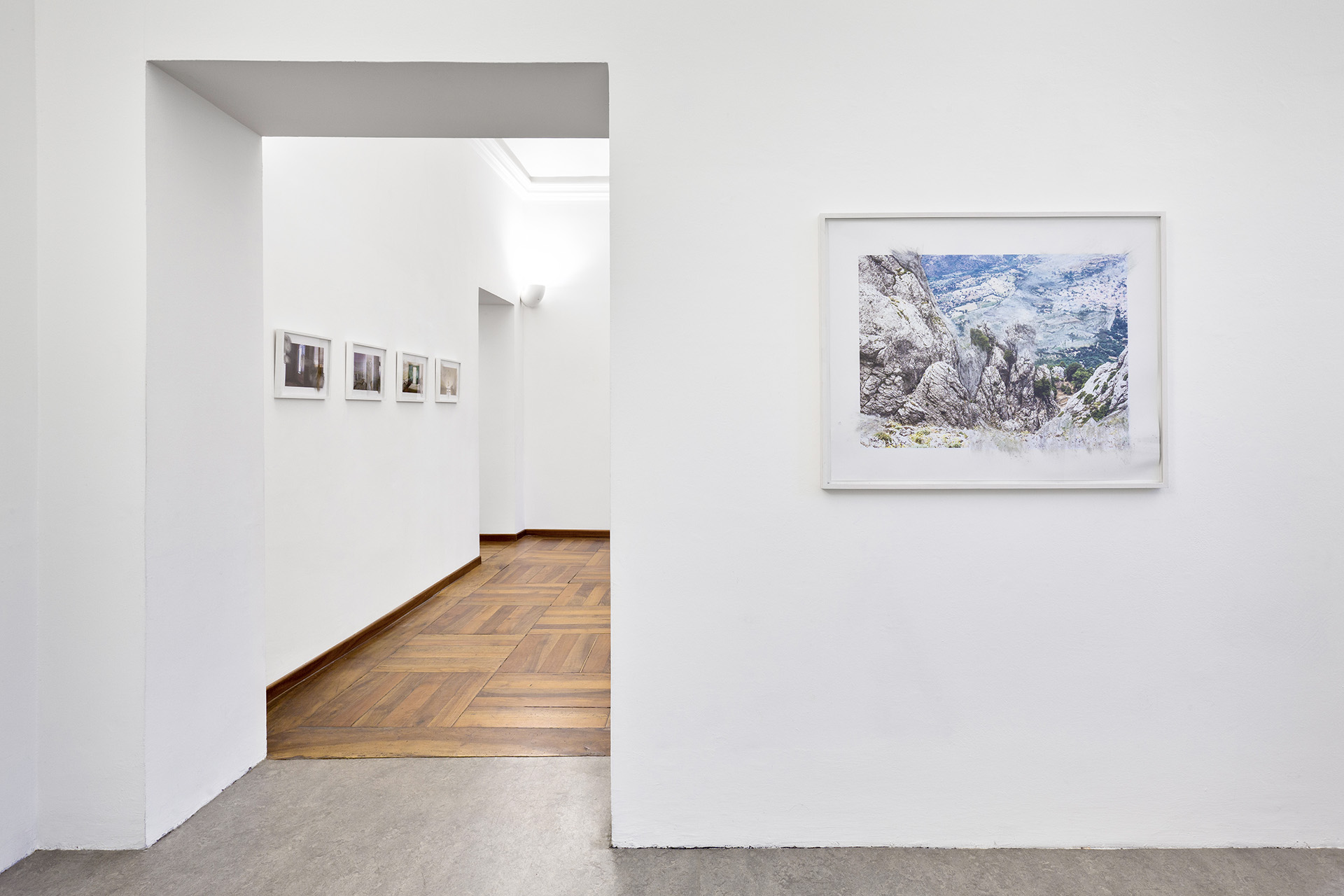
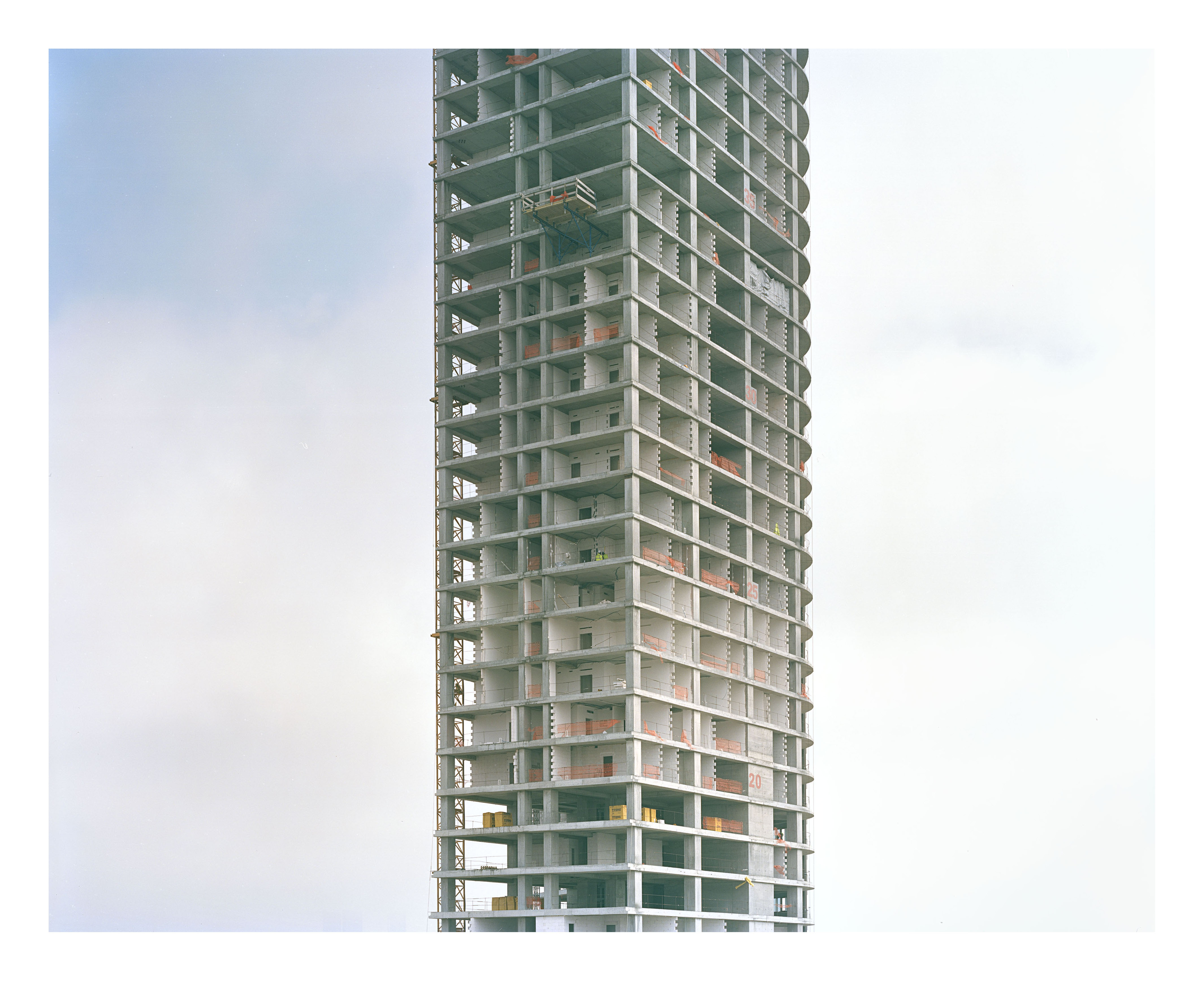
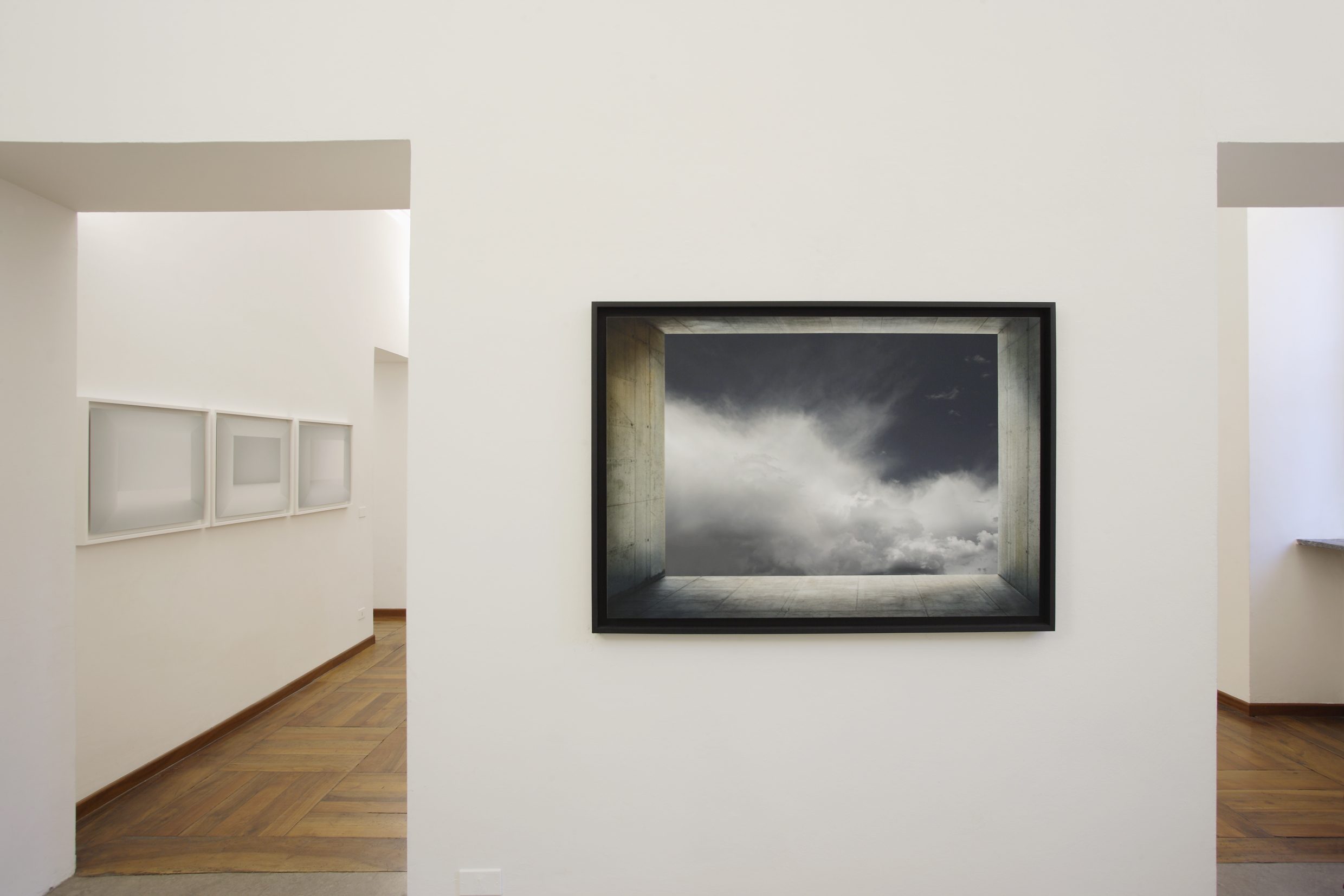
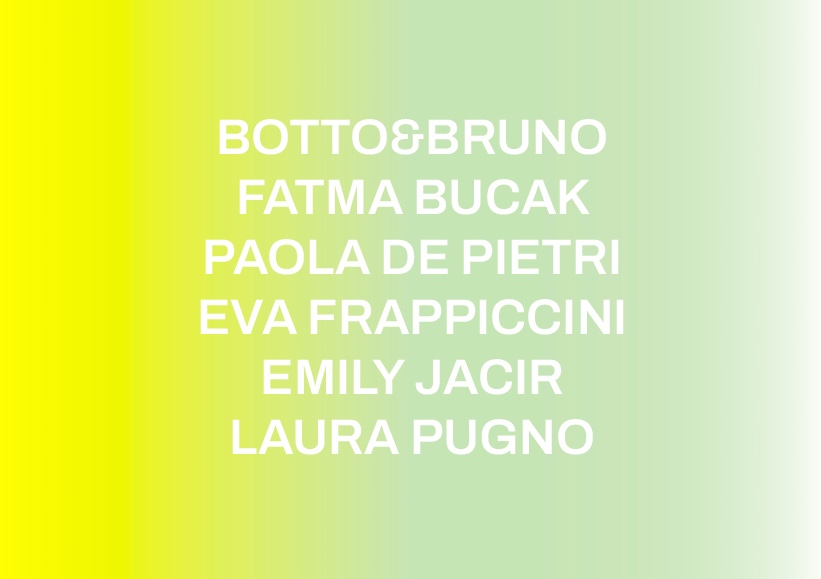
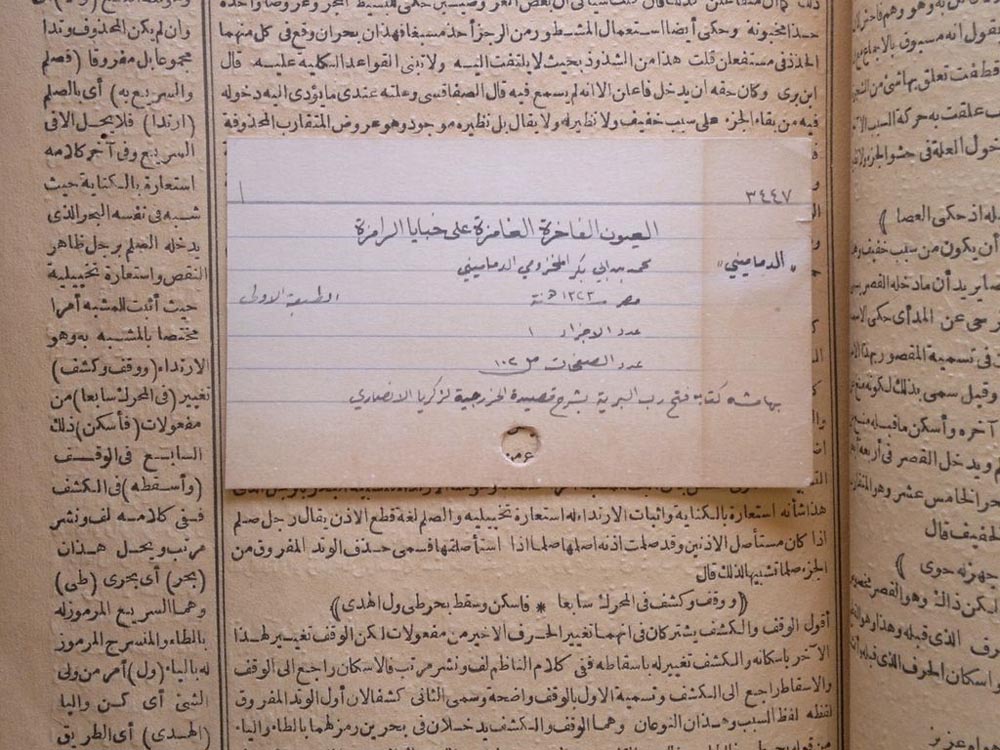

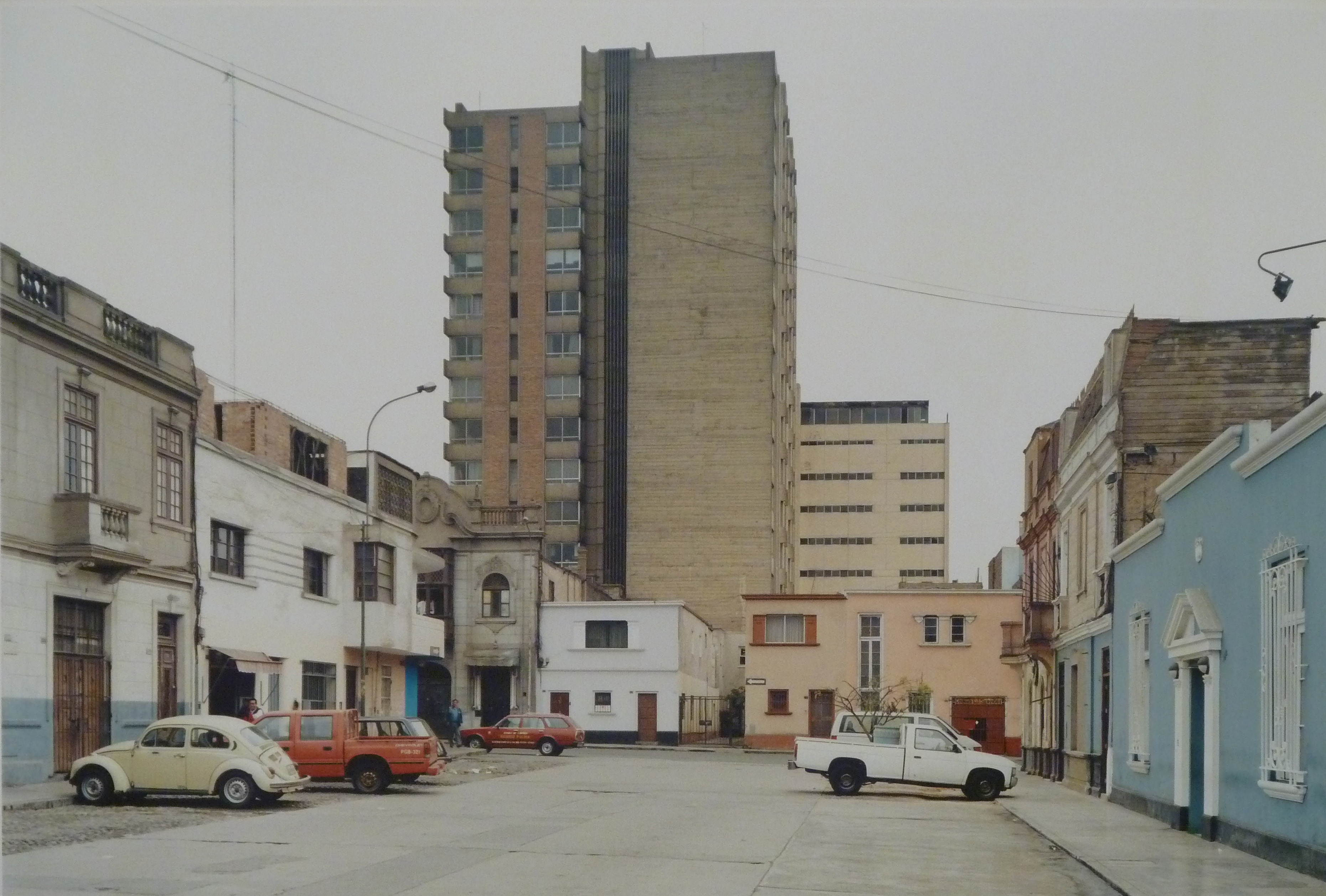
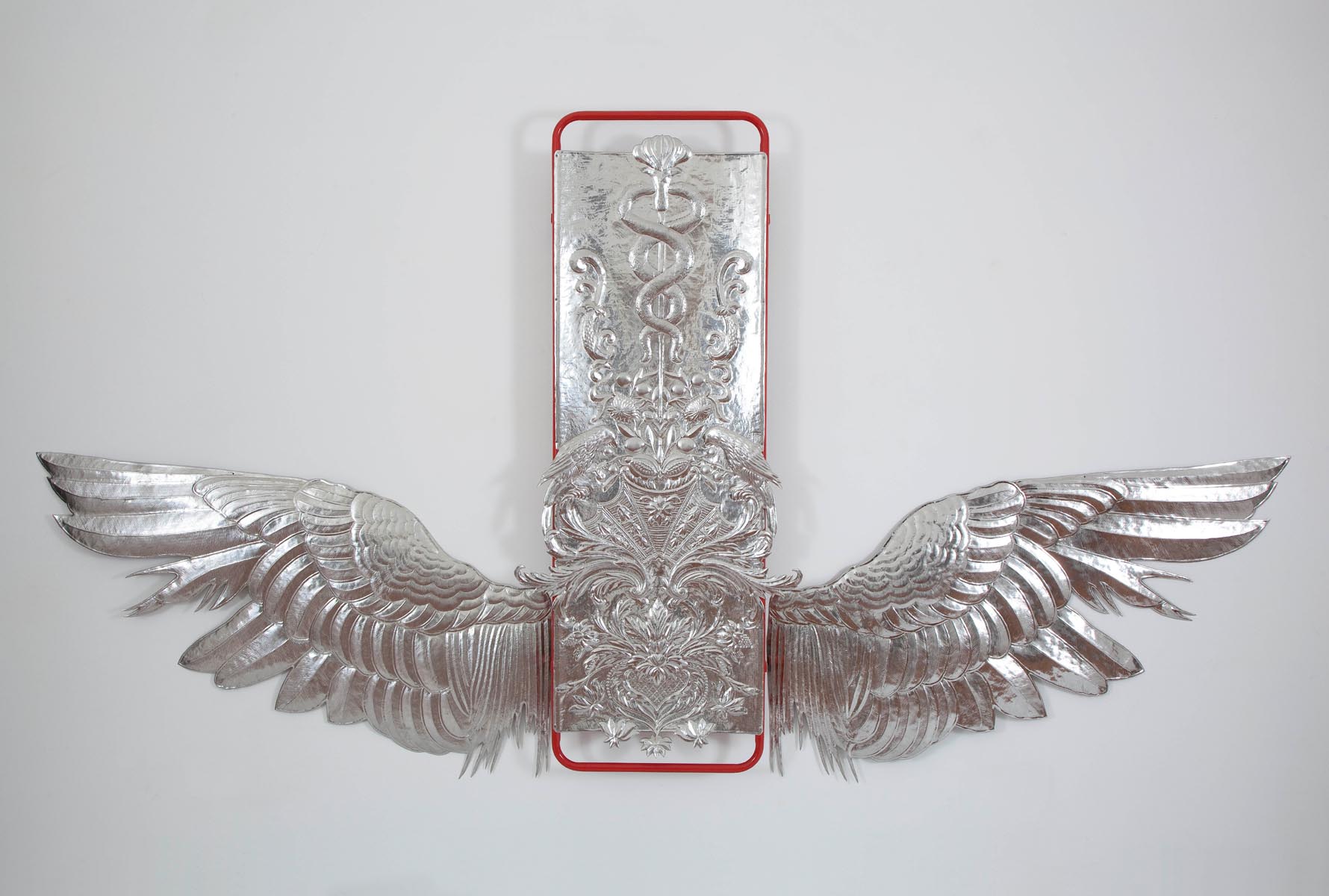
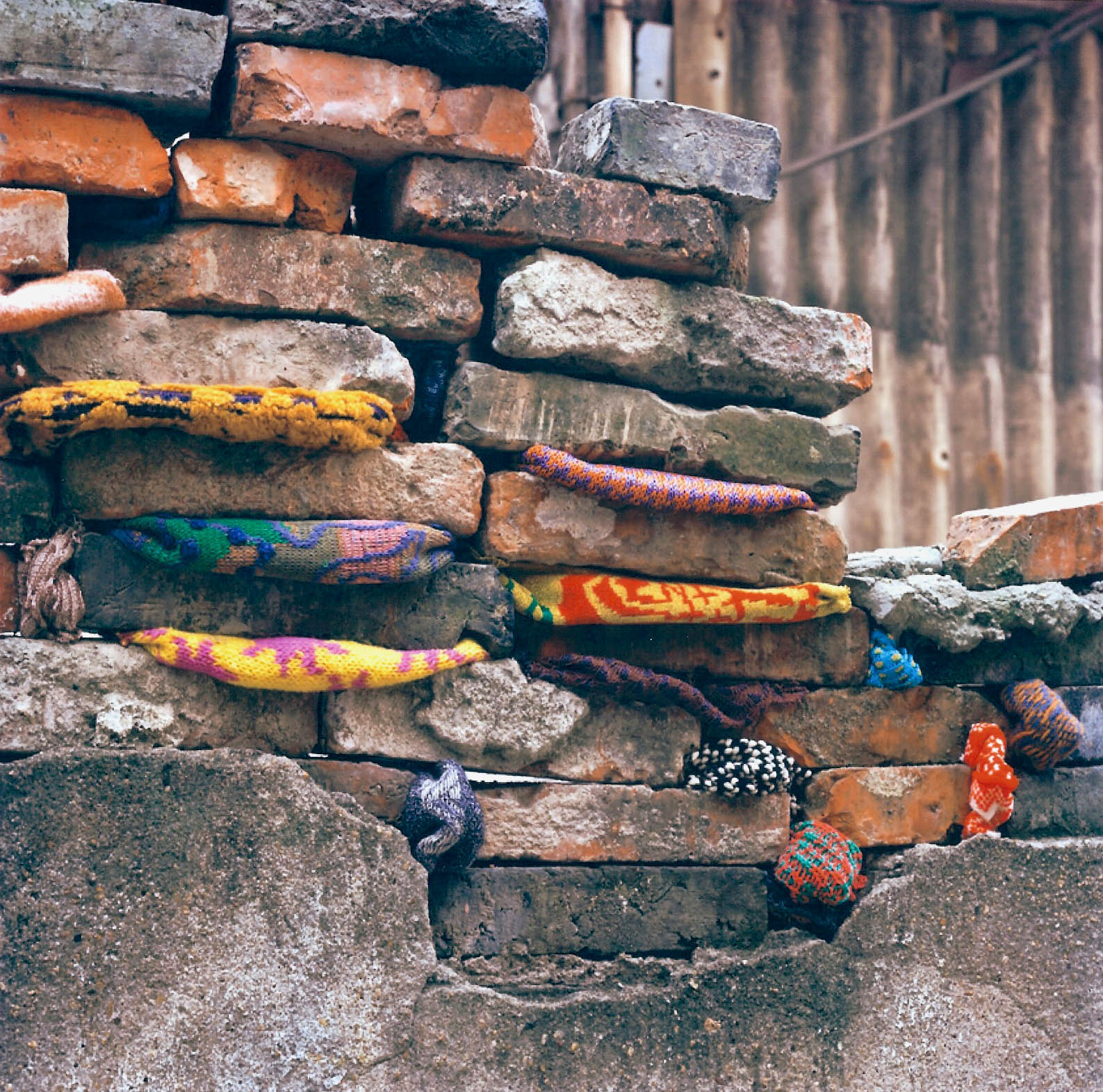
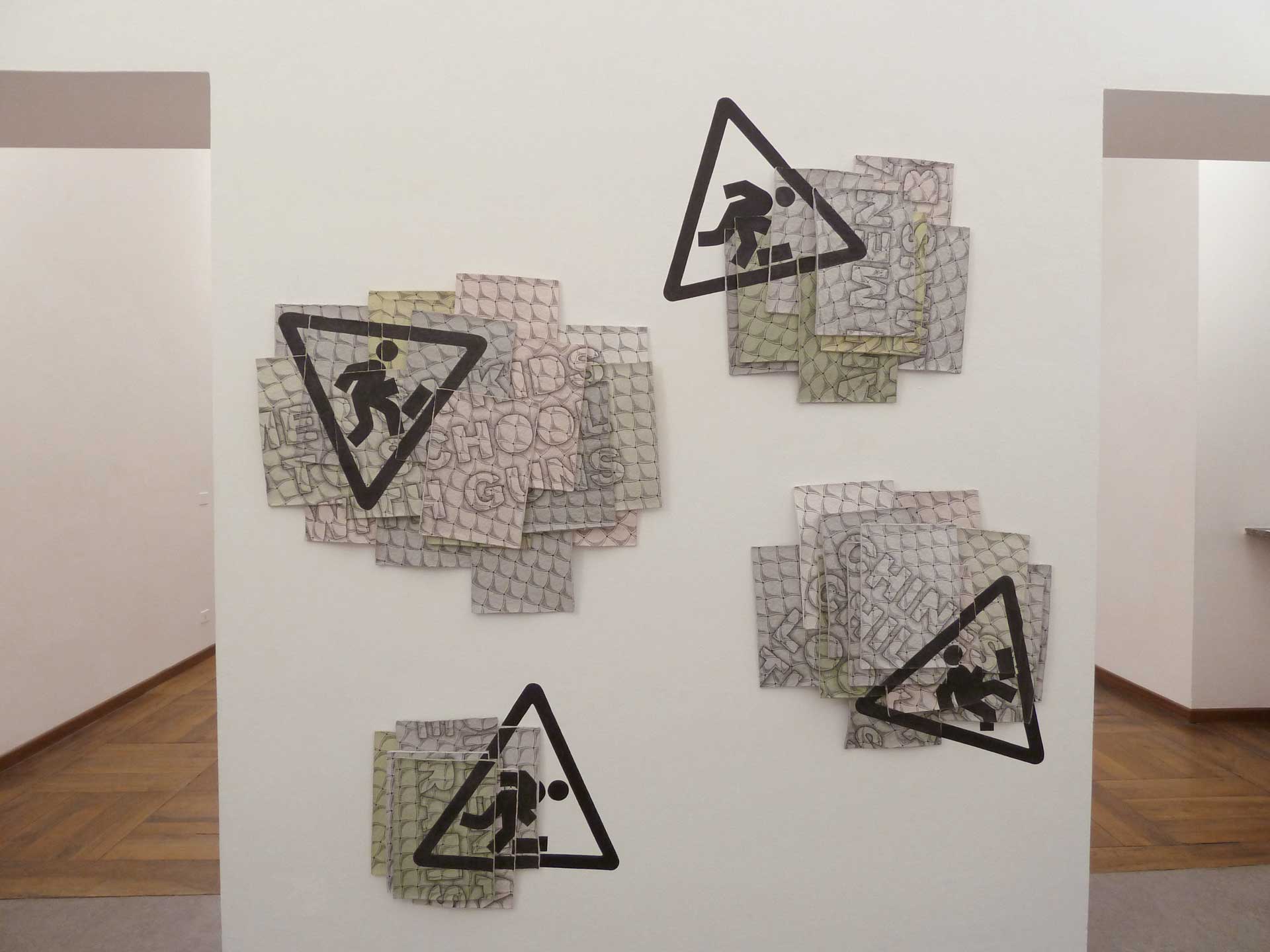
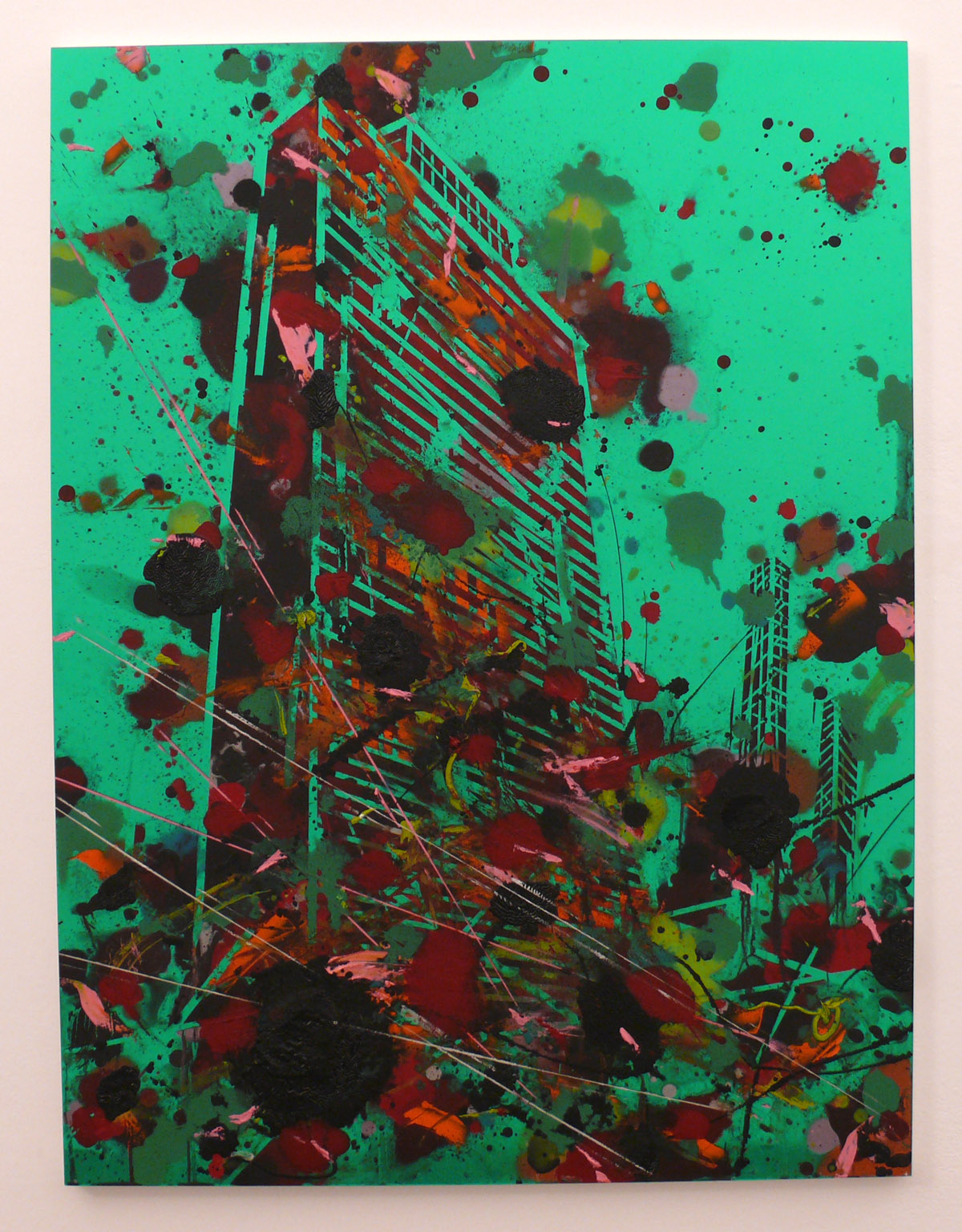
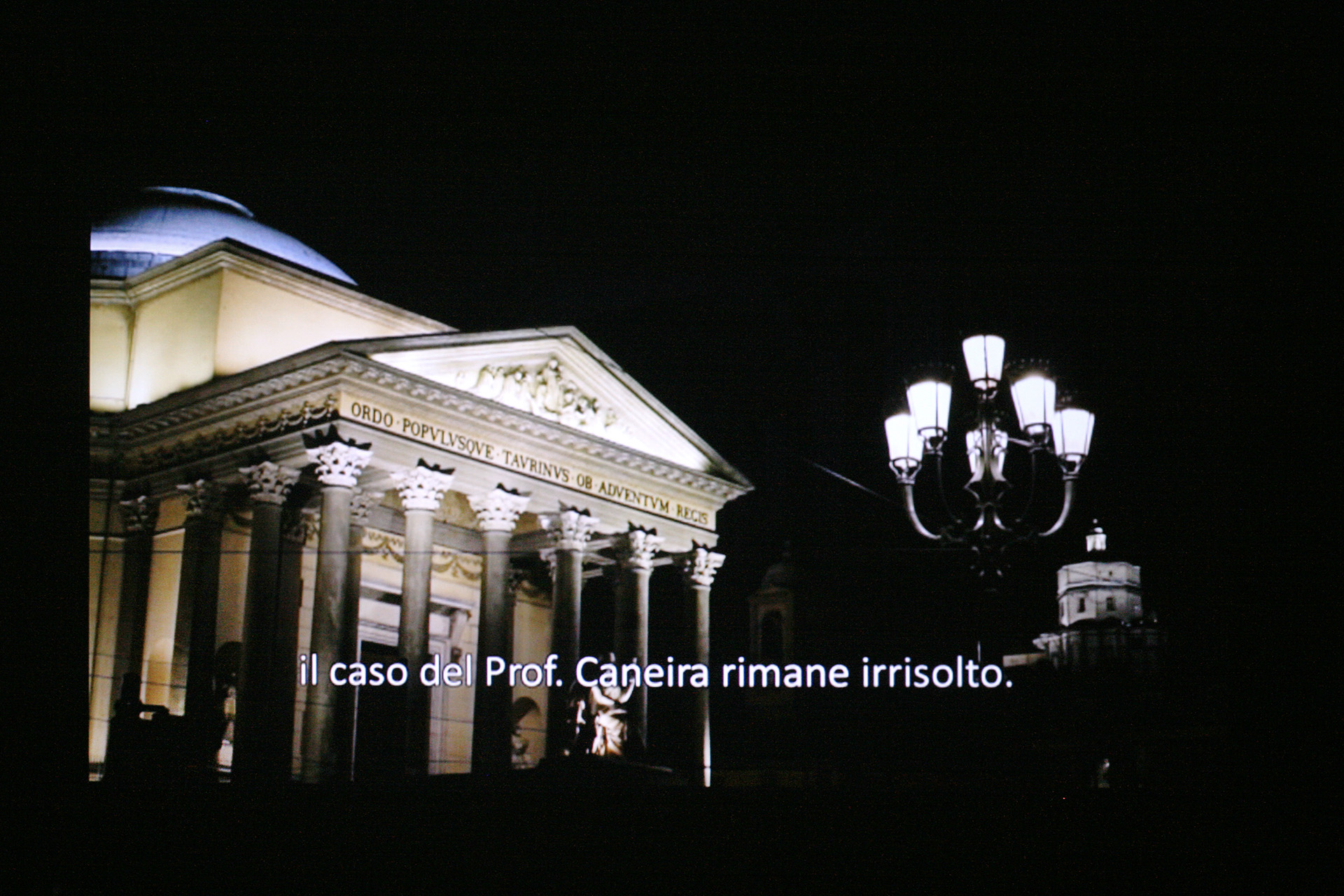
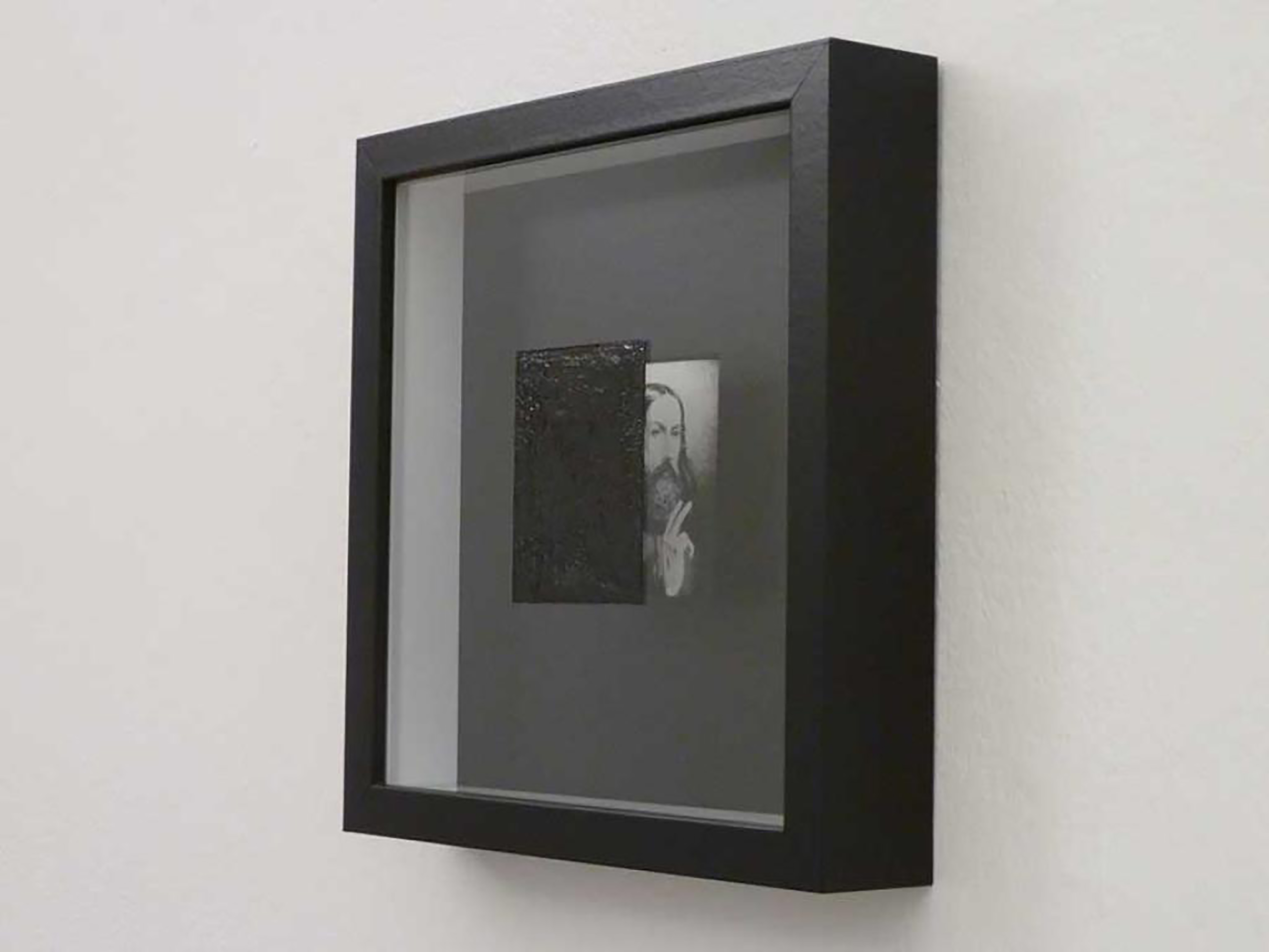
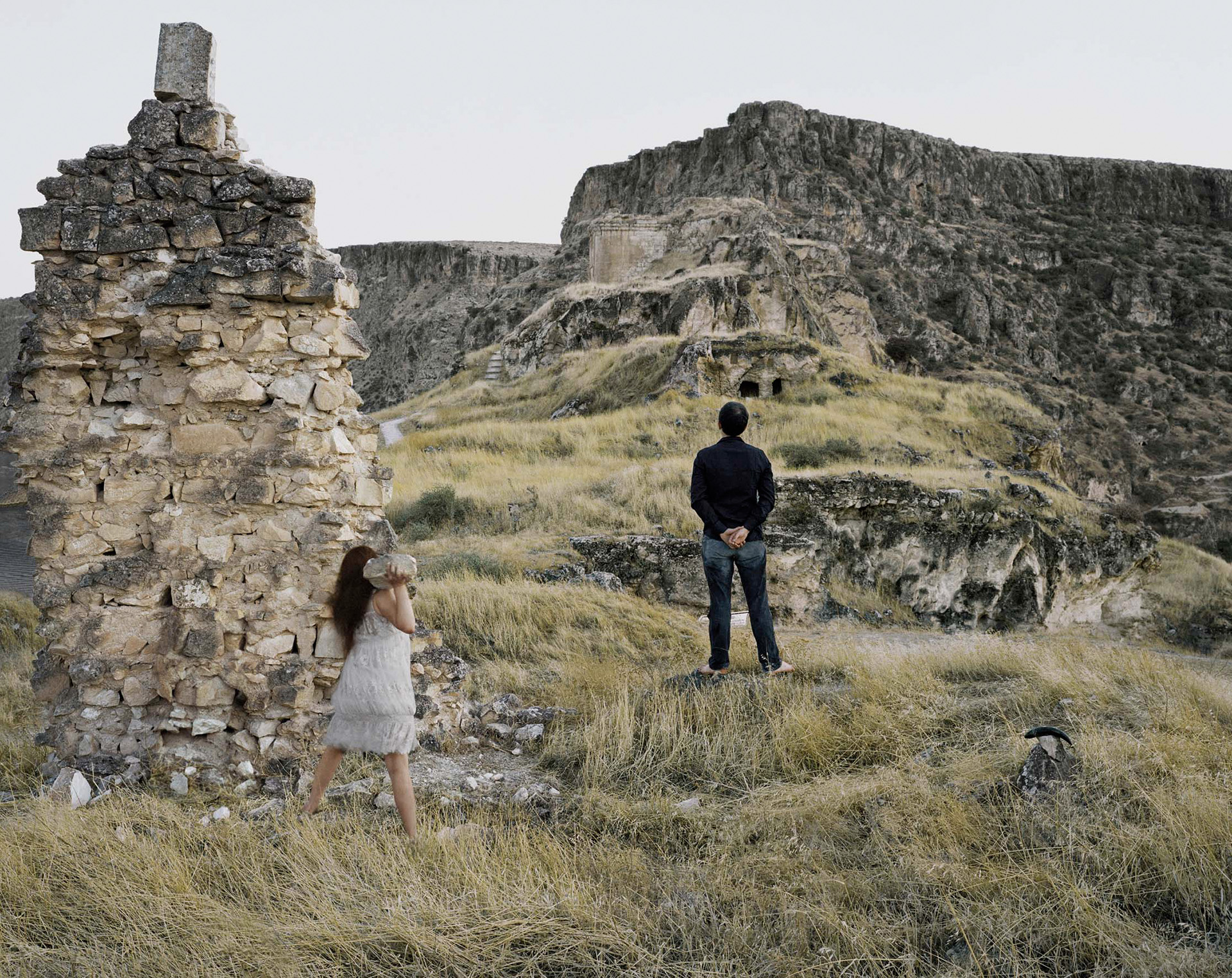

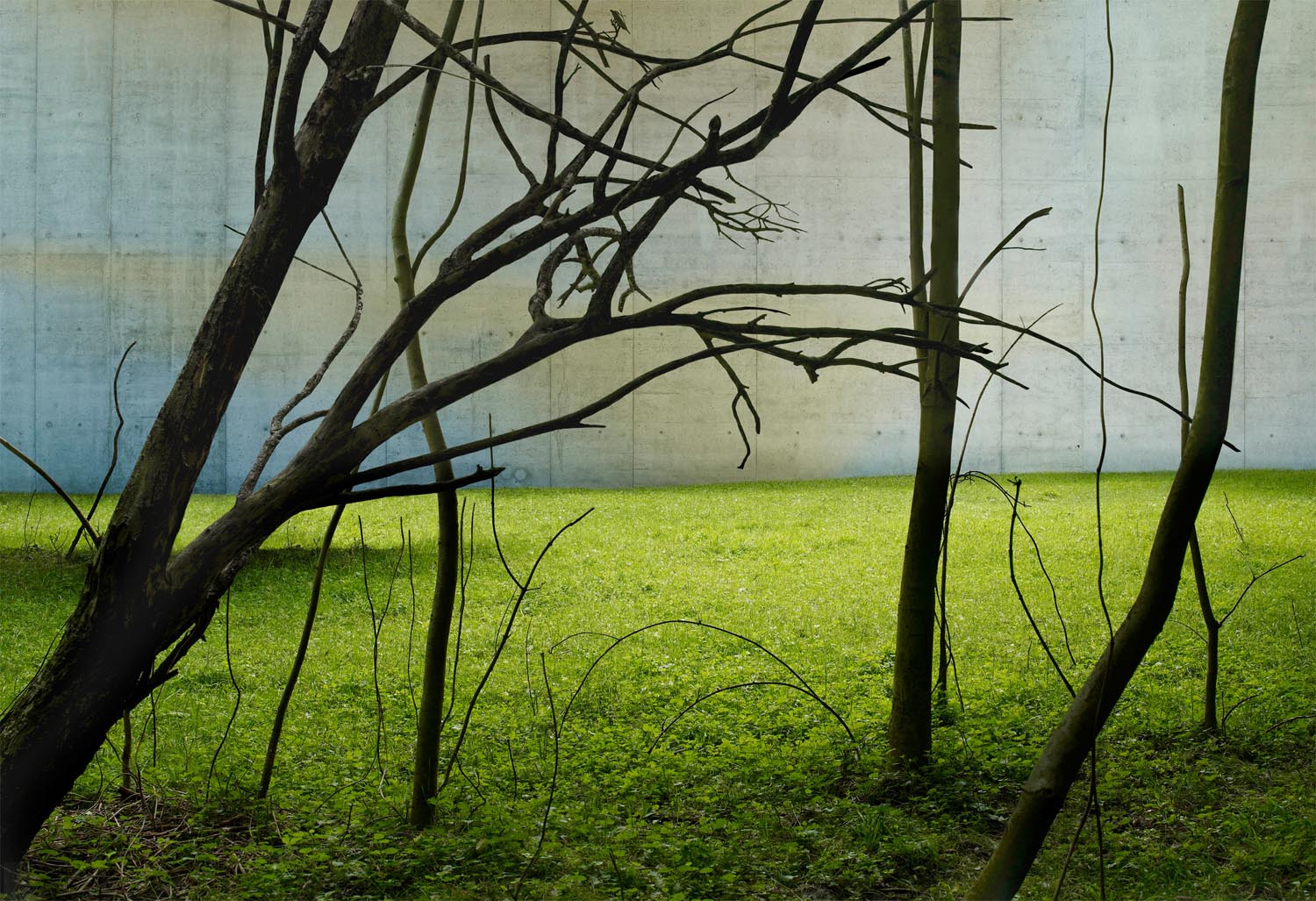

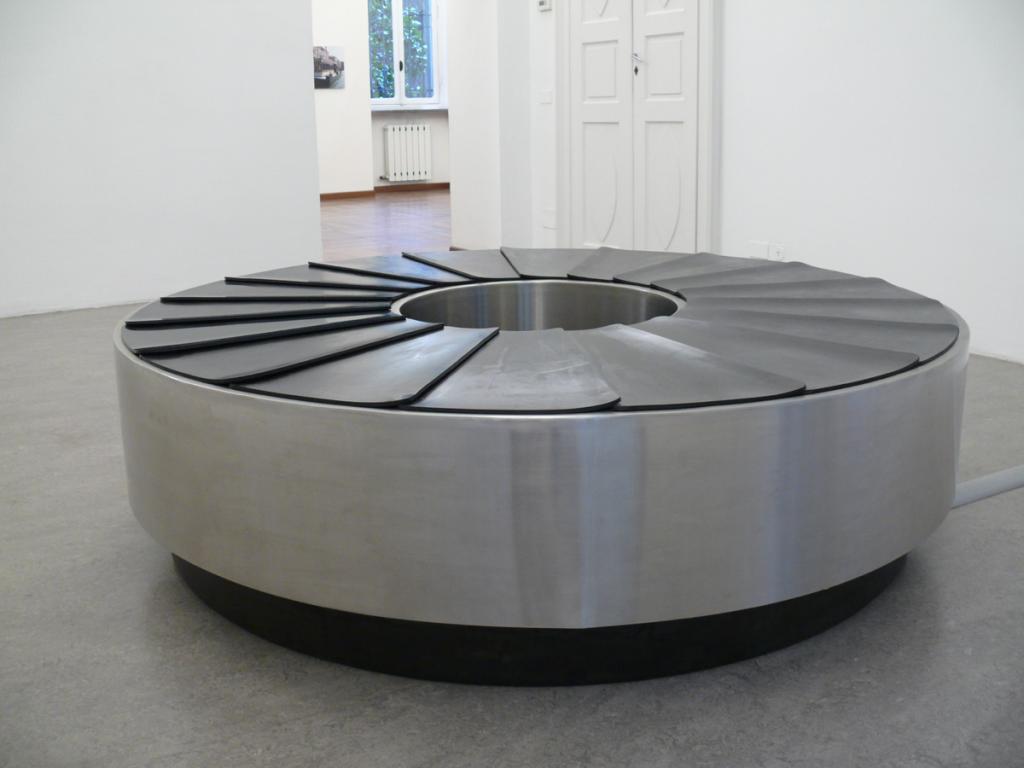
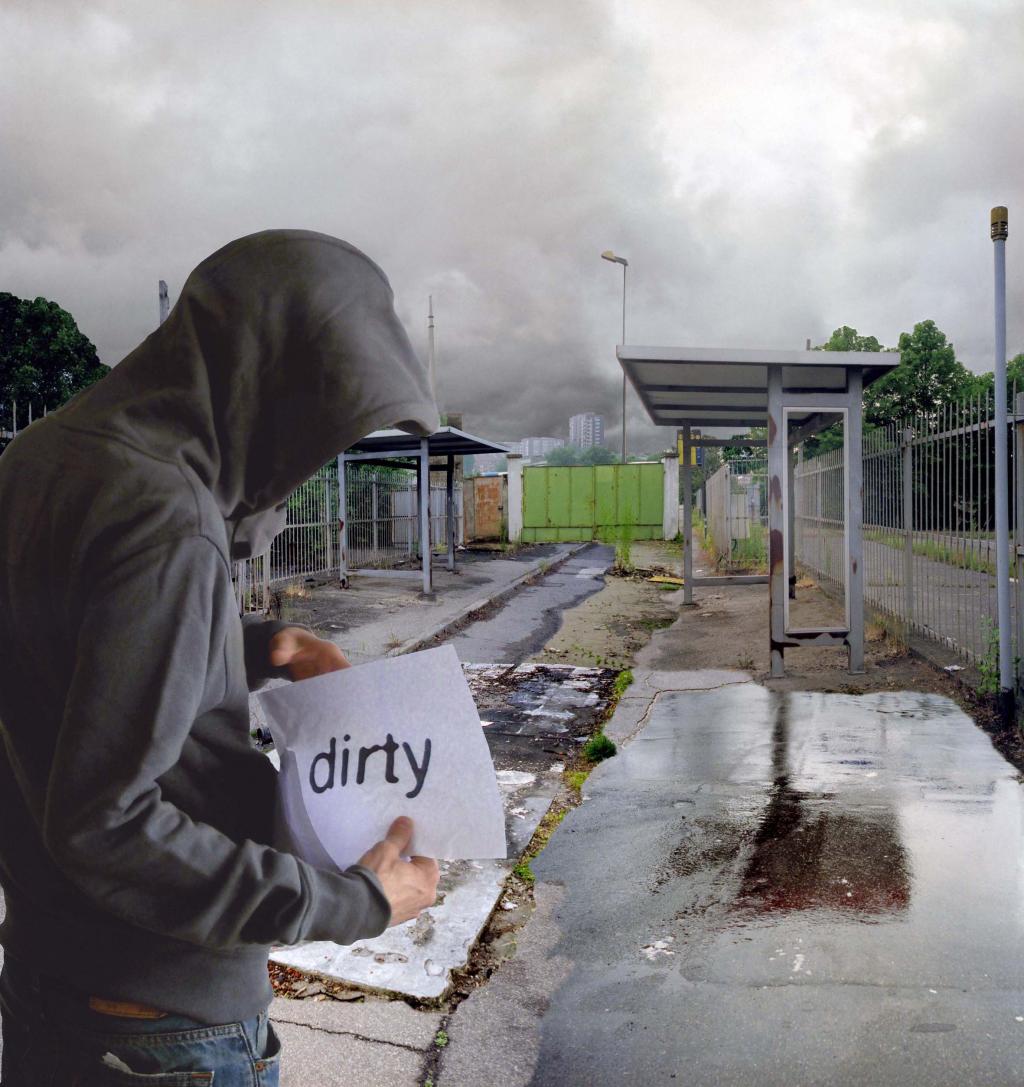
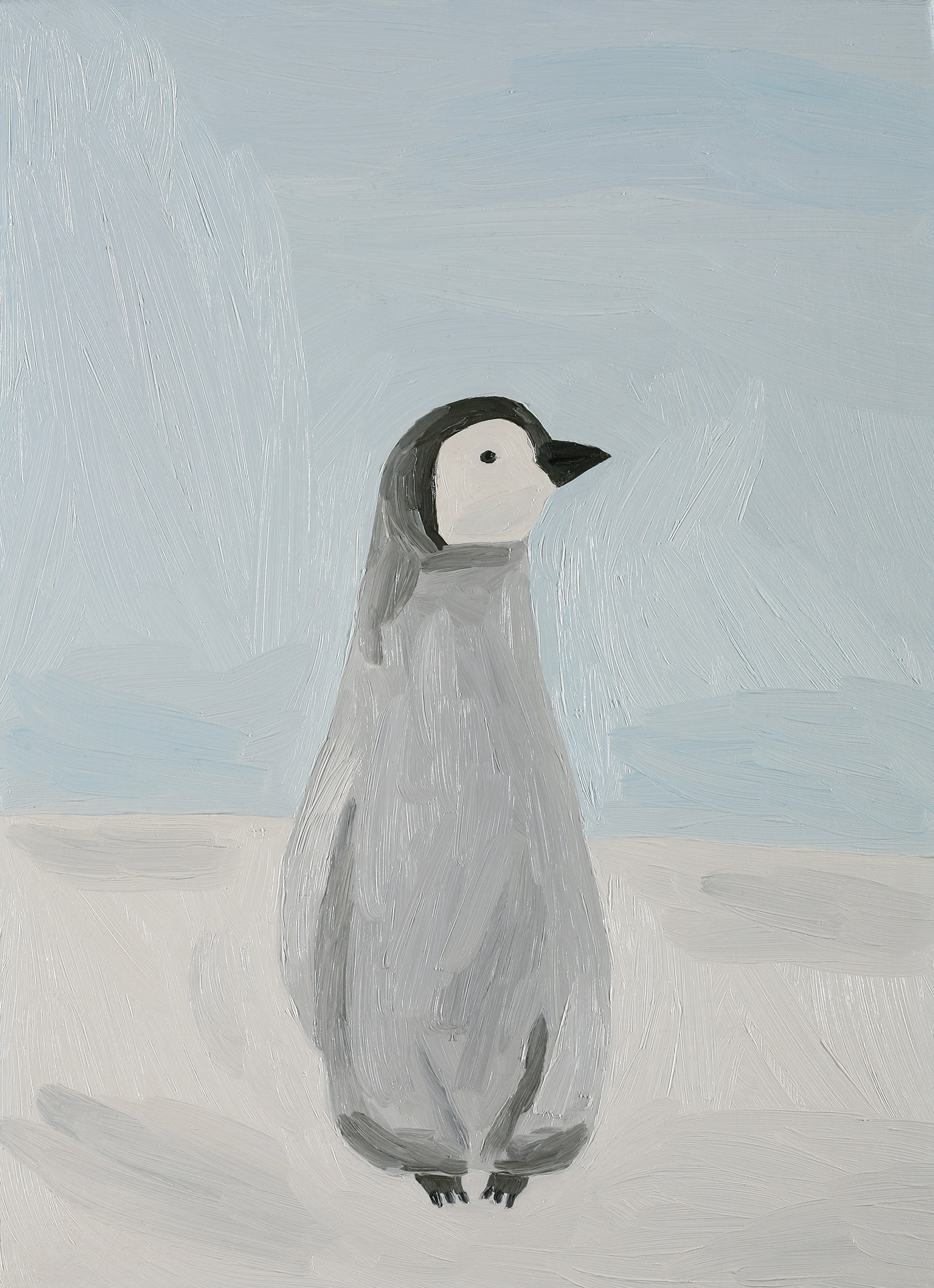
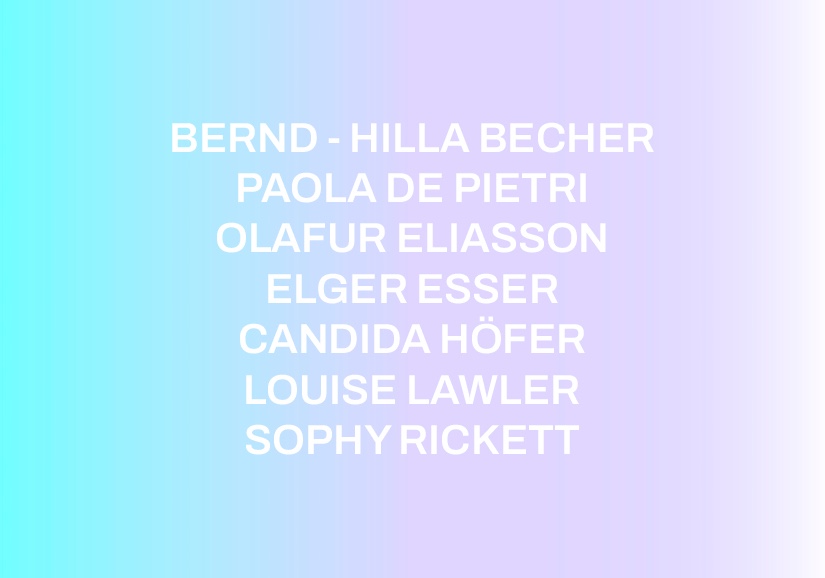
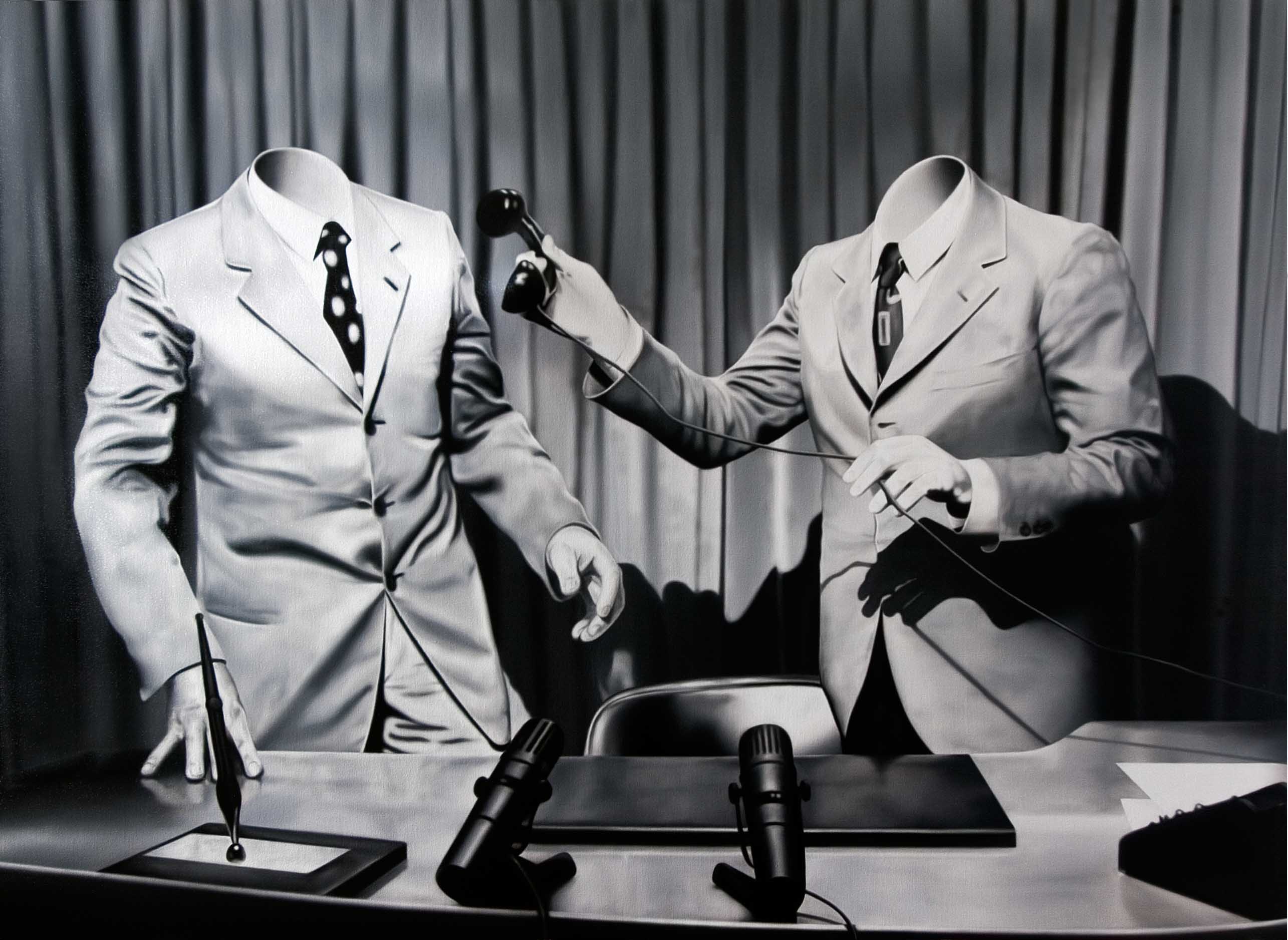
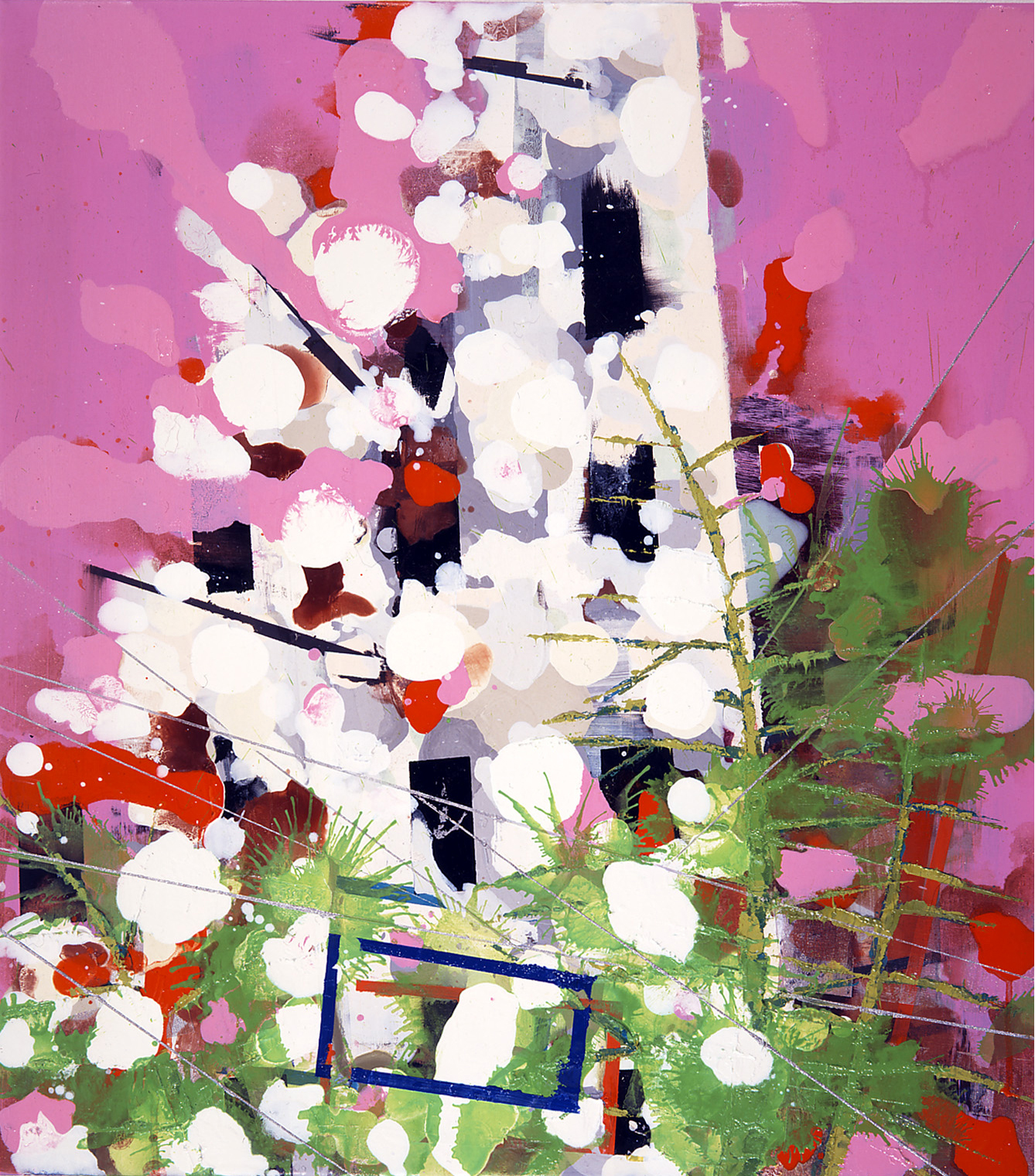
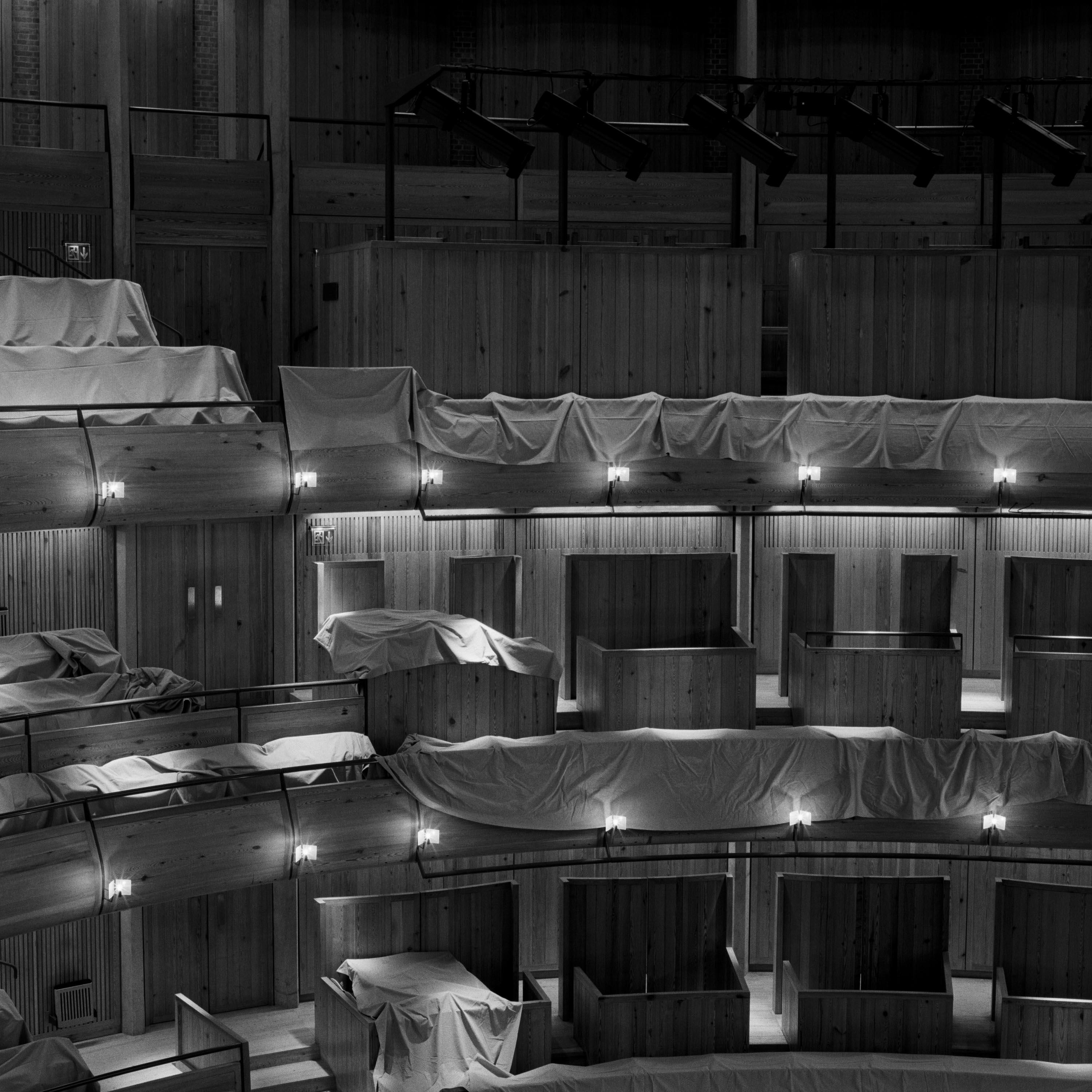
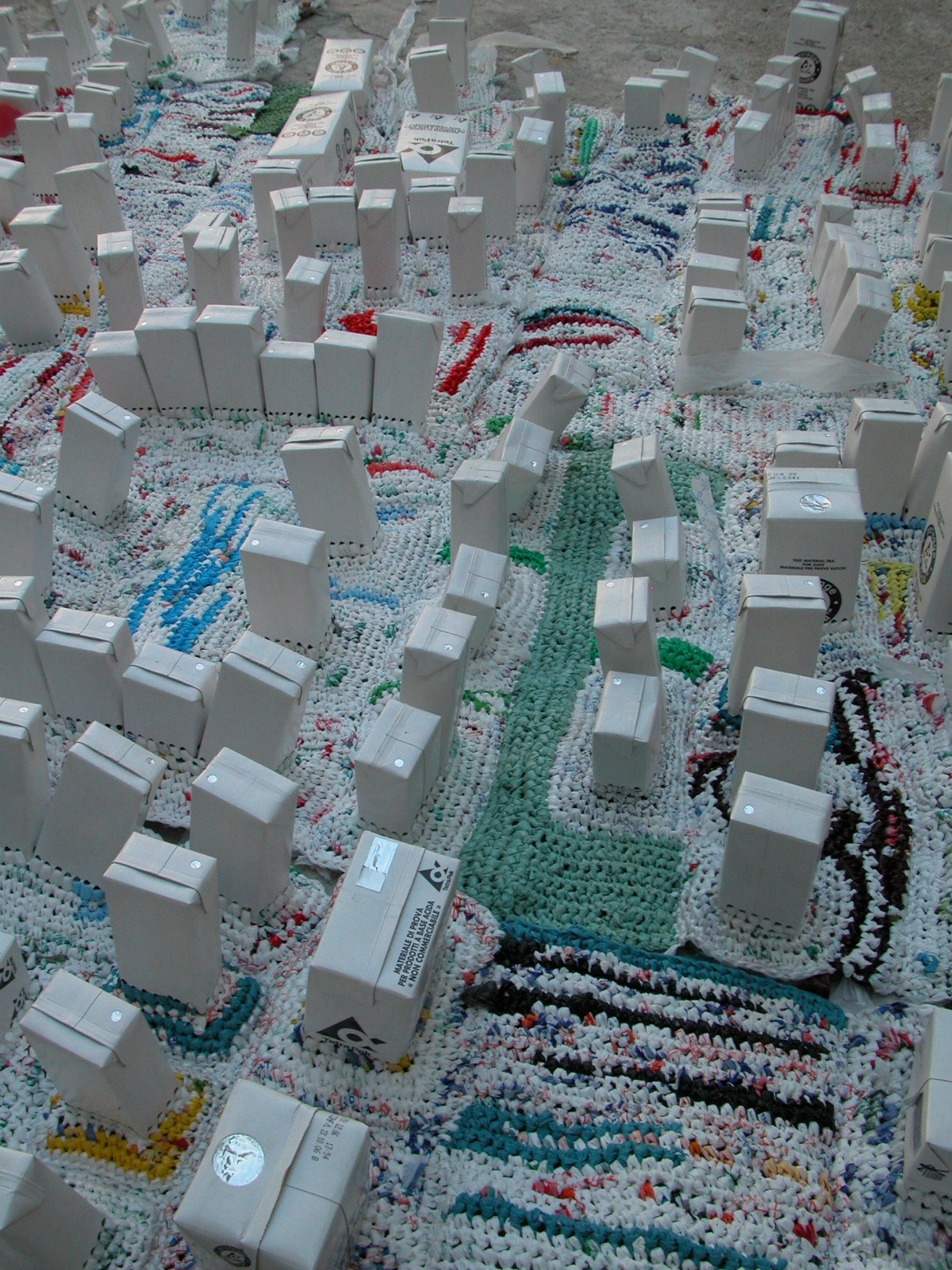
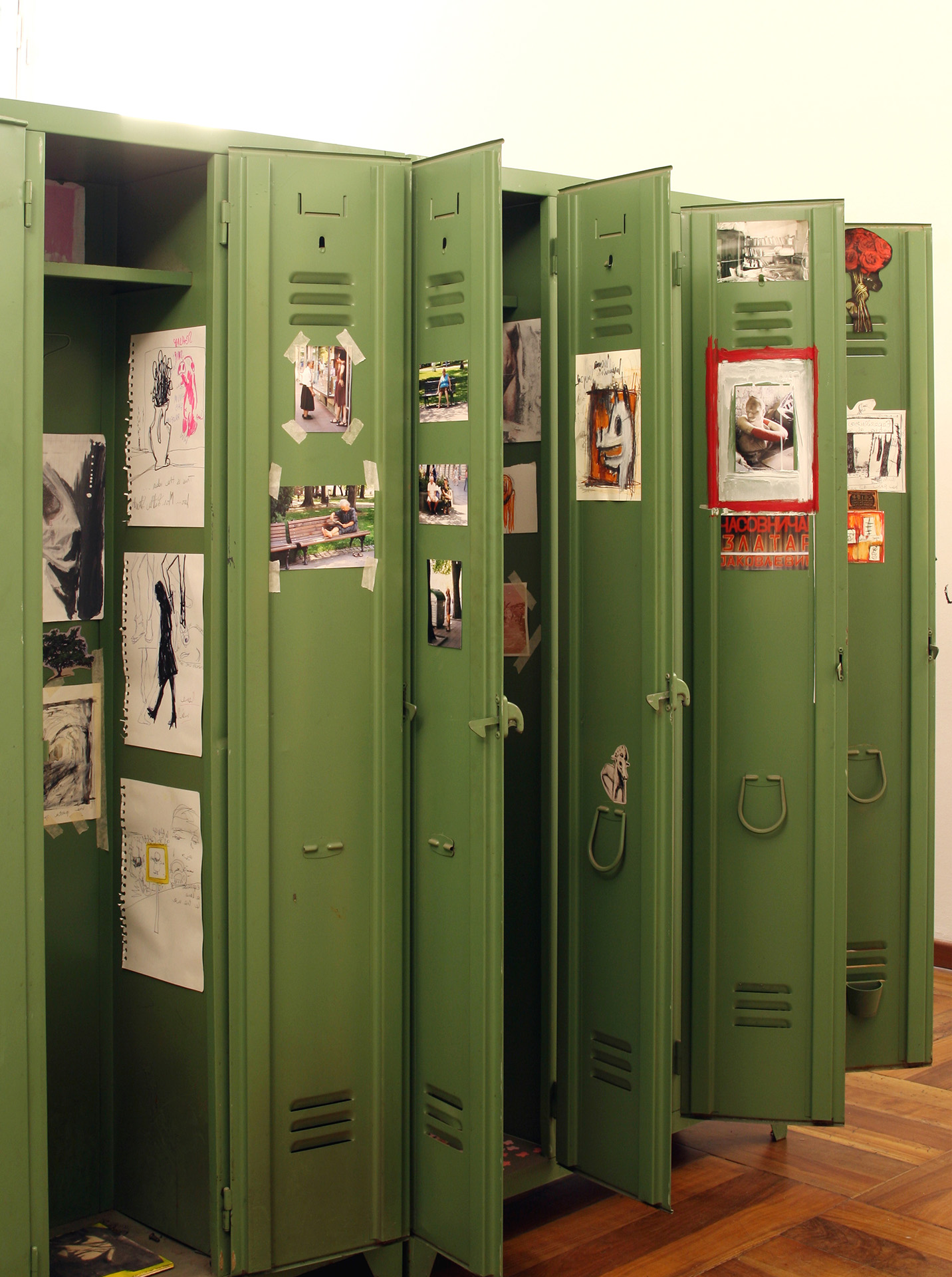
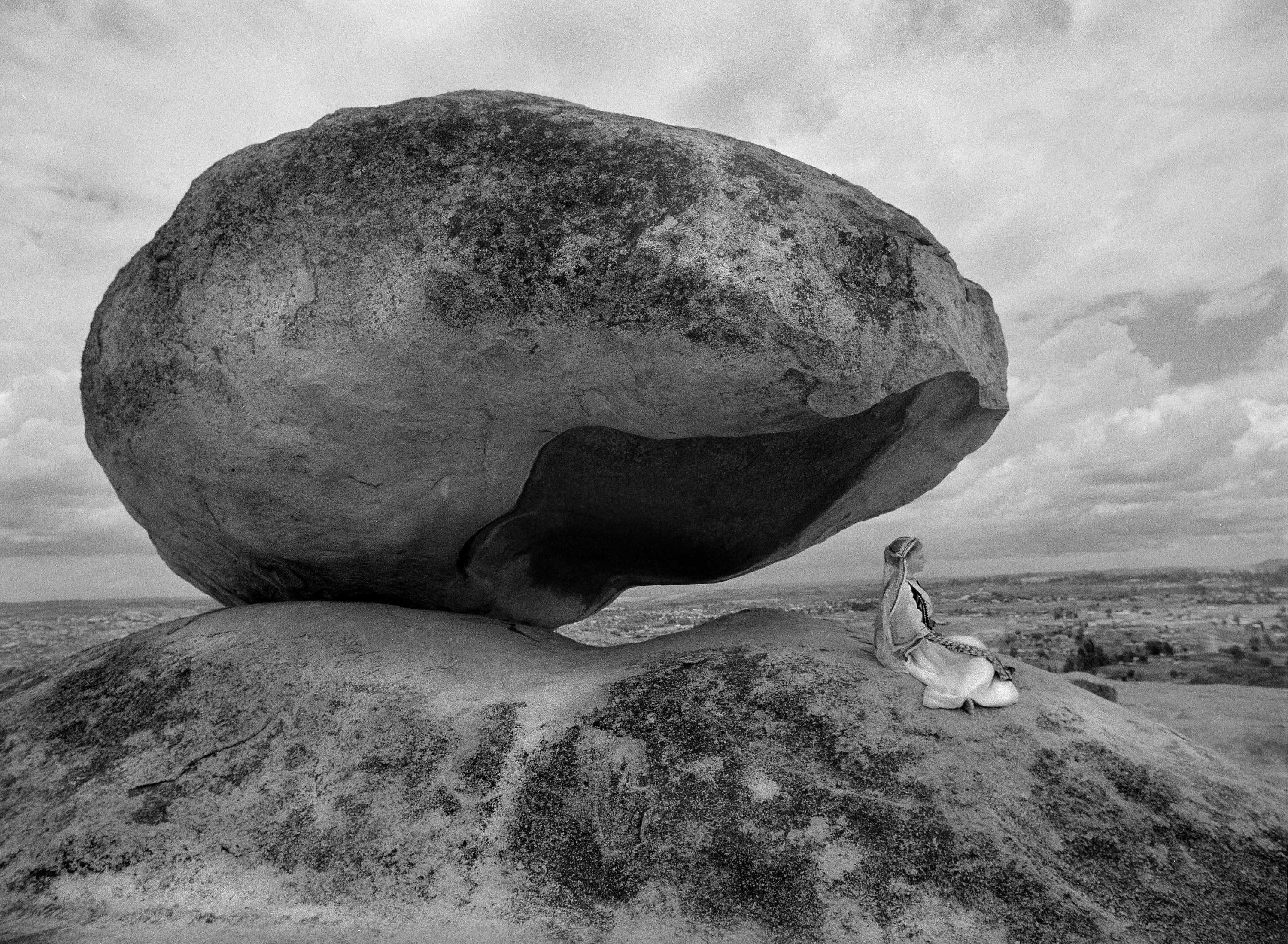
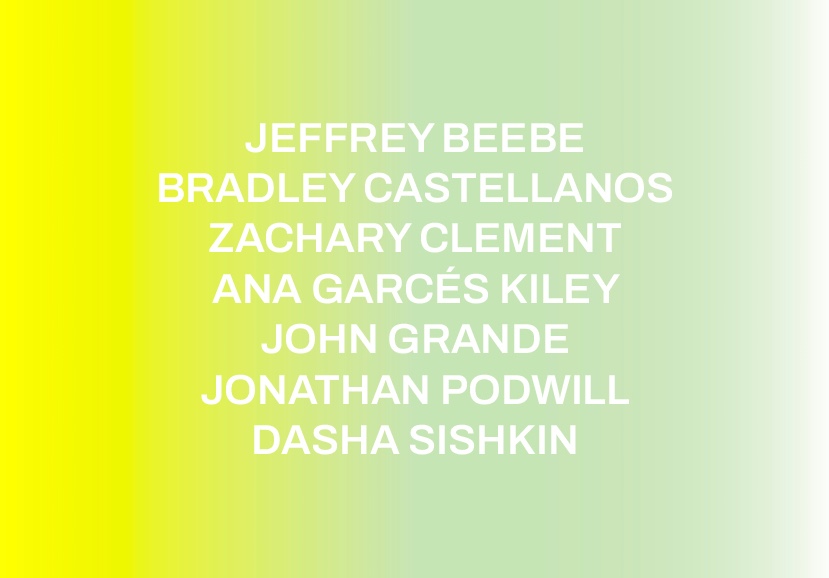
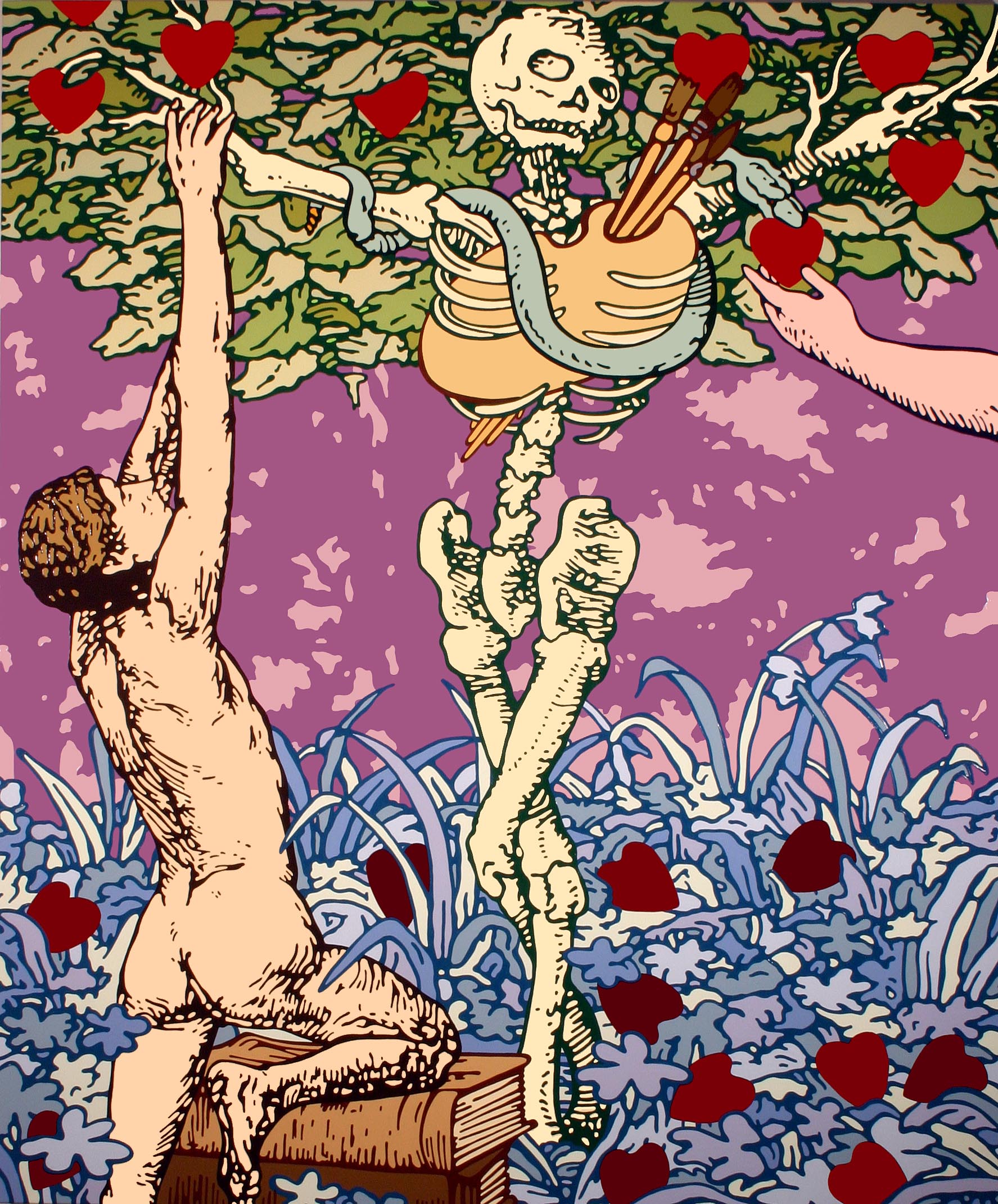
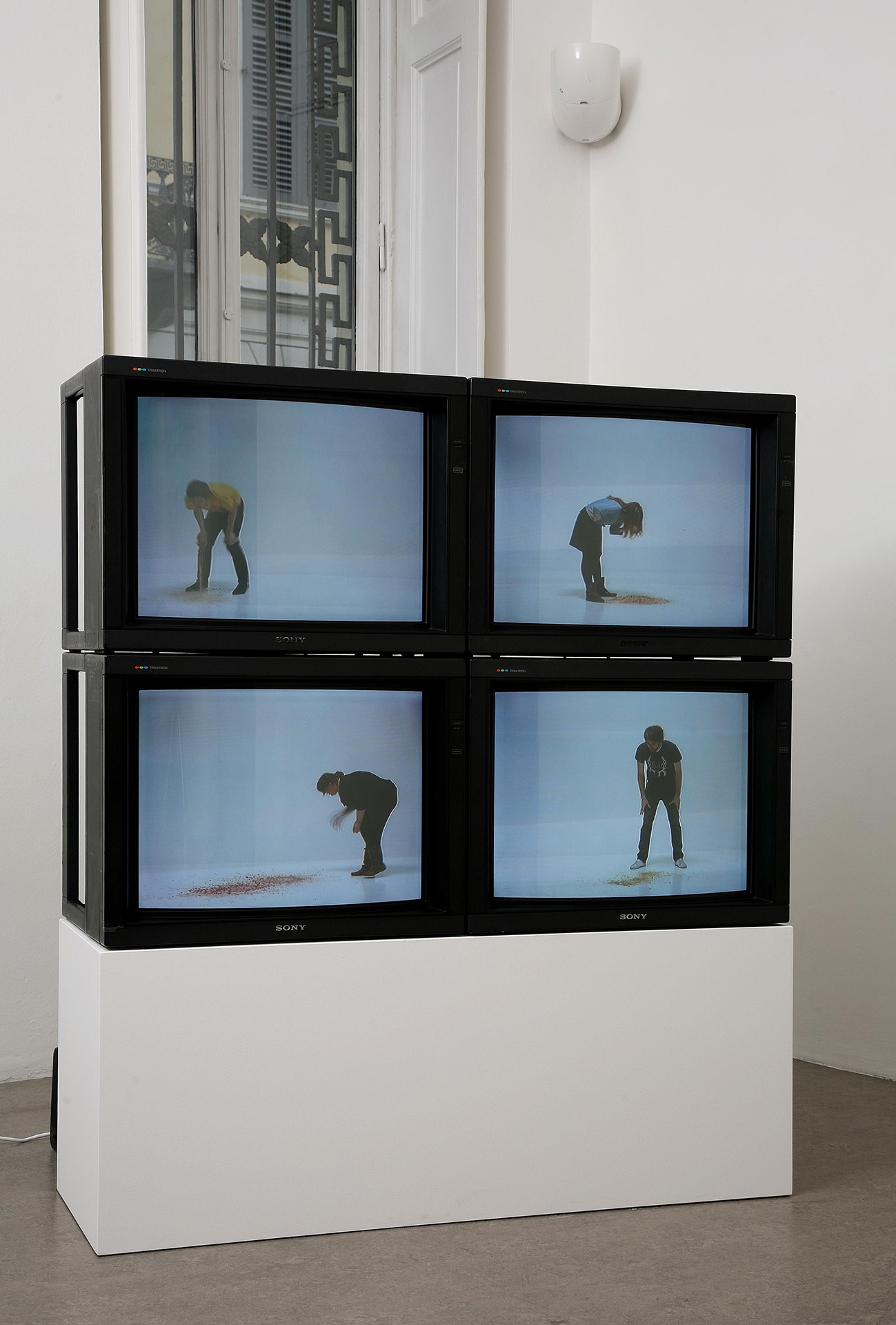
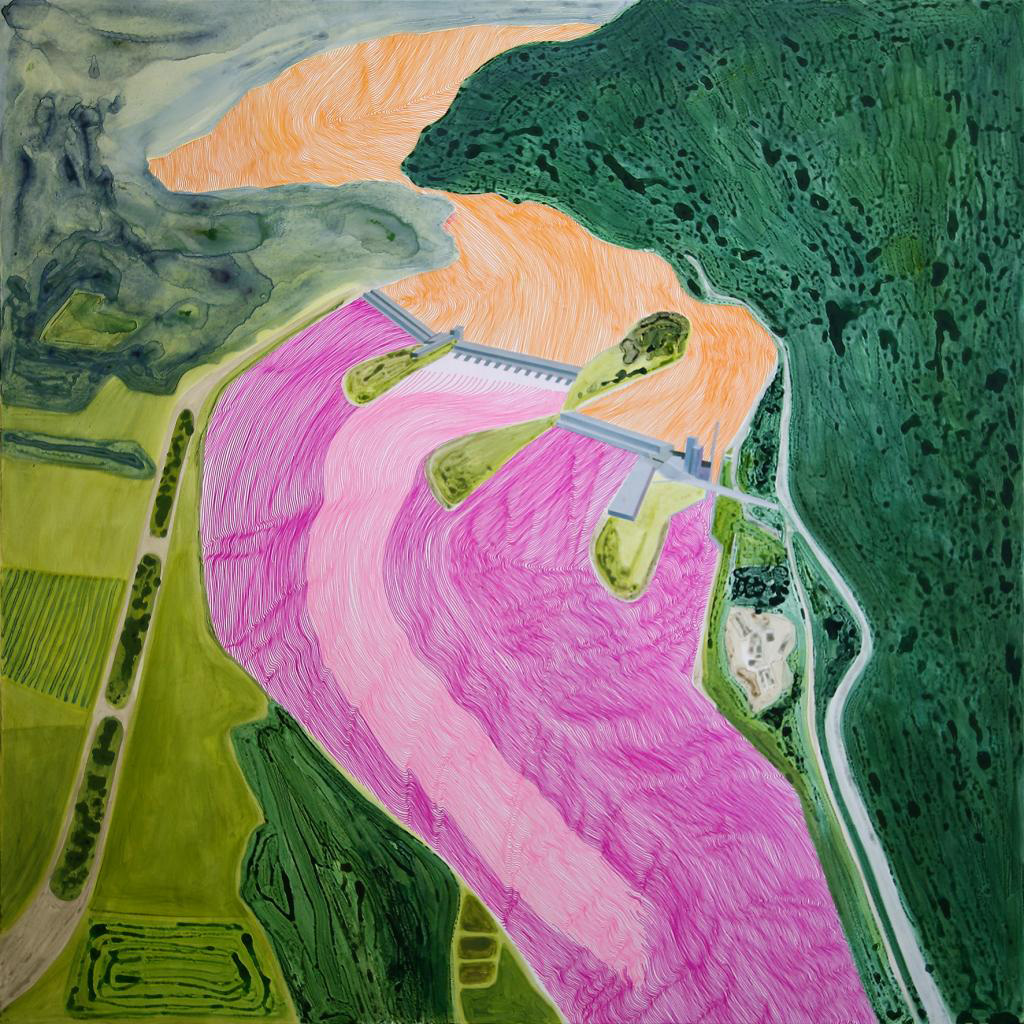
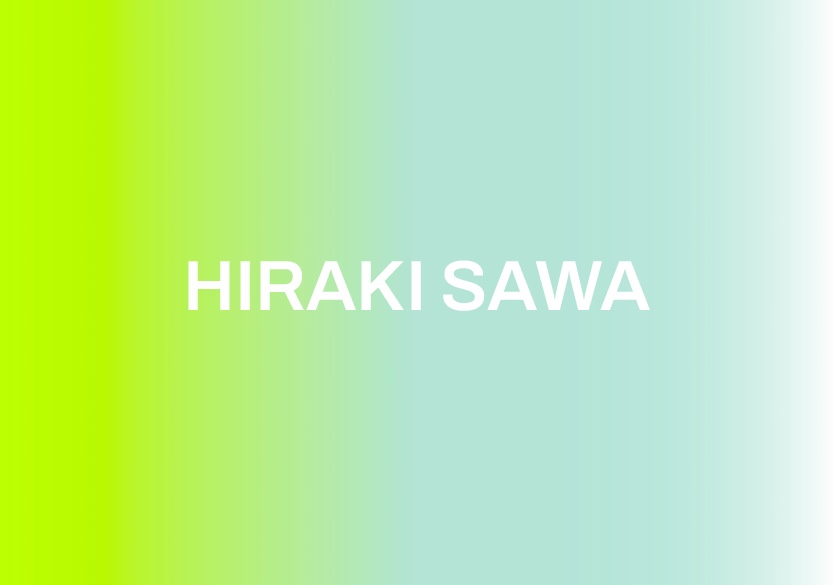
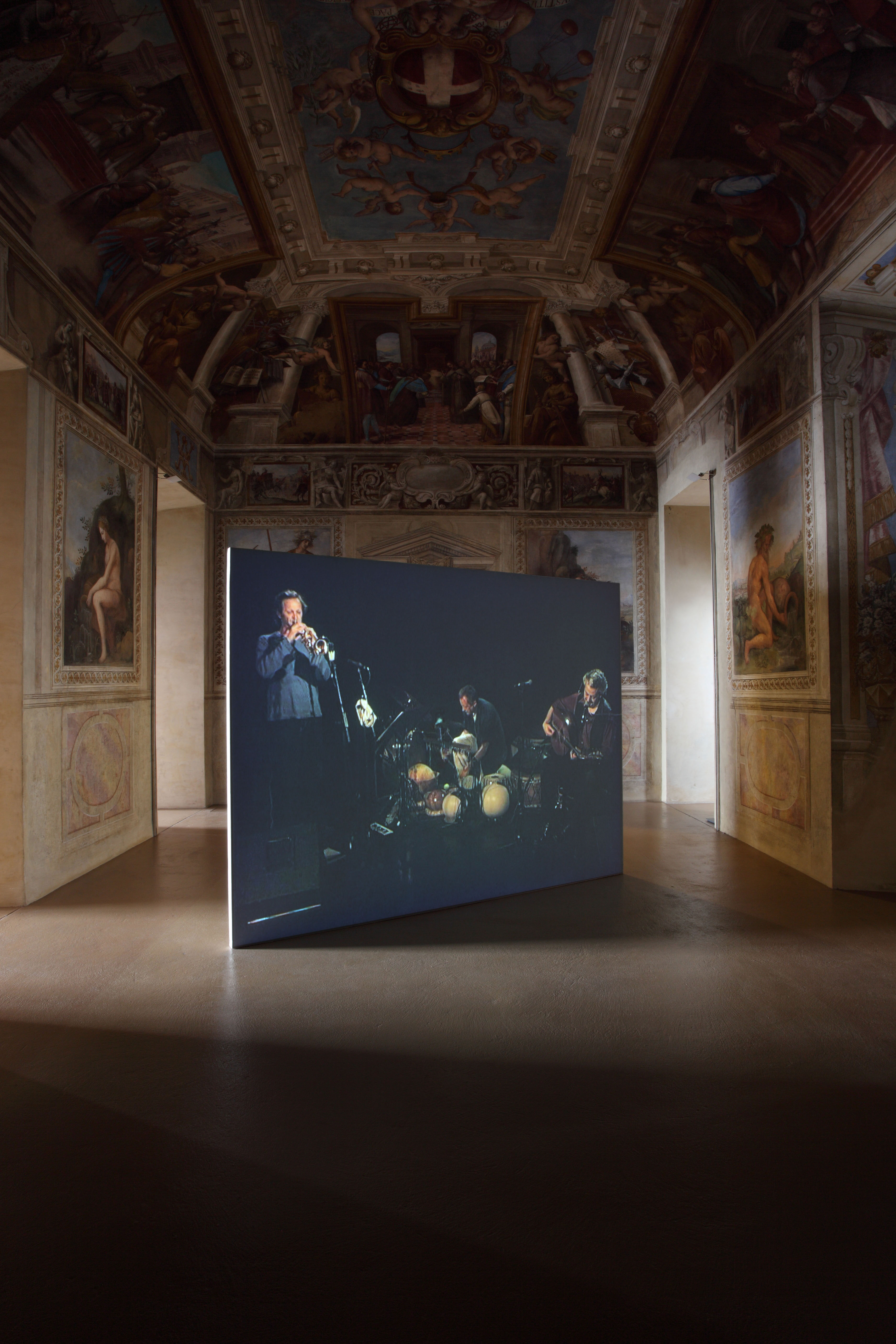
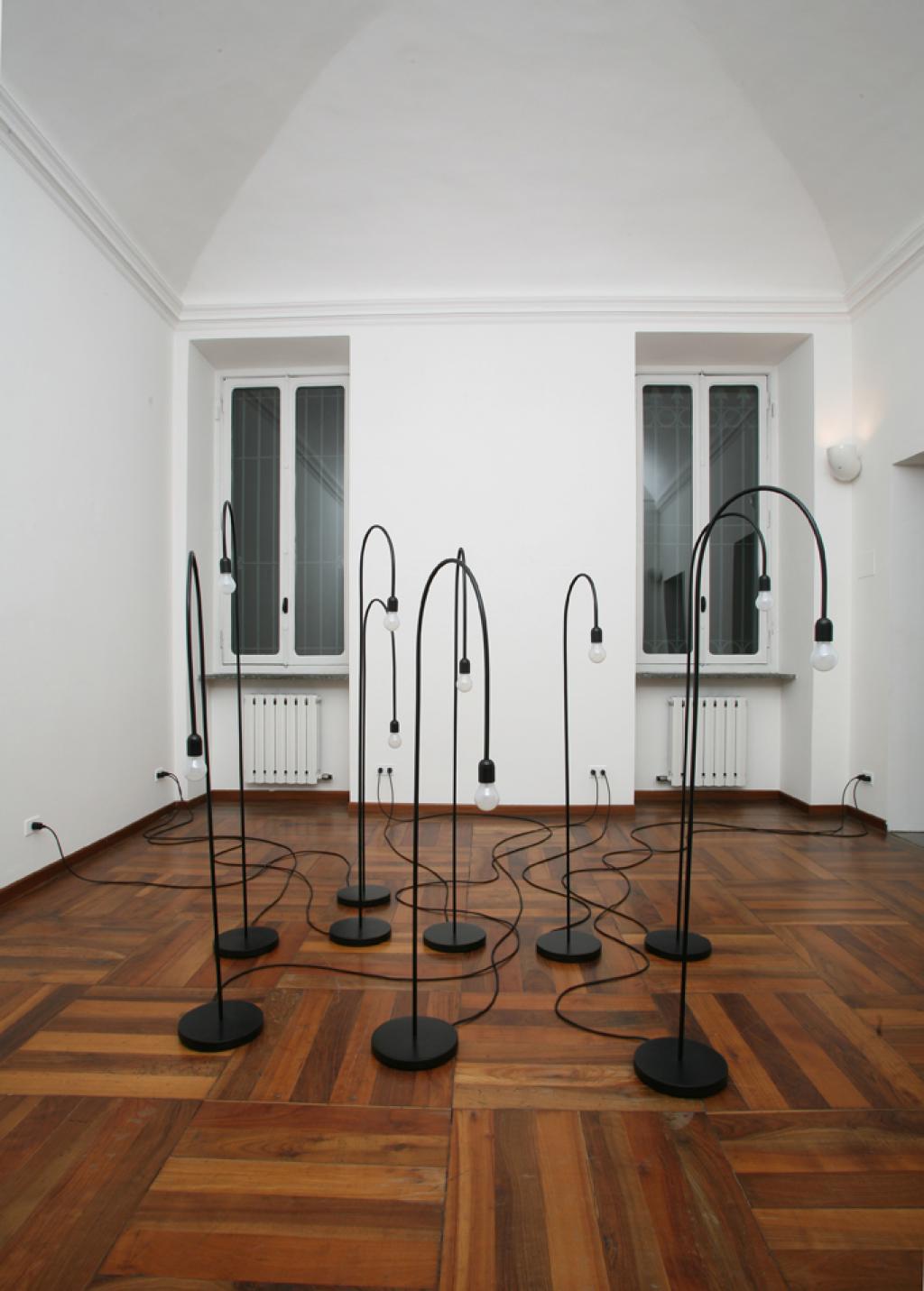
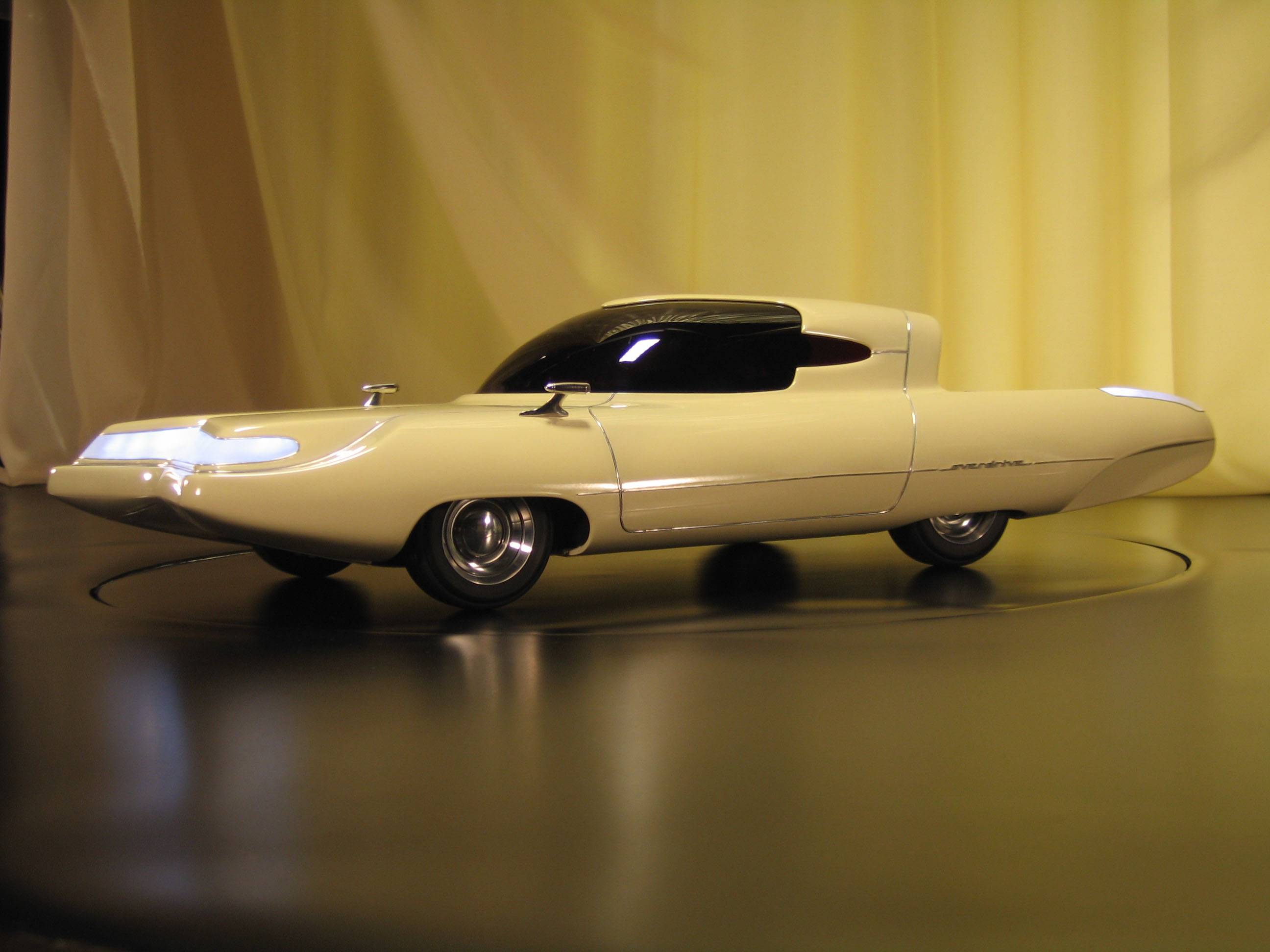
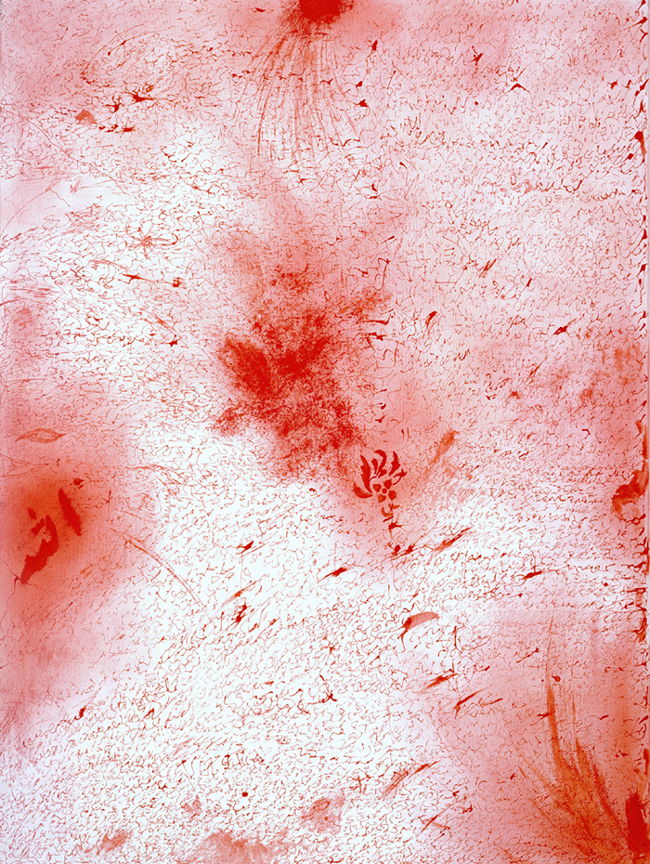
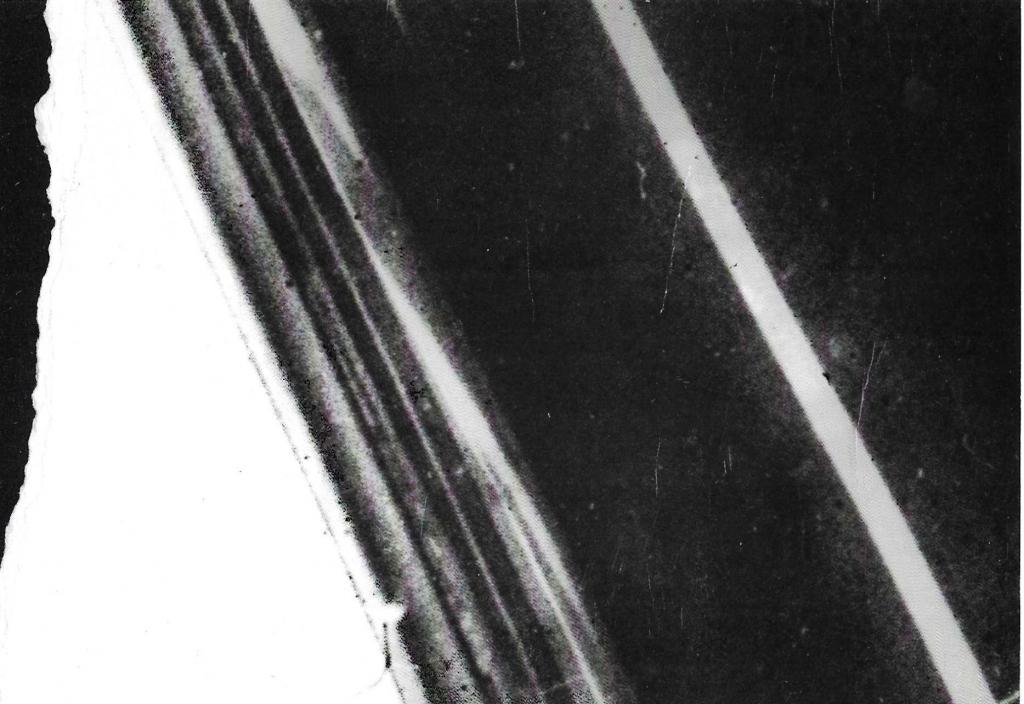
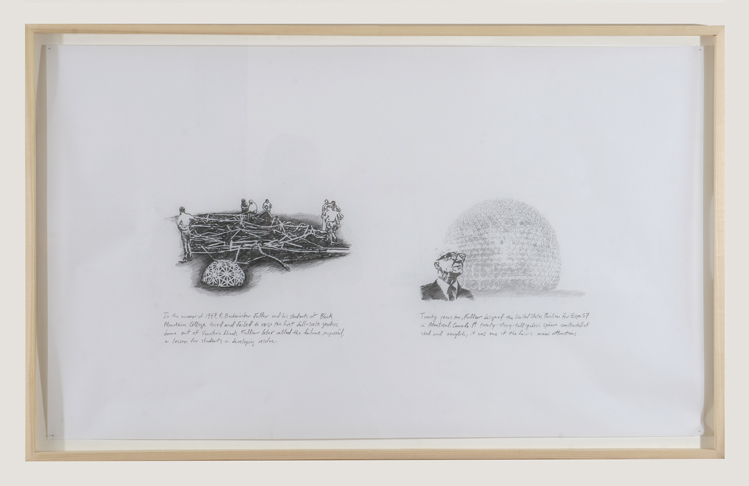
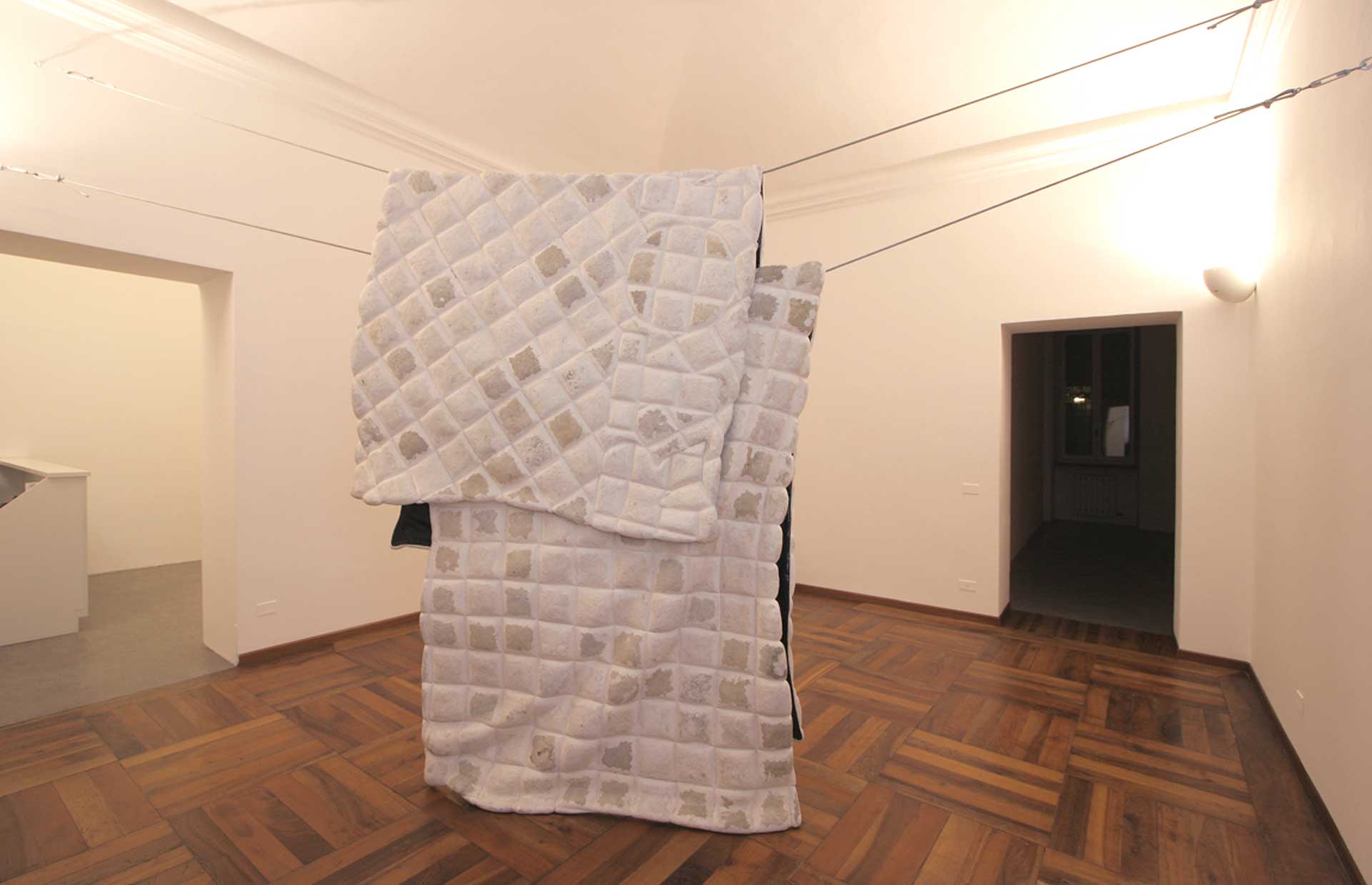
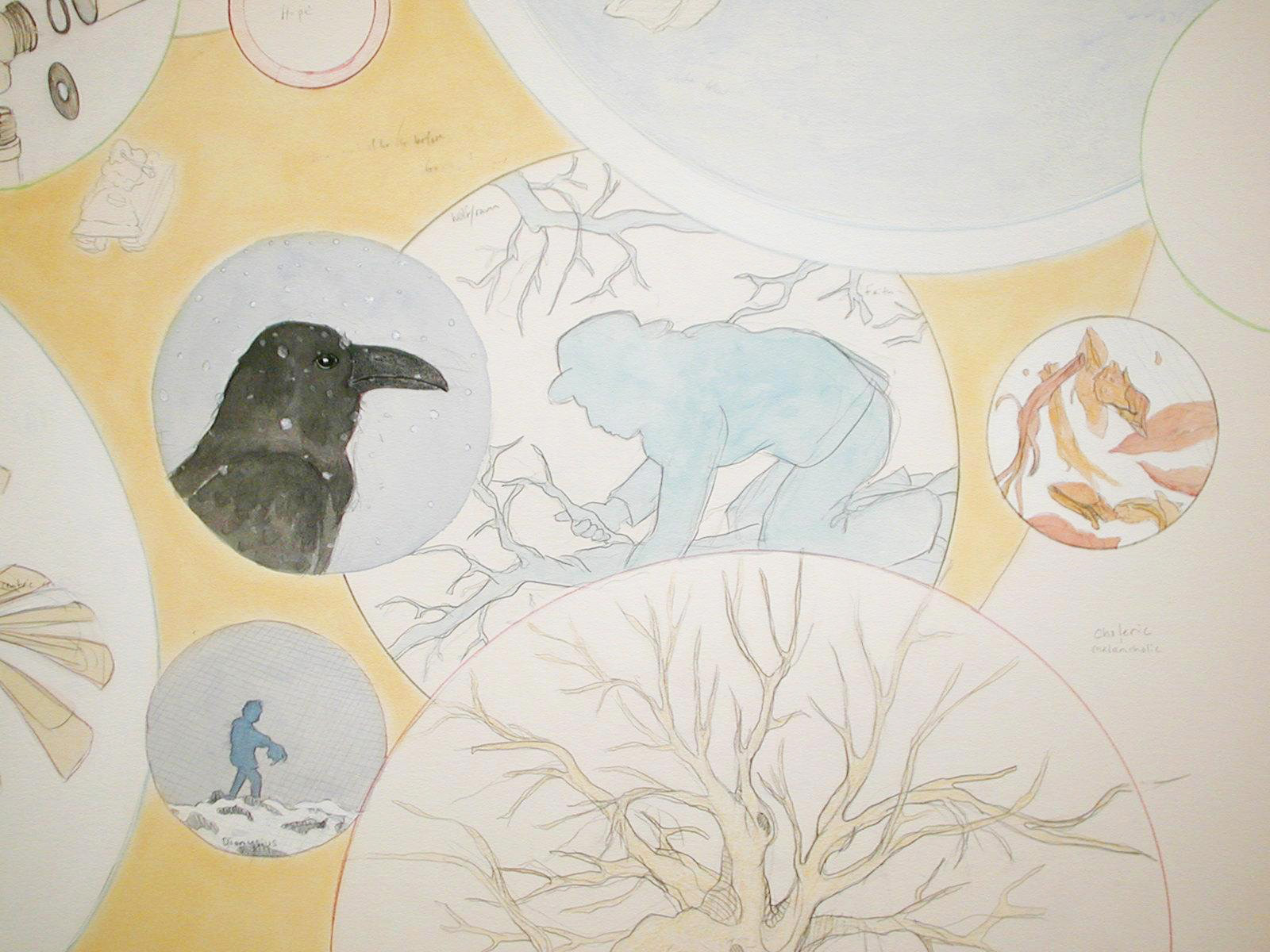
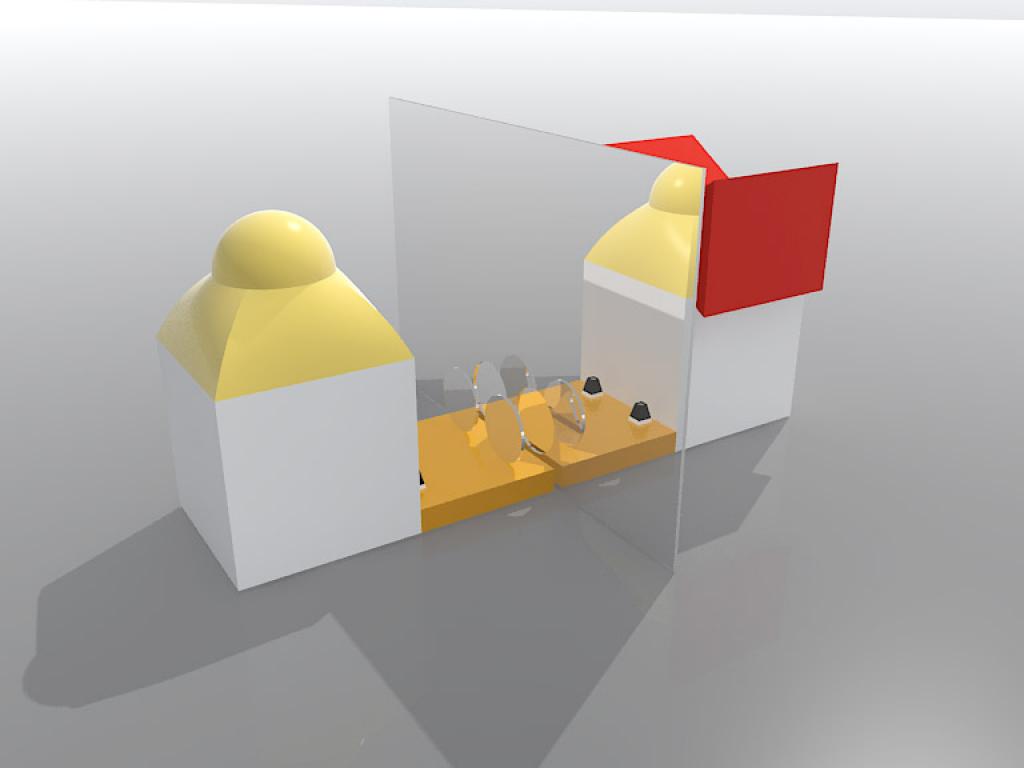
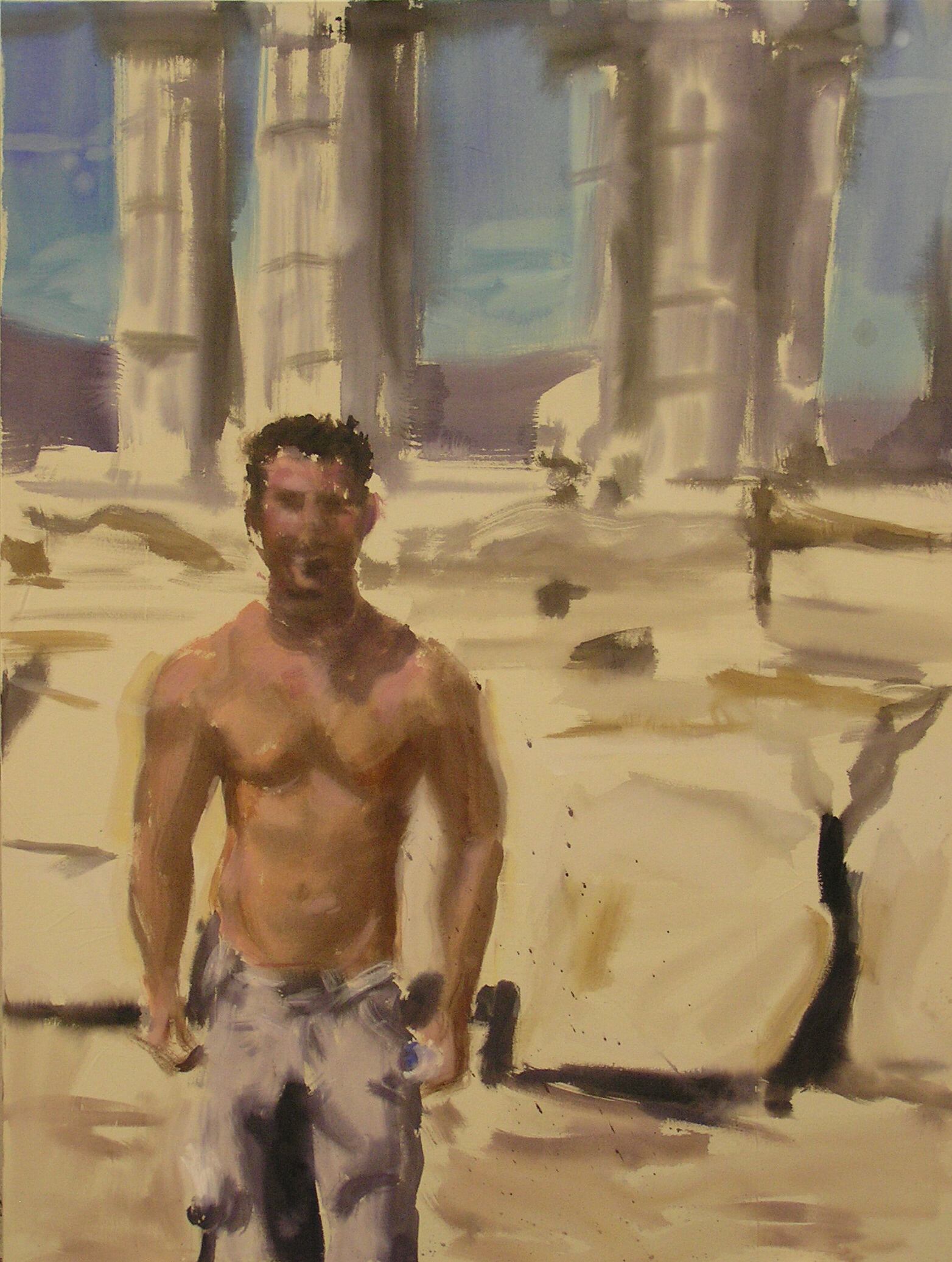
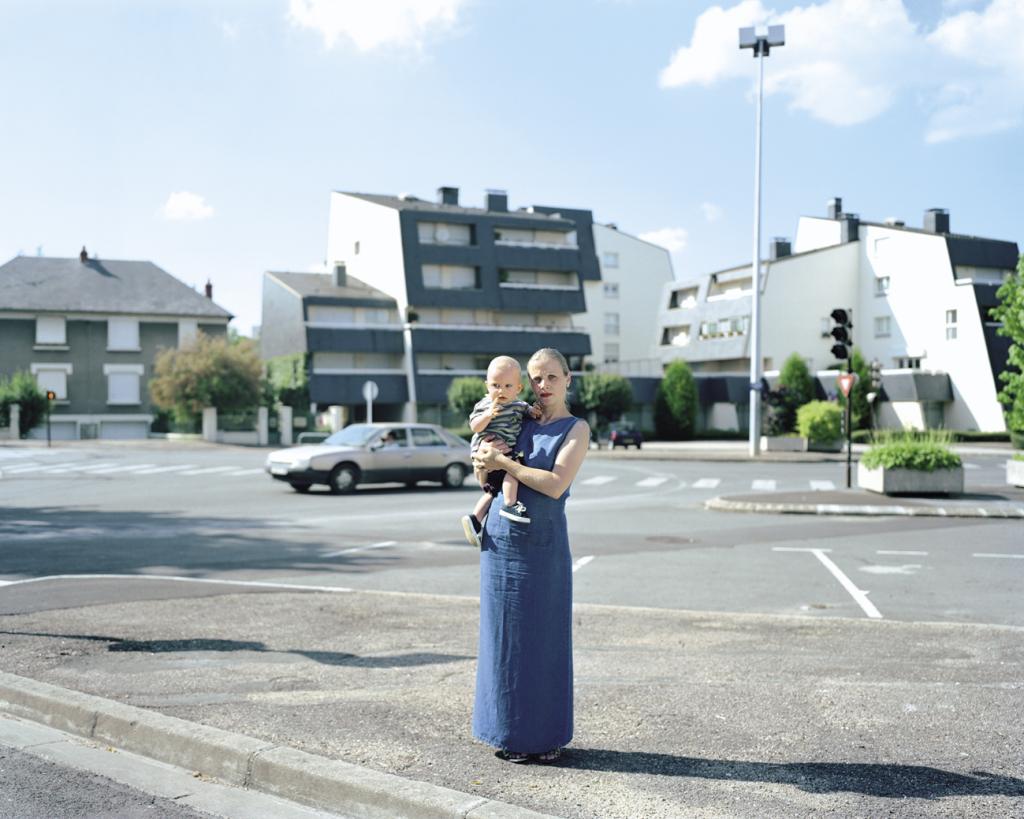
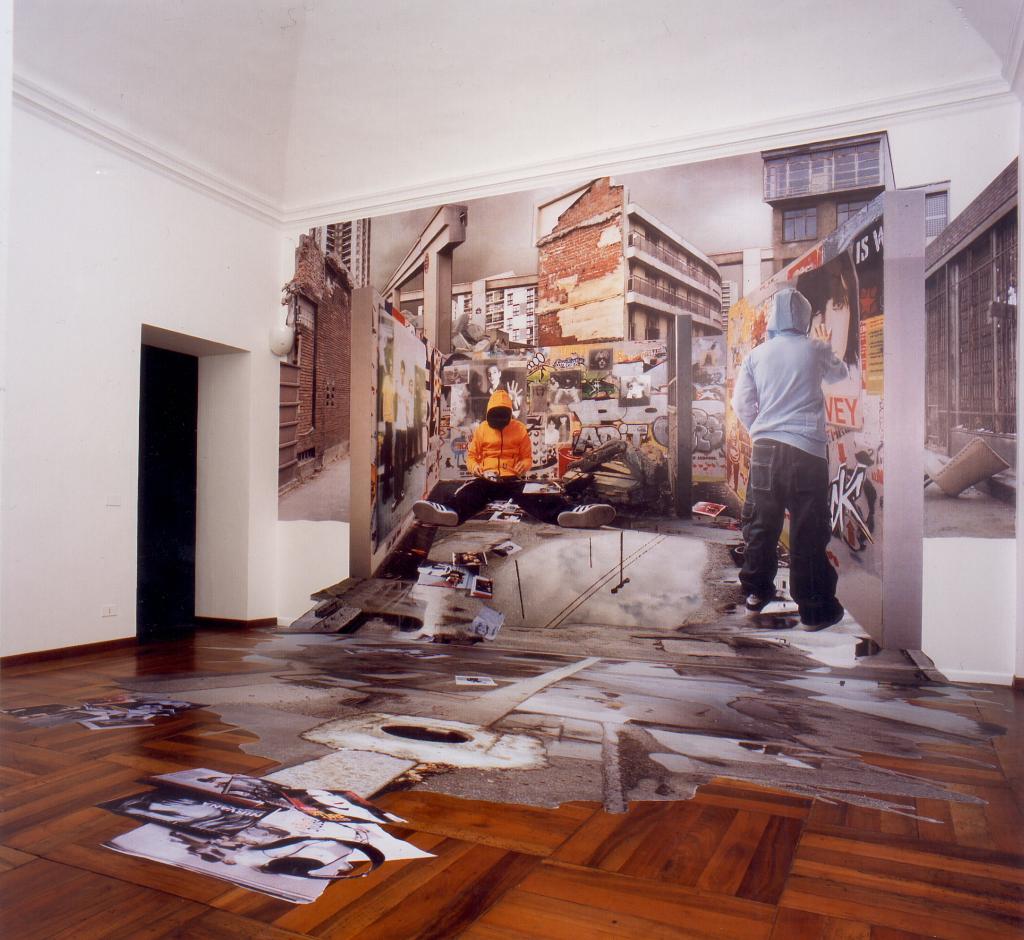
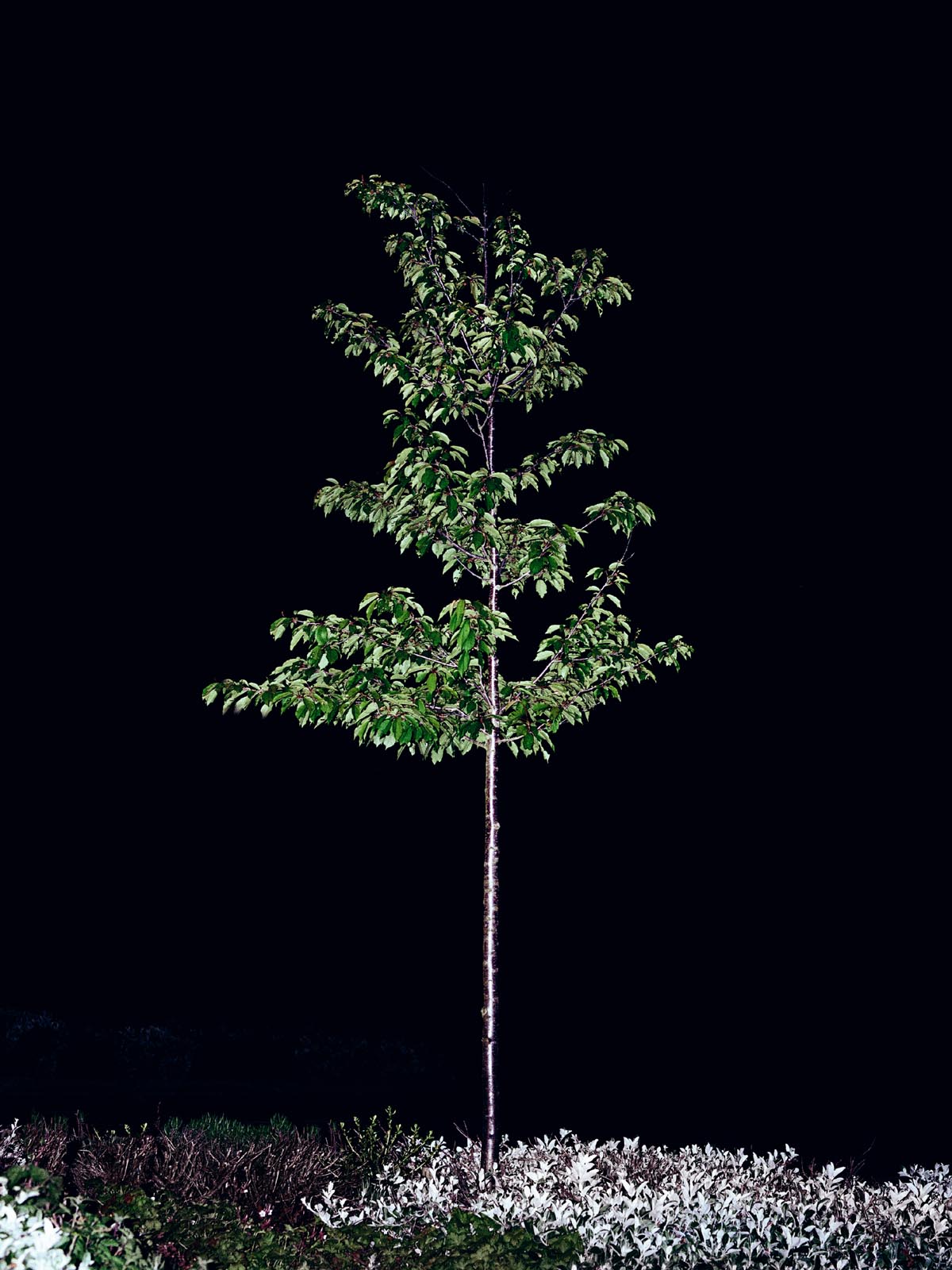
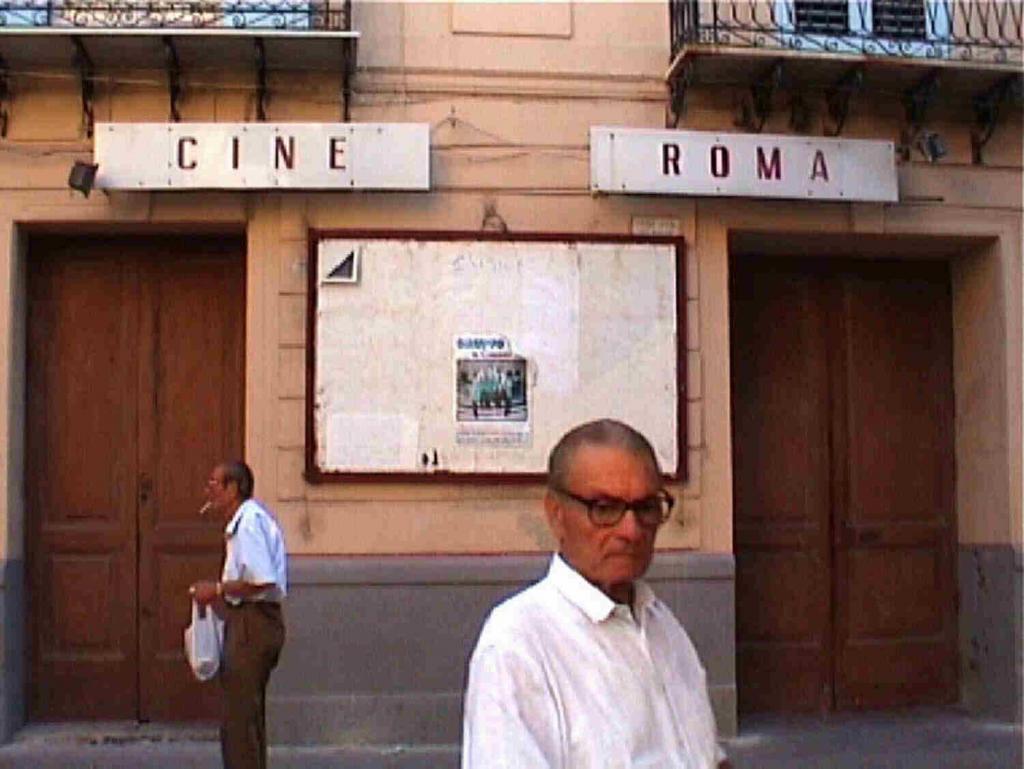
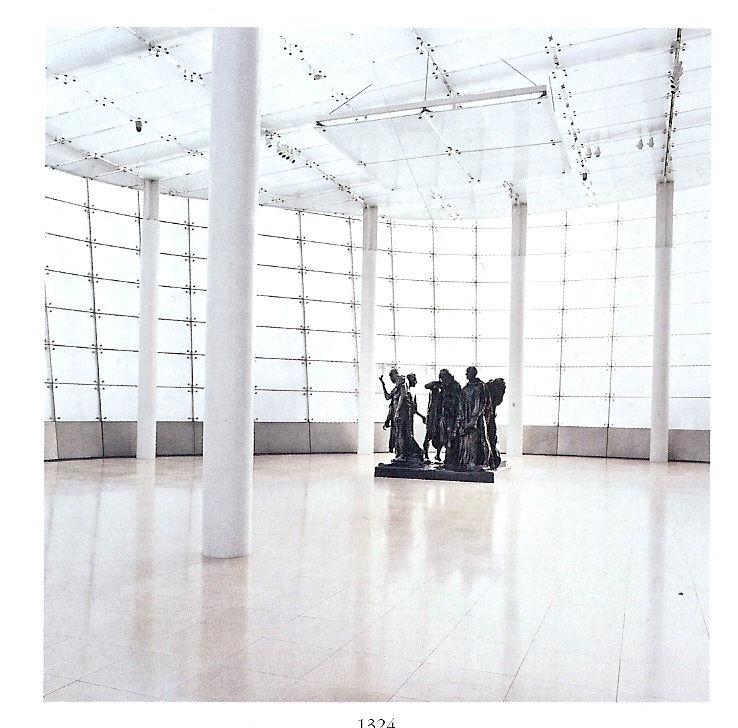
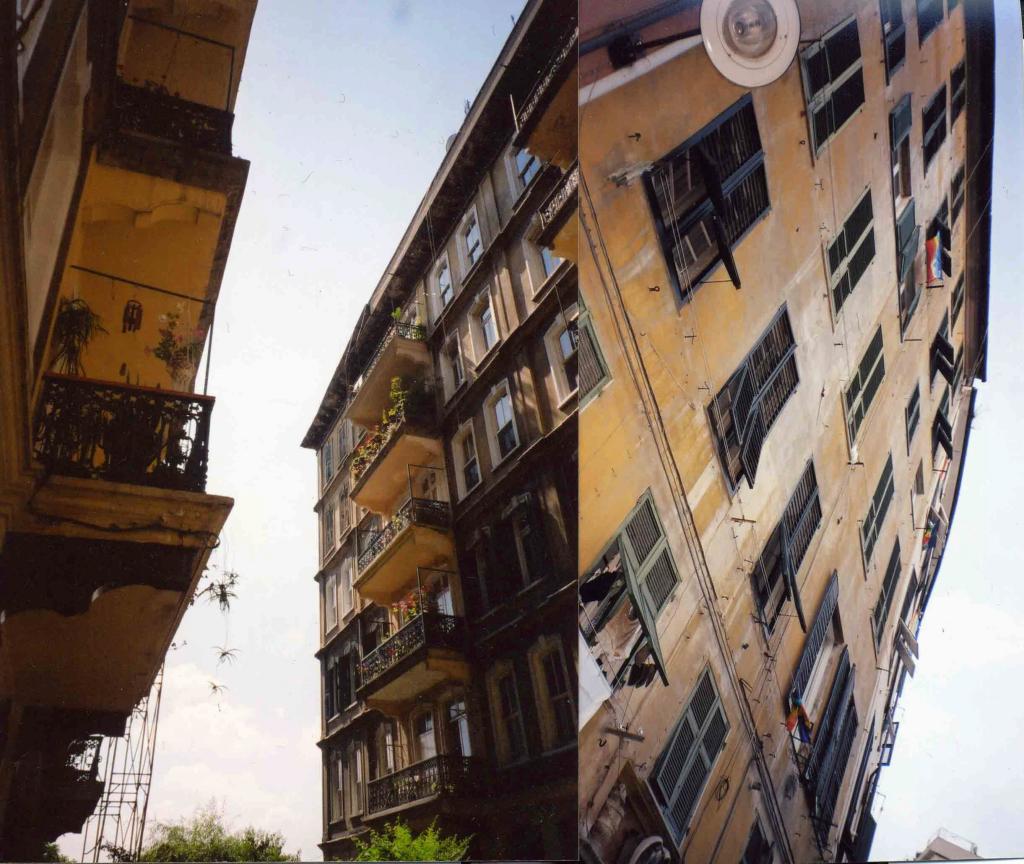
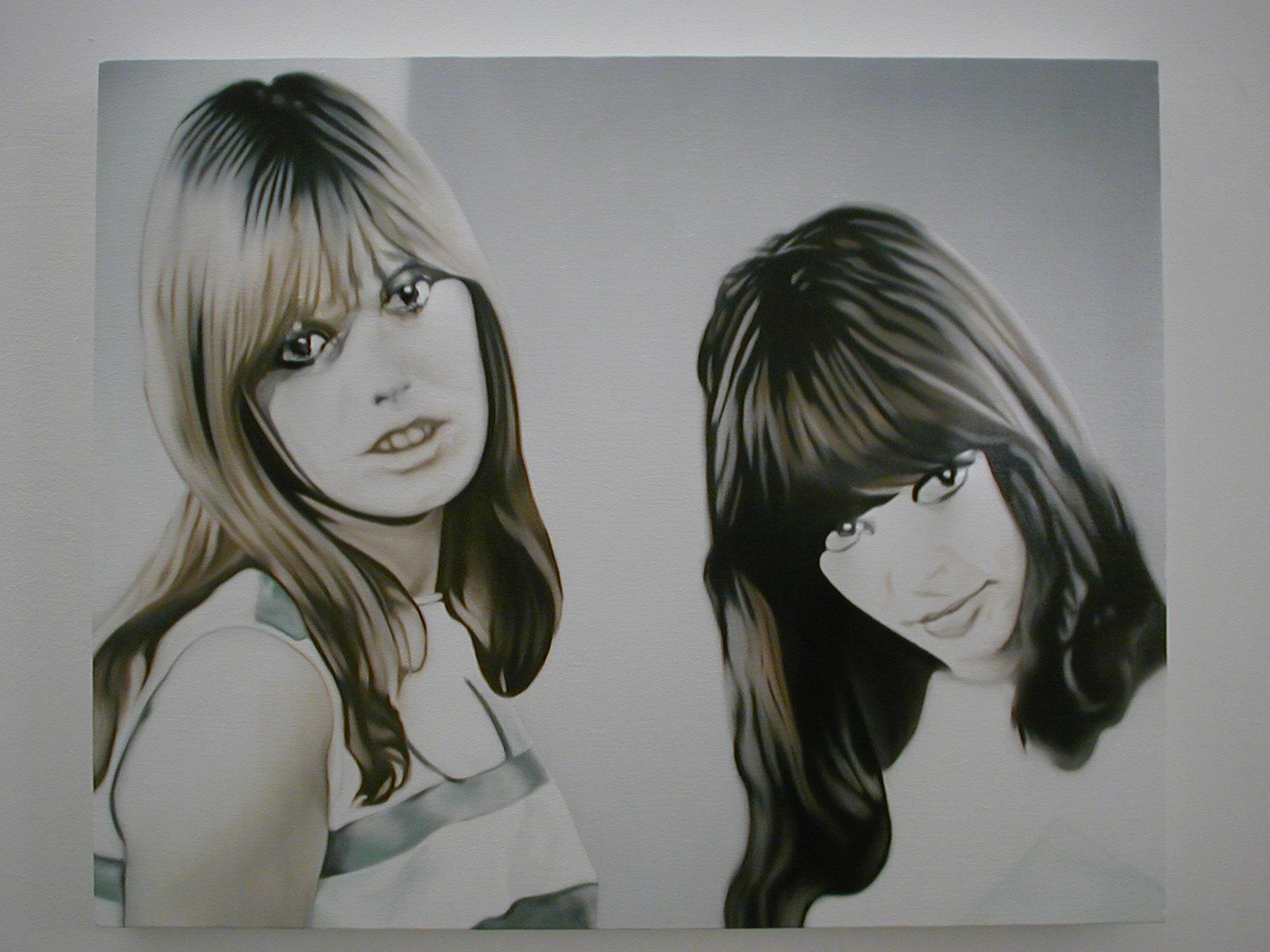
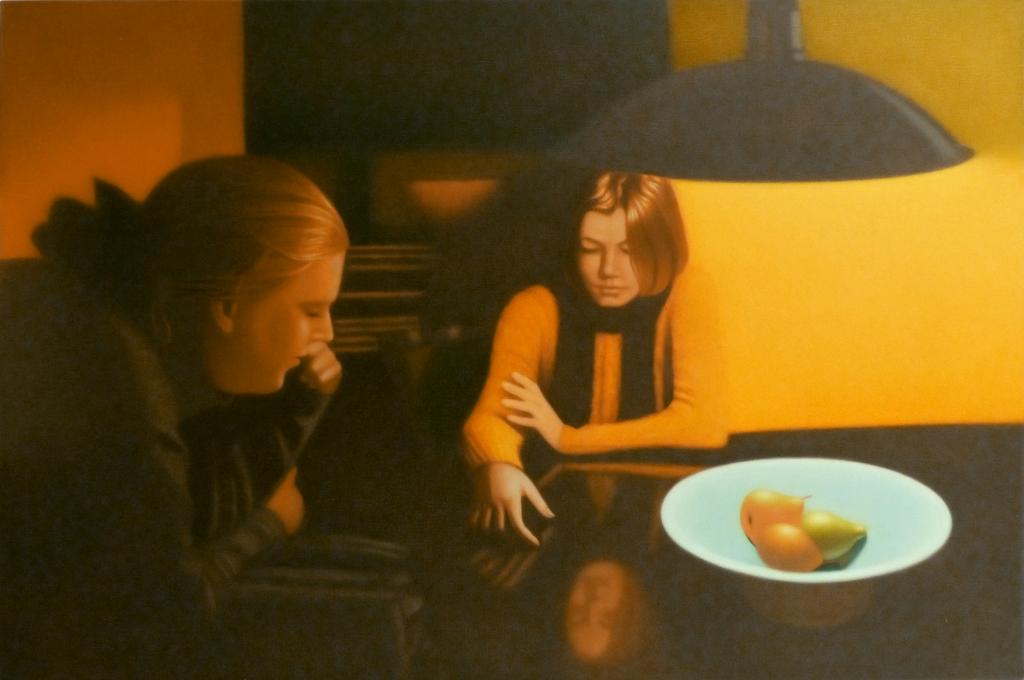
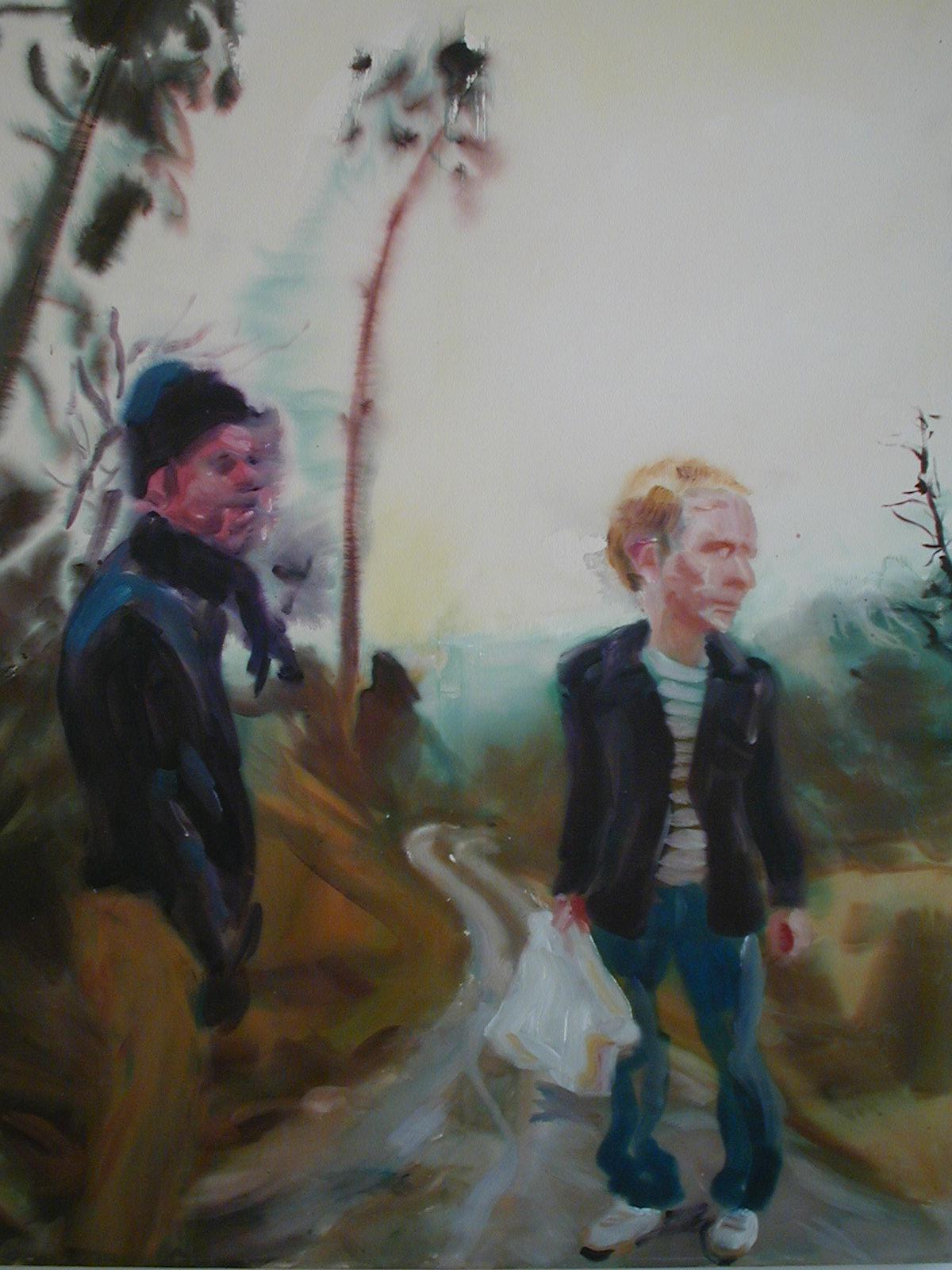
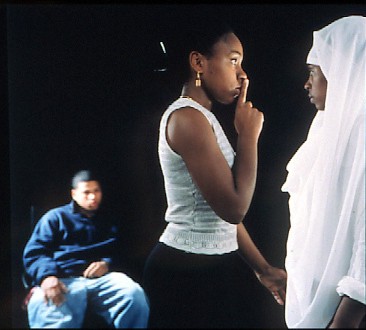
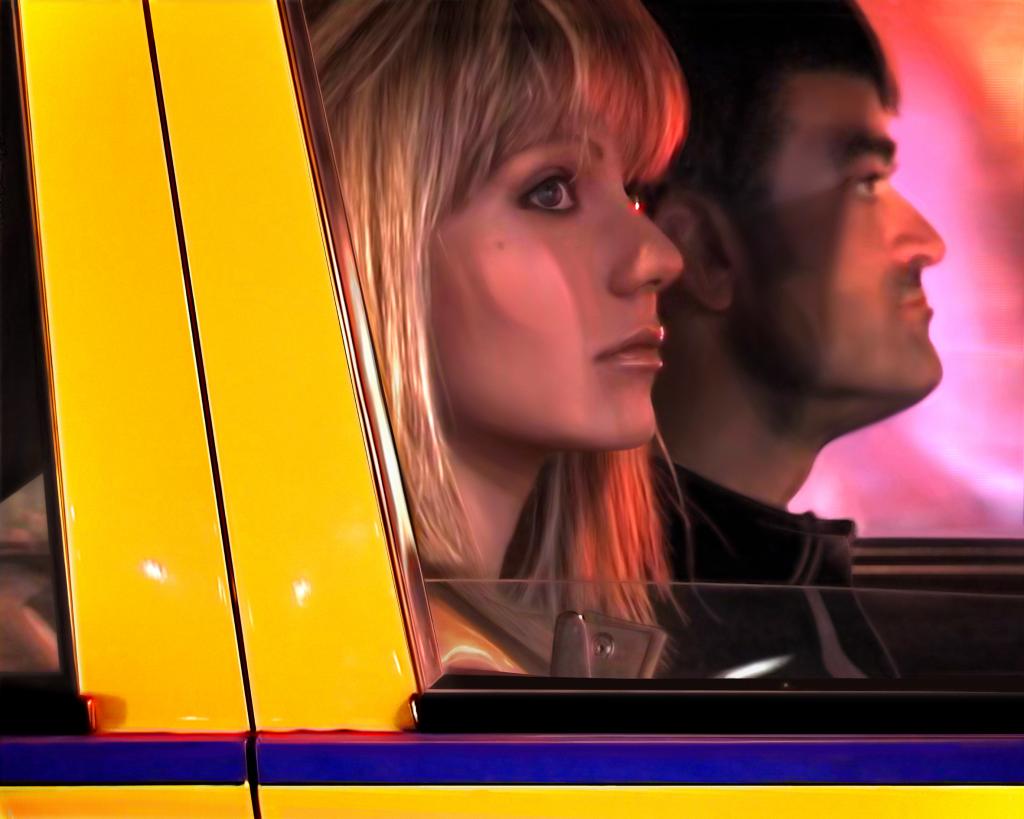
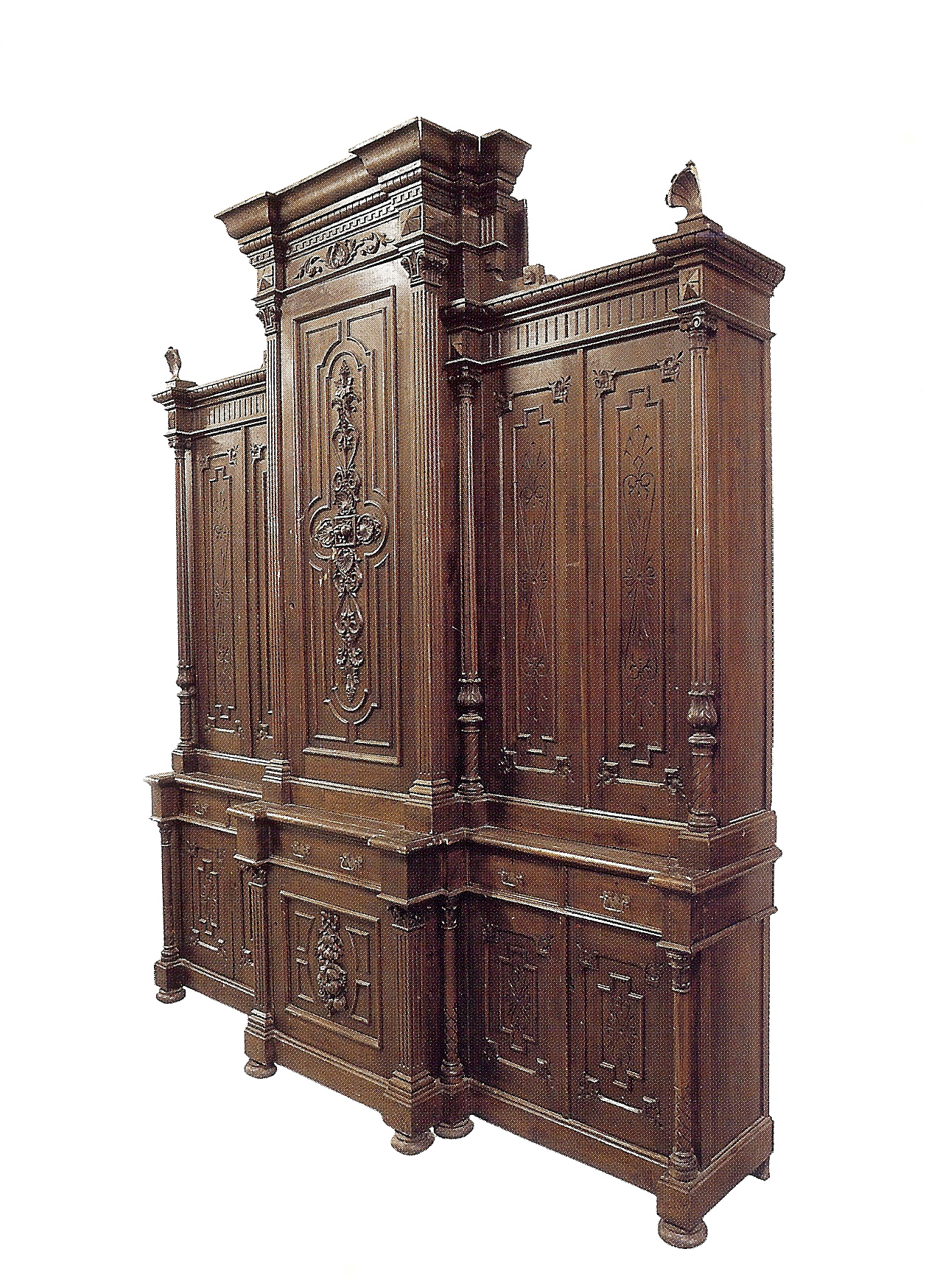

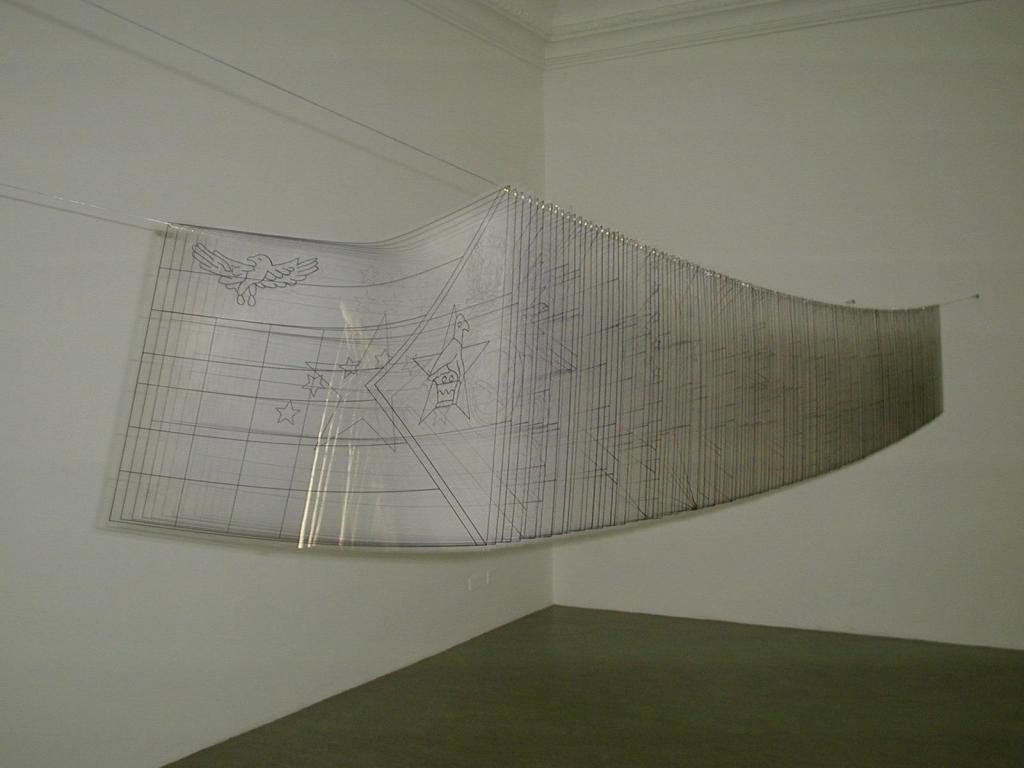

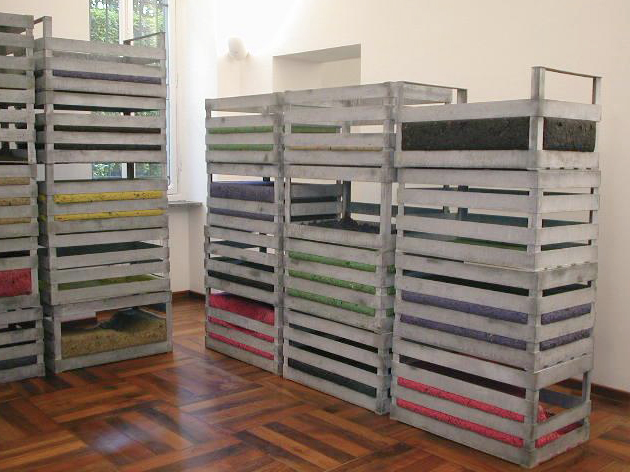
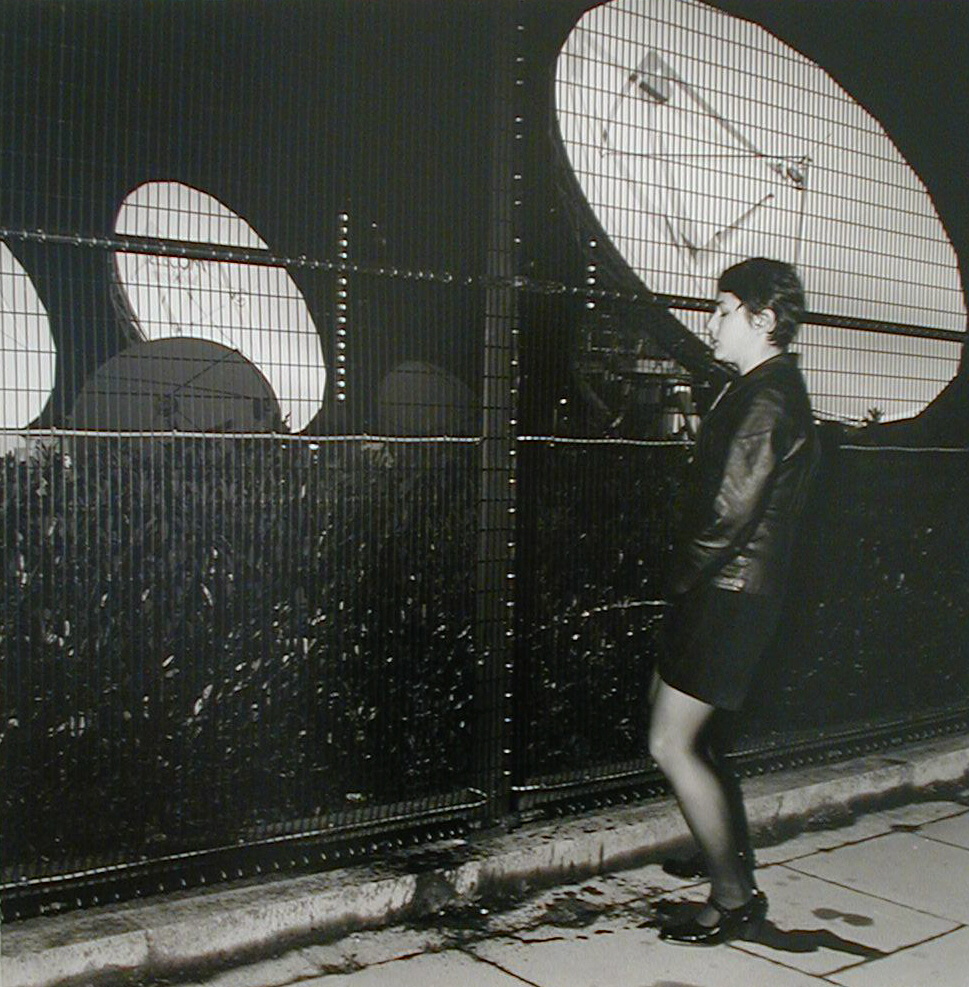
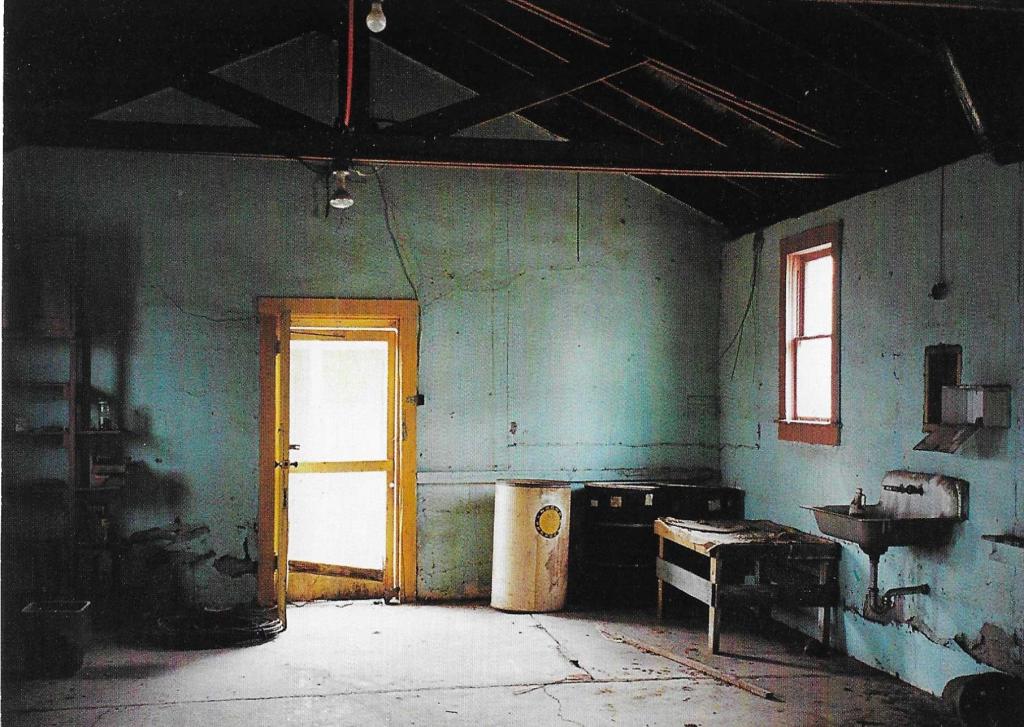
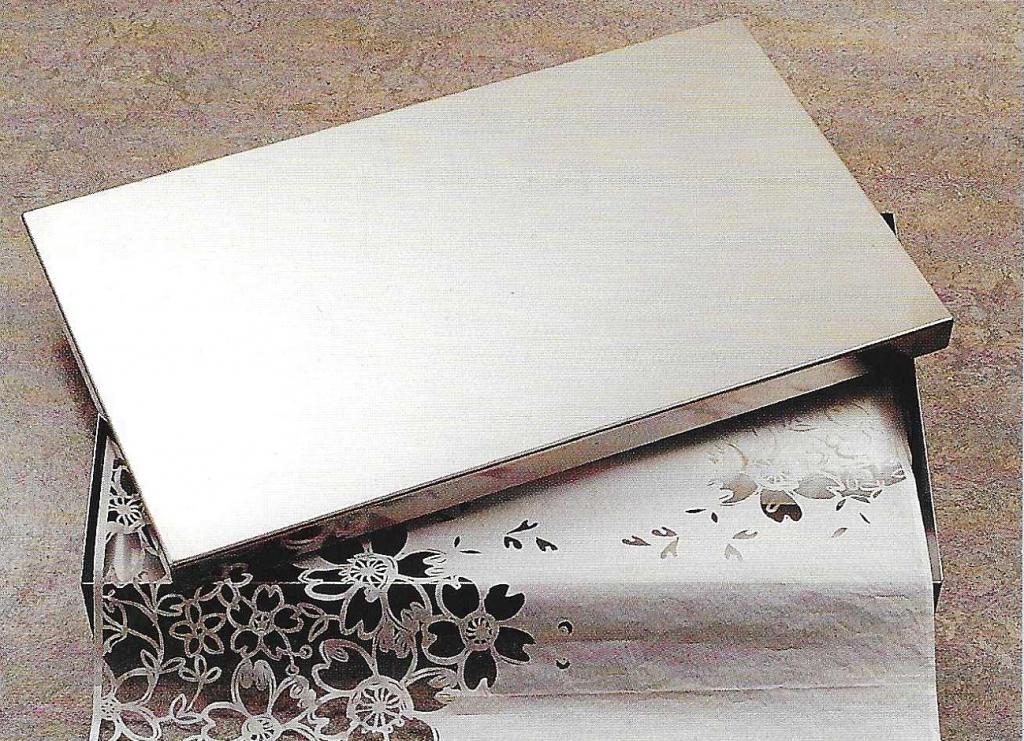
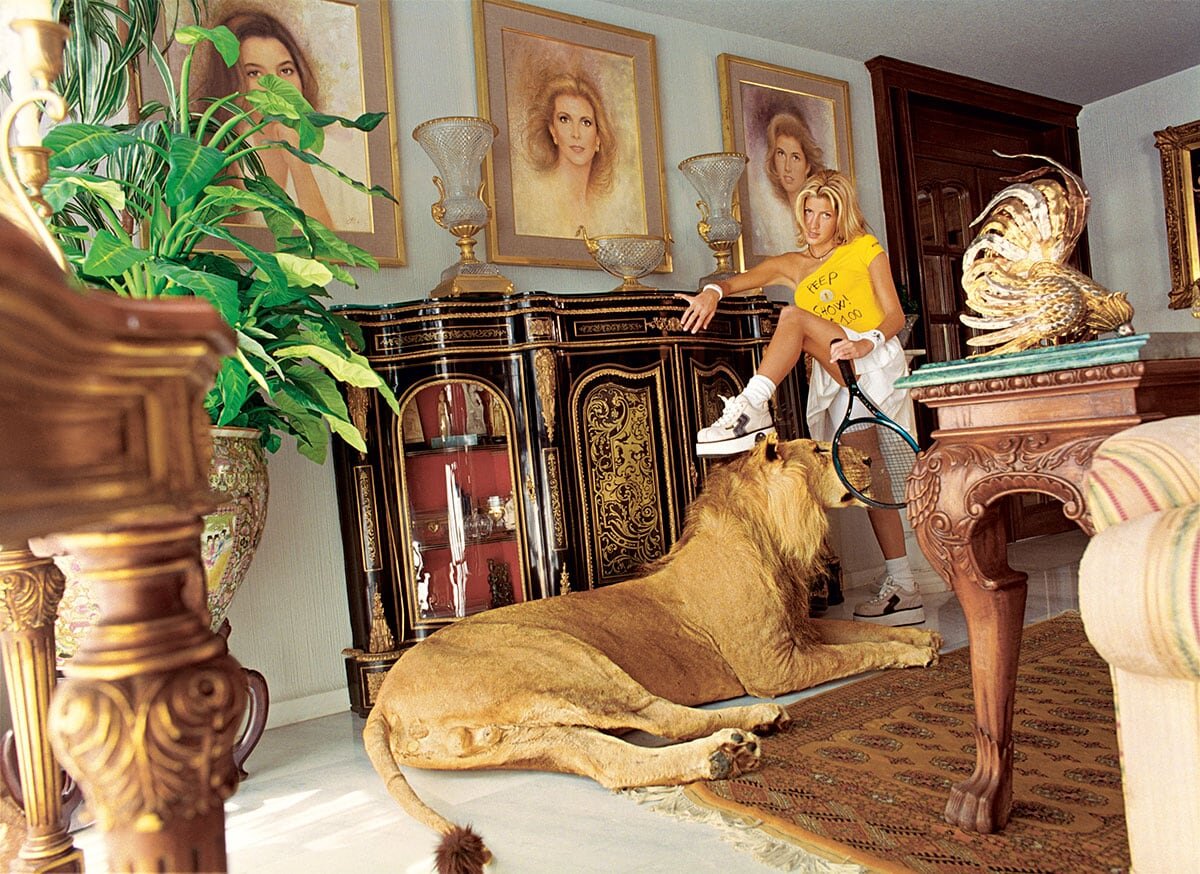
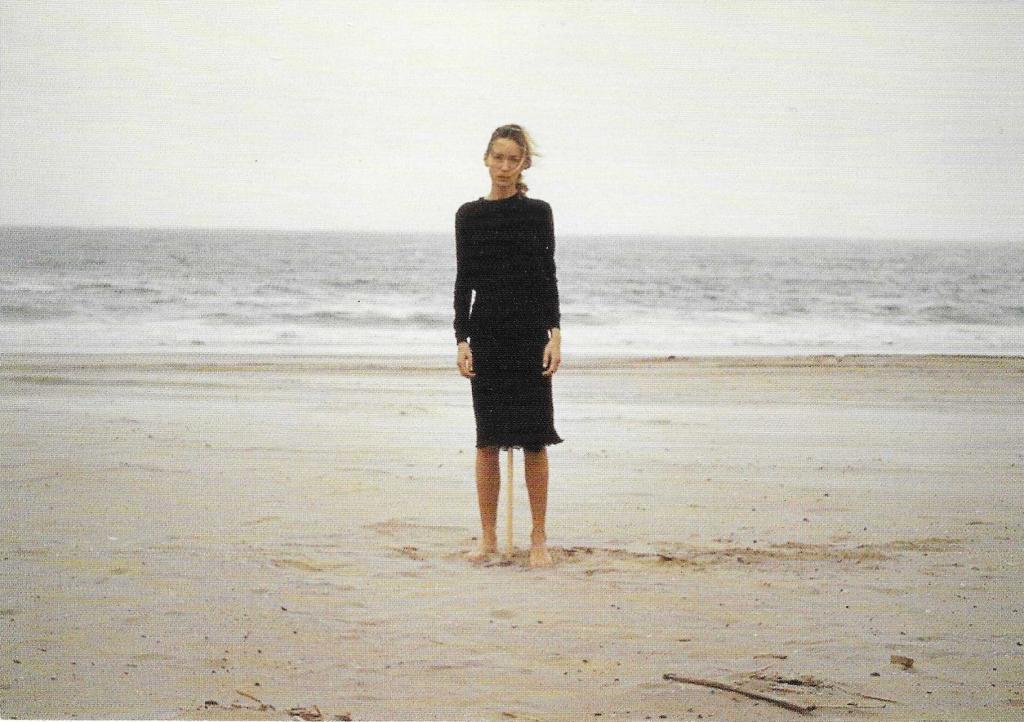
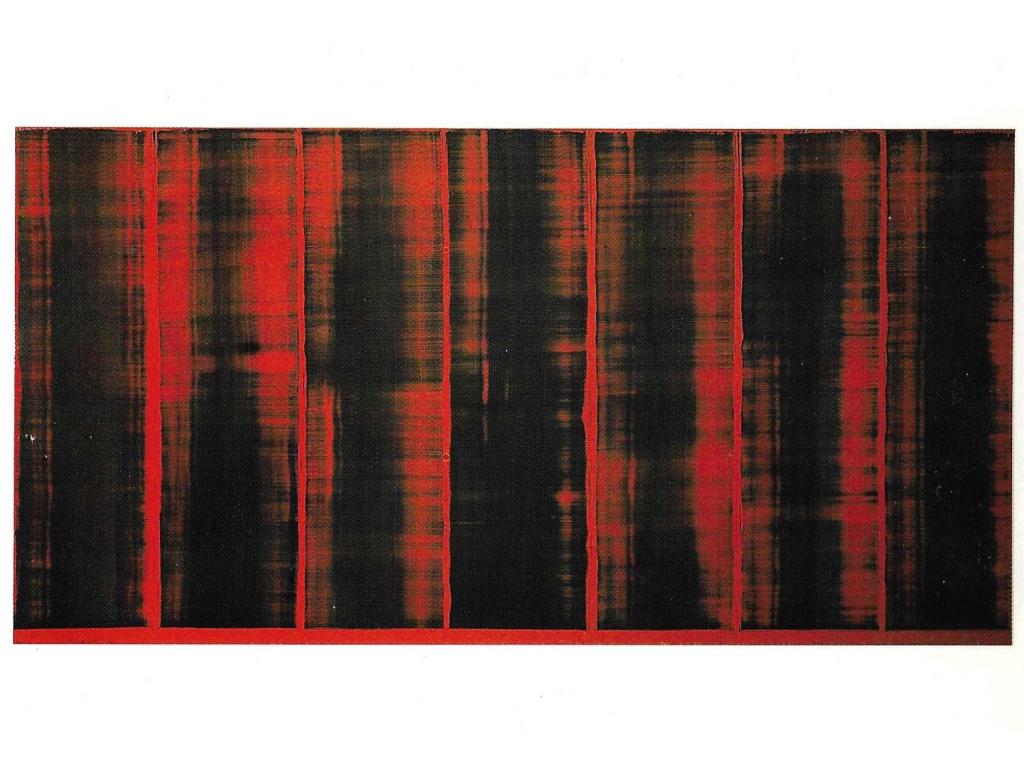
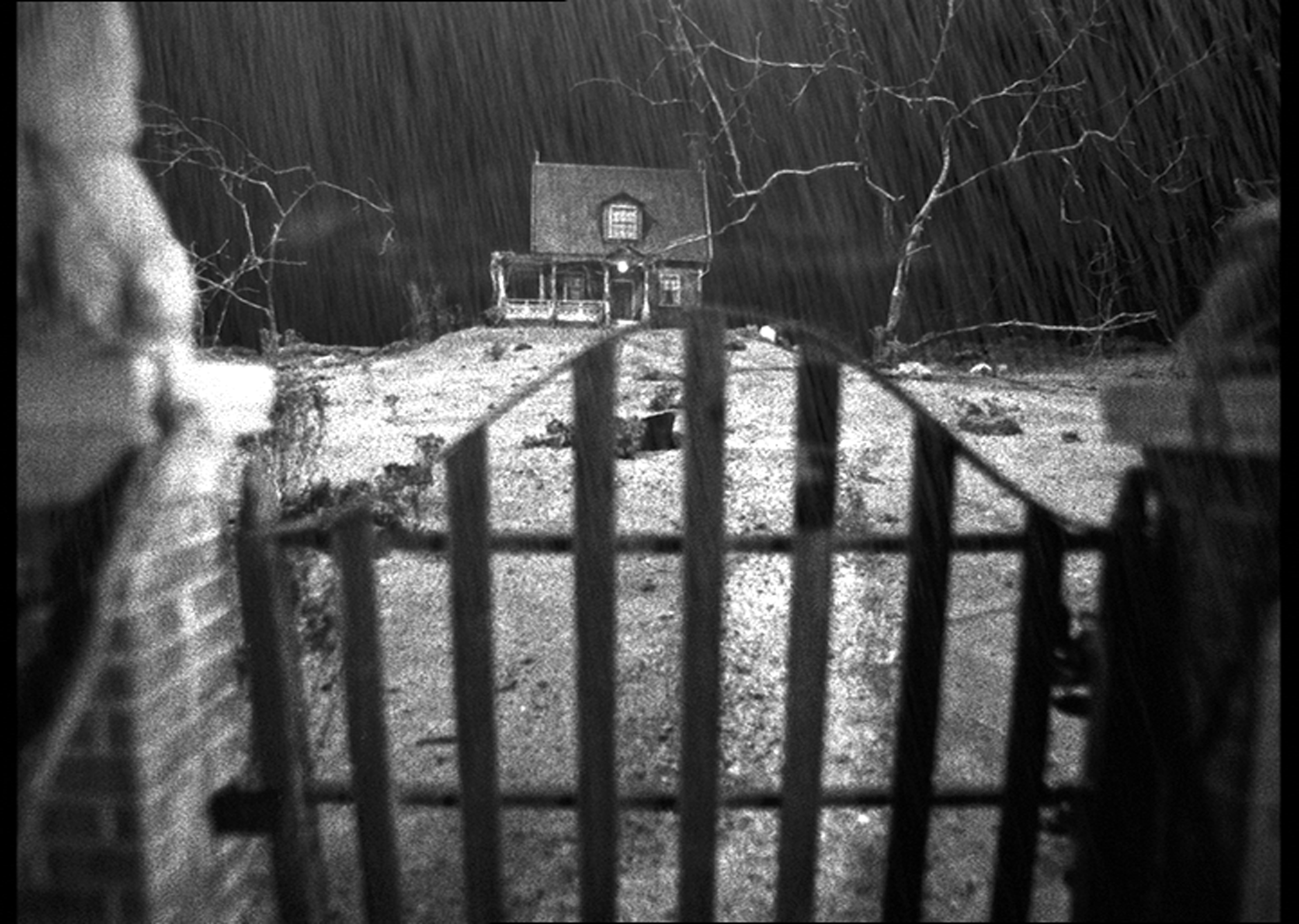
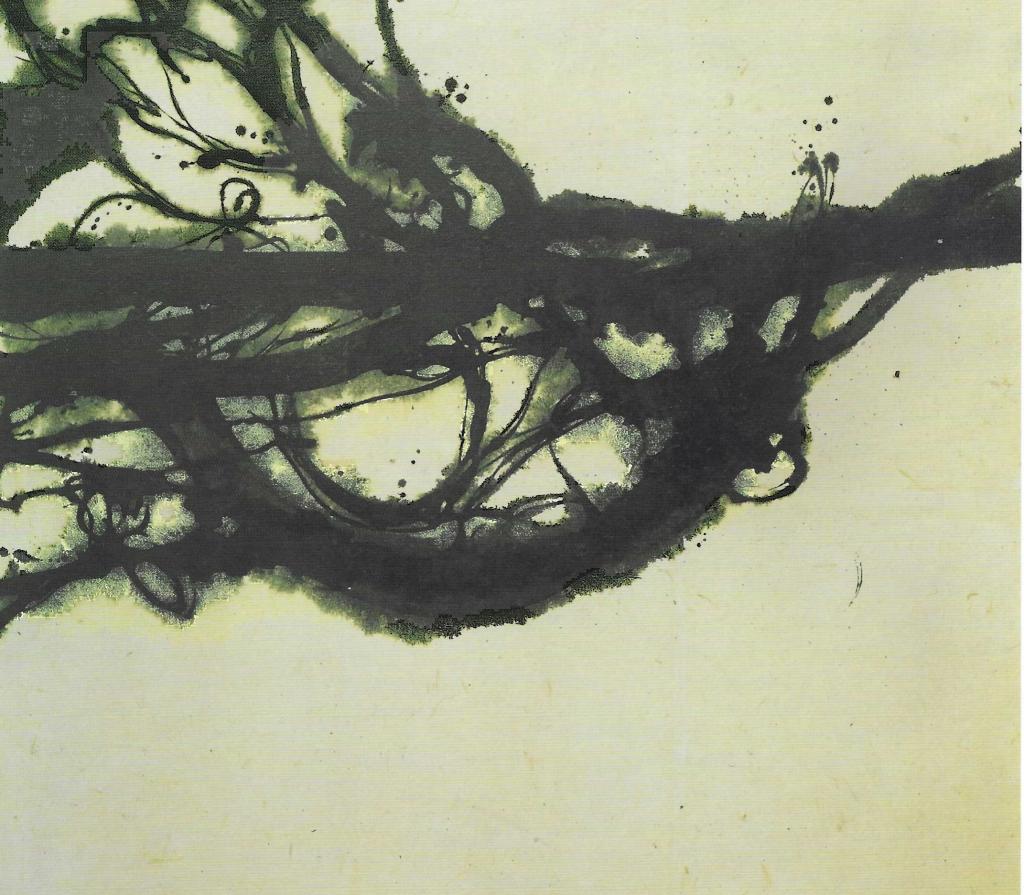

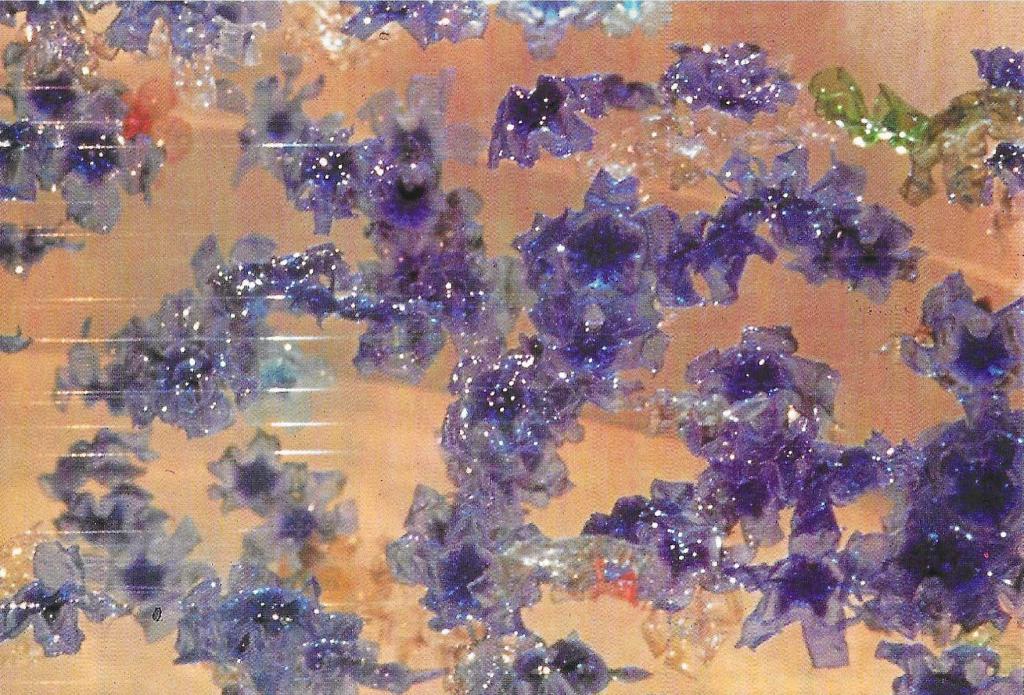
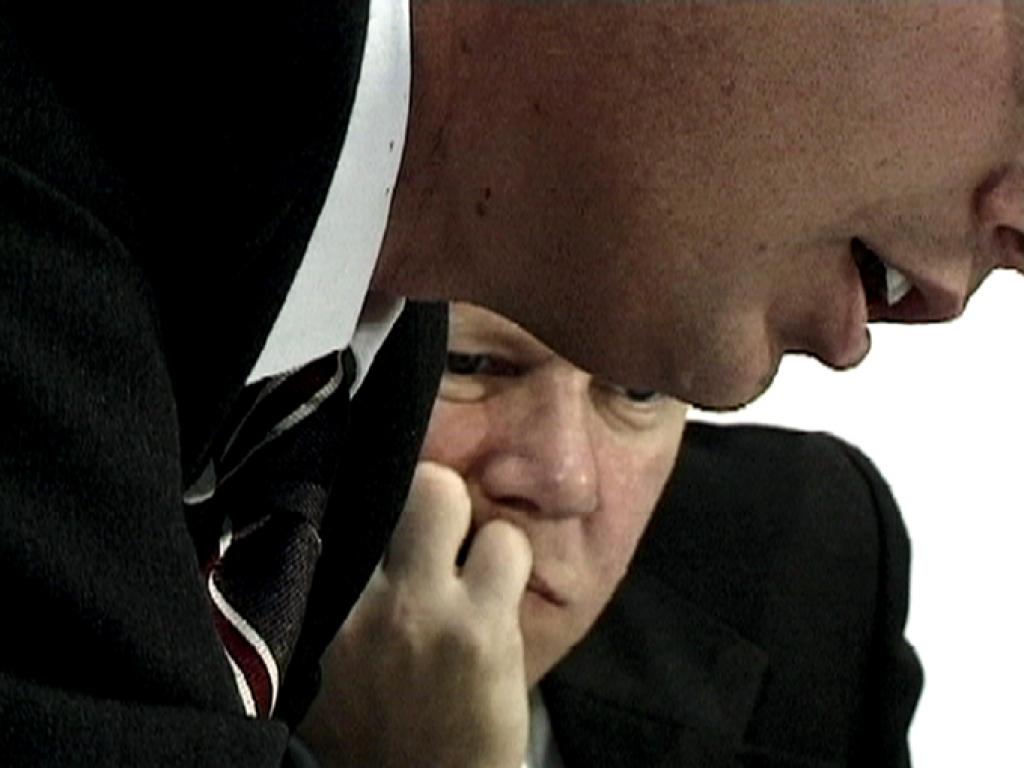

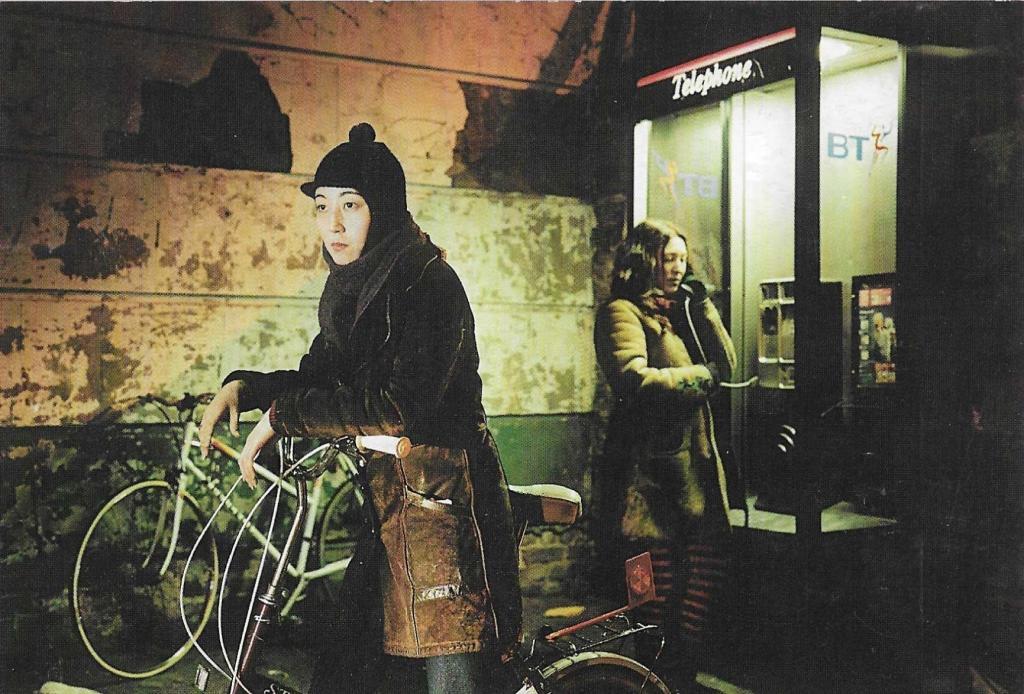
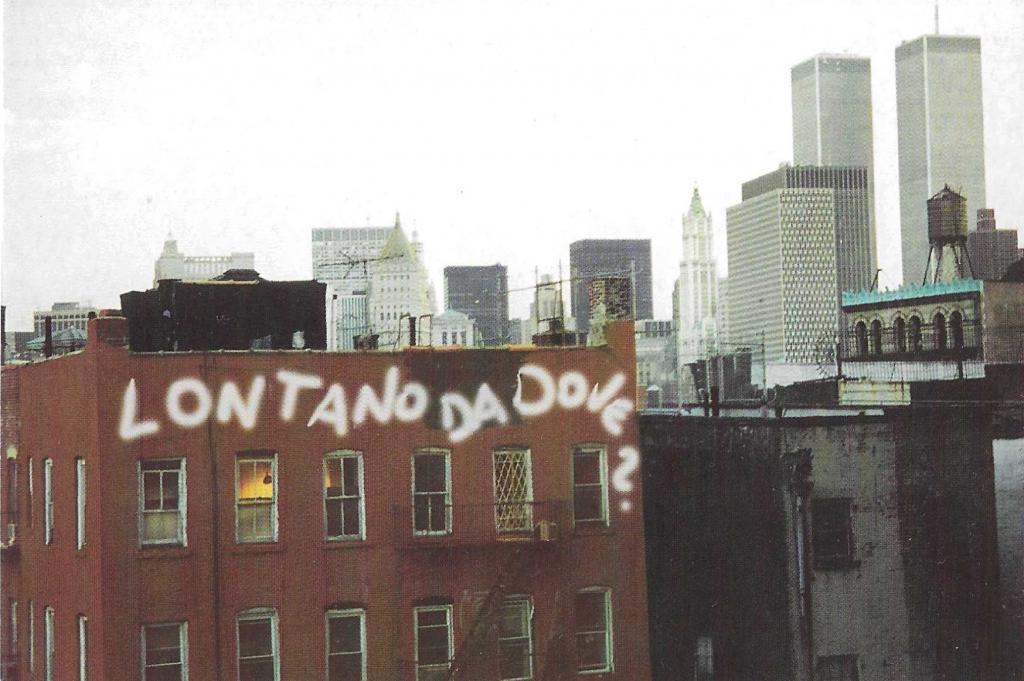
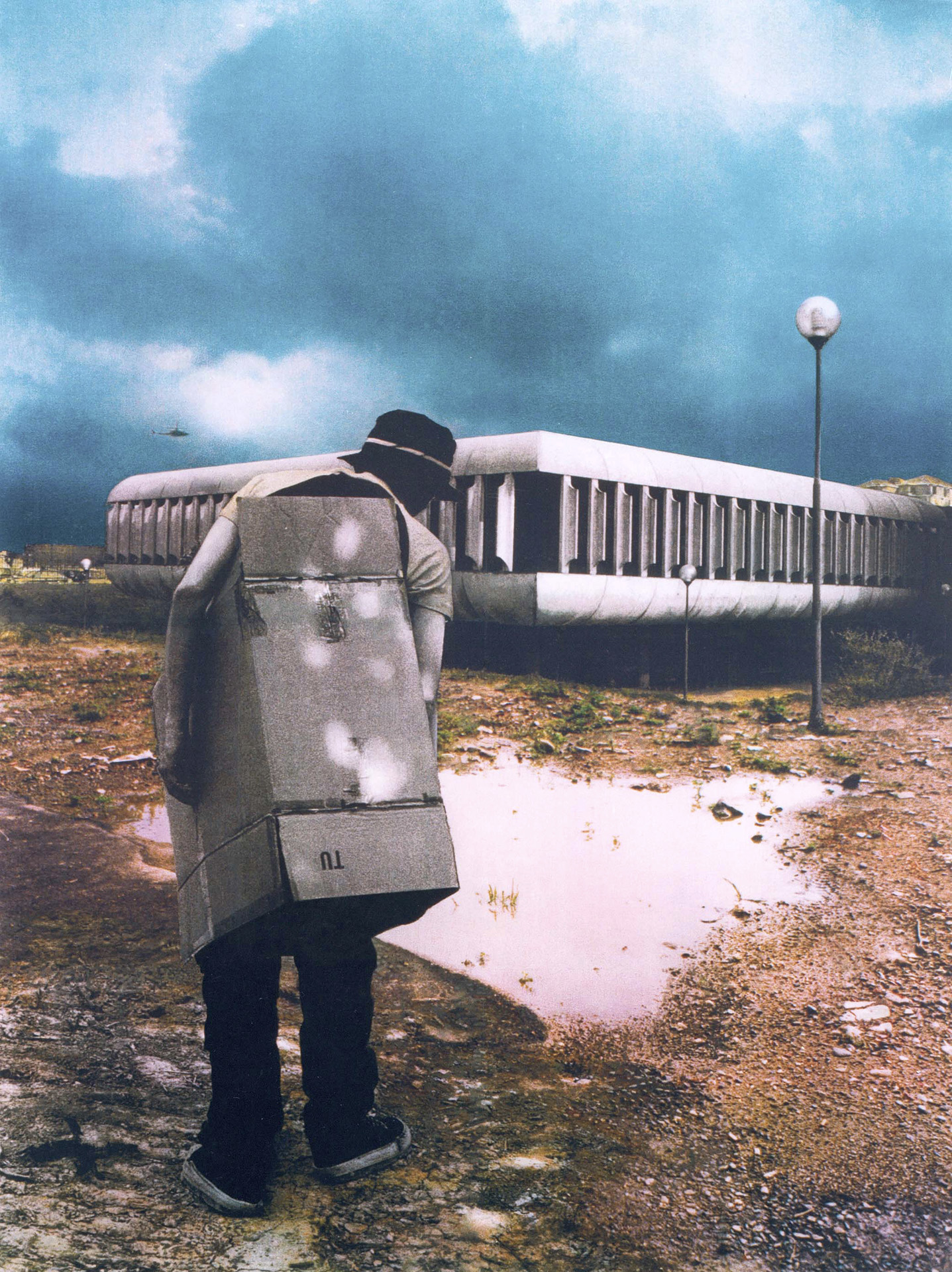
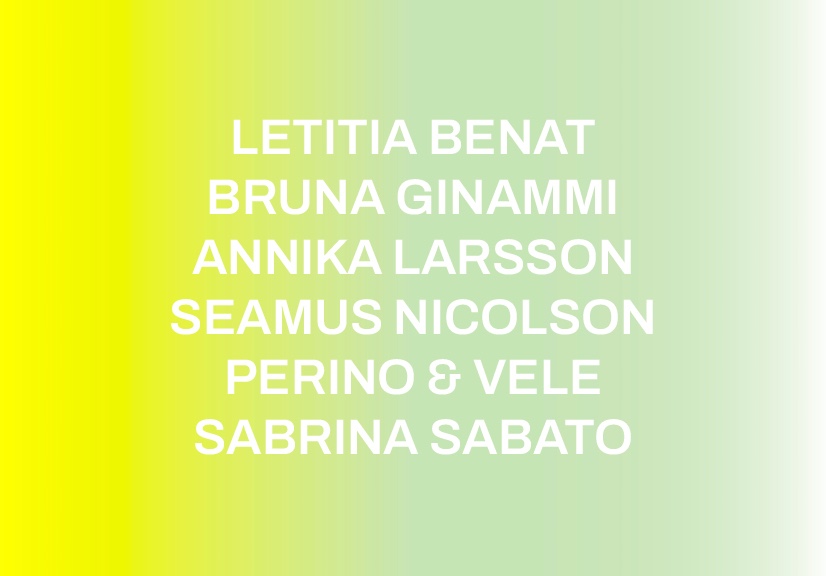
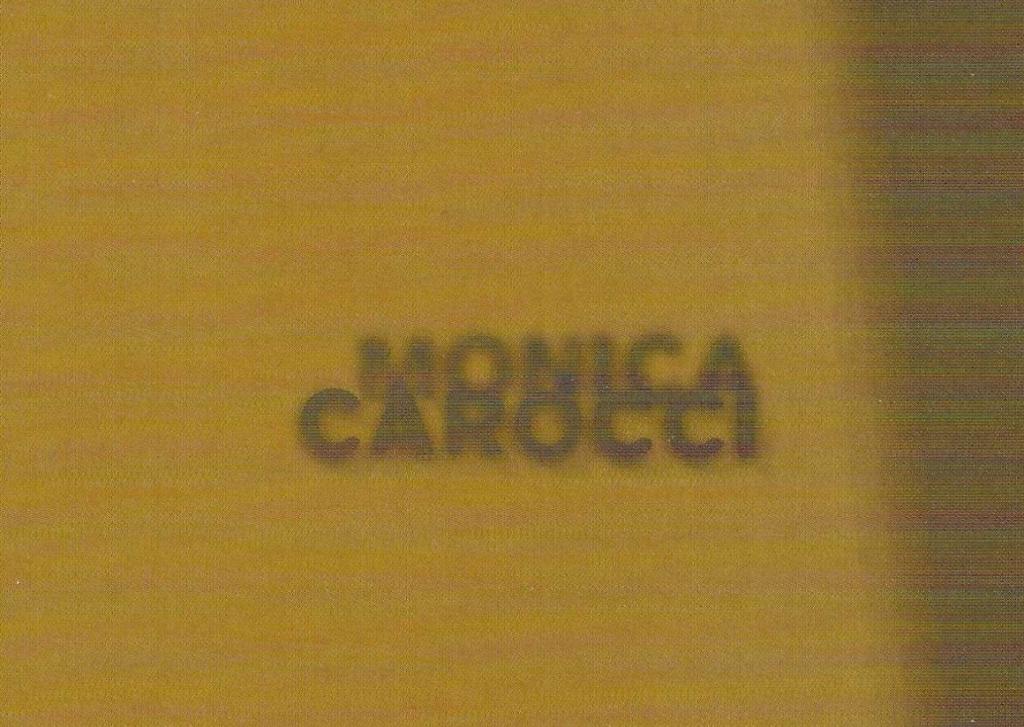
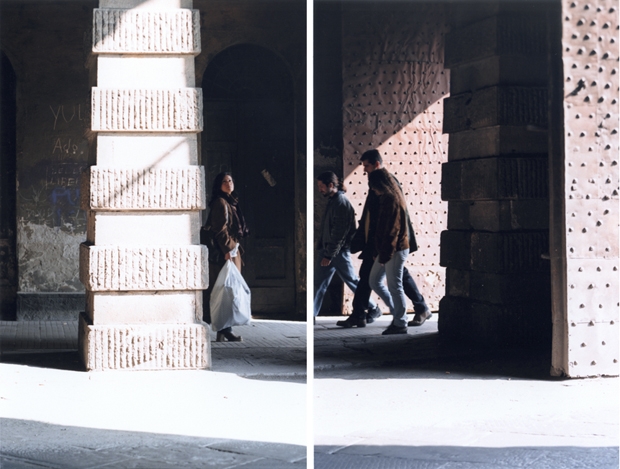
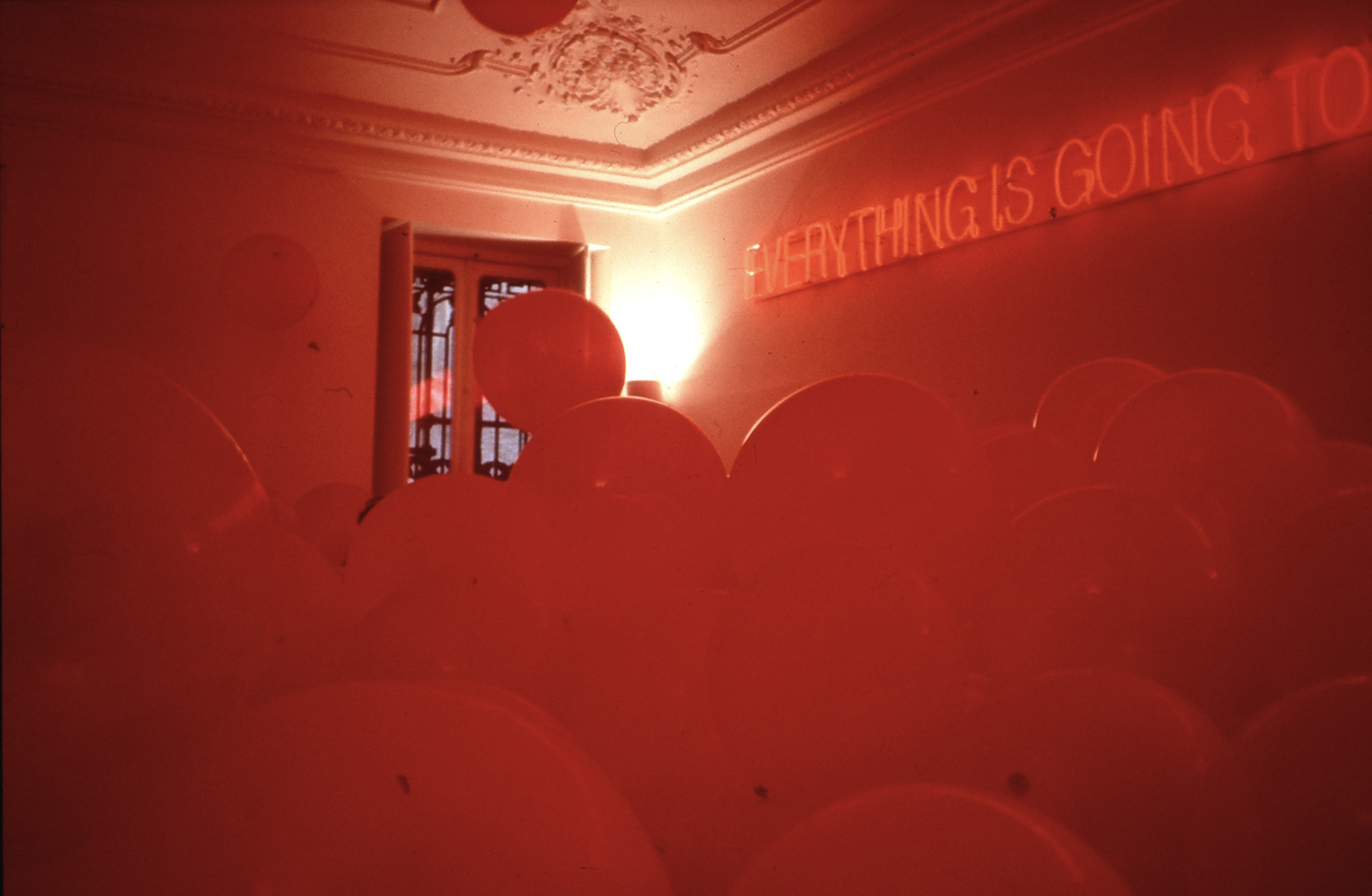
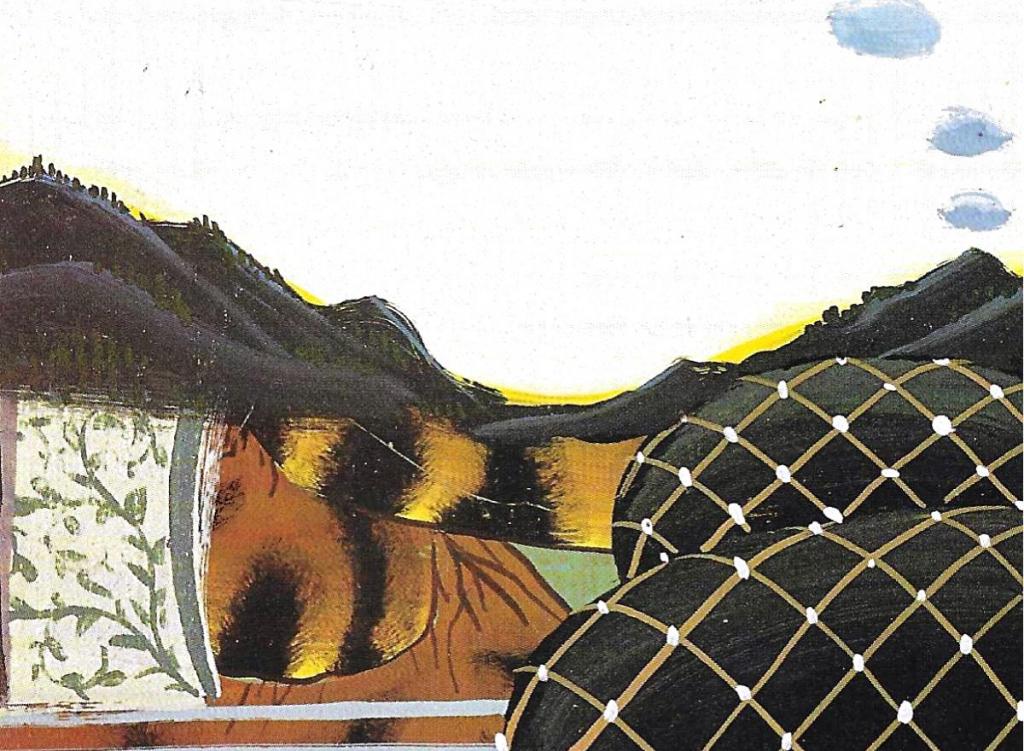

| 2019 | ||
| Perino&Vele | ‘O databàs‘O databàs | 11/2019 |
| Group exhibition | Thirty times September | 09/2019 |
| Laura Pugno | The invisibility of winter | 05/2019 |
| Simone Mussat Sartor | Private memories | 03/2019 |
| 2018 | ||
| Lala Meredith-Vula | Select haystacks (1989-ongoing) | 11/2018 |
| Victoria Stoian | Nistru-confines | 09/2018 |
| Bernd - Hilla Becher, Botto&Bruno, Paola De Pietri, Gioberto Noro, Hamzehian / Mortarotti, Simone Mussat Sartor, Dubravka Vidović | E il giardino creò l'uomo | 06/2018 |
| Hamzehian / Mortarotti | Most were silent | 05/2018 |
| Paolo Bini | Painting, day after day | 03/2018 |
| 2017 | ||
| Botto&Bruno | White noise | 11/2017 |
| Gabriele Arruzzo | Arcadia | 09/2017 |
| Matheus Rocha Pitta | Take care | 06/2017 |
| Cornelia Badelita | Reflecție repetiție | 04/2017 |
| Cosimo Veneziano | Petroleum/Notes | 02/2017 |
| 2016 | ||
| Gioberto Noro | Aperture | 11/2016 |
| Simone Mussat Sartor | Not here, not now | 09/2016 |
| Thorsten Kirchhoff | Underground Party | 05/2016 |
| Francesca Ferreri | Cluster clutter | 04/2016 |
| Eva Frapiccini, Marianne Heier, Mary Zygouri | A trilogy | 02/2016 |
| 2015 | ||
| Botto&Bruno, Fatma Bucak, Eva Frapiccini, Gioberto Noro, Thorsten Kirchhoff, Laura Pugno, Victoria Stoian | Group show | 12/2015 |
| Fatma Bucak | Nothing is in its own place | 09/2015 |
| Gabriele Arruzzo, Botto&Bruno, Paola De Pietri, Thorsten Kirchhoff, Lala Meredith-Vula, Perino&Vele | Black and silver | 06/2015 |
| Eva Frapiccini | Selective memory | Selective amnesia | 04/2015 |
| Victoria Stoian | Codri earthquake | 02/2015 |
| 2014 | ||
| Cosimo Veneziano | Westwarde the course of empire takes its way | 11/2014 |
| Giorgio e Walter Da Silva | Tanzen. Installations 2013-2014 | 09/2014 |
| Marguerite Kahrl | Savages | 06/2014 |
| Laura Pugno | Form in progress | 03/2014 |
| 2013 | ||
| Paola De Pietri | Istanbul new stories | 12/2013 |
| Gioberto Noro | Elogio della nuvola | 09/2013 |
| Botto&Bruno, Fatma Bucak, Paola De Pietri, Eva Frapiccini, Emily Jacir, Laura Pugno | Meet again | 06/2013 |
| Emily Jacir | Selection from "Ex libris" | 03/2013 |
| 2012 | ||
| Bernd-Hilla Becher, Elger Esser, Andreas Gursky, Candida Höfer, Thomas Ruff, Thomas Struth | Contemporary German photography. The Düsseldorf School | 12/2012 |
| Adeela Suleman | I had no choice but to hear you | 09/2012 |
| Dubravka Davidović | Exil | 05/2012 |
| Perino&Vele | The exception proves the rule | 03/2012 |
| 2011 | ||
| John Juraj | No paradises | 11/2011 |
| Eva Frapiccini | The physics of the possible | 09/2011 |
| Gabriele Arruzzo | Foundering | 05/2011 |
| Farma Bucak | Daughter of man | 03/2011 |
| 2010 | ||
| Laura Pugno | I remember being there | 11/2010 |
| Gioberto Noro | Gazing West | 09/2010 |
| Naiza H Khan, Seema Nusrat, Adeela Suleman | Revealing utopia | 06/2010 |
| Emily Jacir | Stazione | 03/2010 |
| 2009 | ||
| Botto&Bruno | When we were teenagers we wanted to be the sky | 11/2009 |
| Yuko Murata | Under the sky | 09/2009 |
| Bernd-Hilla Becher, Paola De Pietri, Olafur Eliasson, Elger Esser, Candida Höfer, Louise Lawler, Sophy Rickett | Silence (2009) | 06/2009 |
| Thorsten Kirchhoff | Hypnotic | 03/2009 |
| 2008 | ||
| John Juraj | Untitled (not here) | 11/2008 |
| Sophy Rickett | Auditorium | 09/2008 |
| Enrica Borghi | Patchwork city | 07/2008 |
| Debora Fede, Alessandro Sciaraffa | Debora Fede, Alessandro Sciaraffa | 05/2008 |
| Paola De Pietri, Lala Meredith-Vula | Un altro tempo, un altro da me (another time, other then me) | 04/2008 |
| Jeffrey Beebe, John Grande, Zachary Clement, Bradley Castellanos, Jonathan Podwil, Dasha Shishkin, Ana Garcés Kiley | Nightmares & Dreamscapes | 02/2008 |
| 2007 | ||
| Gabriele Arruzzo | Hortus conclusus | 11/2007 |
| Martin Creed | Martin Creed | 09/2007 |
| Laura Pugno | The memory of landscape | 04/2007 |
| Hiraki Sawa | Hiraki Sawa | 04/2007 |
| Emily Jacir | Entry denied | 02/2007 |
| 2006 | ||
| Magnus Thierfelder | Magnus Thierfelder | 11/2006 |
| Thorsten Kirchhoff | Overdrive | 09/2006 |
| Andisheh Avini | Andisheh Avini | 05/2006 |
| Monica Carocci | Orizzontale | 04/2006 |
| Michael Rakowitz | Endgames | 02/2006 |
| 2005 | ||
| Perino&Vele | Porton Down | 11/2005 |
| Marguerite Kahrl | Noble savages | 05/2005 |
| Alessandro Dal Pont | The discovery of America | 05/2005 |
| Dietmar Lutz | Stand-in | 04/2005 |
| Paola De Pietri | Here, again | 02/2005 |
| 2004 | ||
| Botto&Bruno | Kids Town | 11/2004 |
| Sophy Rickett | Twelve trees, M40 | 09/2004 |
| Domenico Mangano | Primo maggio | 05/2004 |
| Candida Höfer | Candida Höfer | 03/2004 |
| Gülsün Karamustafa | Galata: Genova (excavating windows) | 02/2004 |
| 2003 | ||
| Thorsten Kirchhoff | Thorsten Kirchhoff | 11/2003 |
| Johanna Kandl, Matvey Levenstein, Manu Muniategiandikoetxea, Thomas Scheibitz, Nicola Verlato | Painting - The ultimate collection vol.1 | 09/2003 |
| Dietmar Lutz | Frost | 05/2003 |
| Nzingah Muhammad | Nzingah Muhammad | 03/2003 |
| Chiara Pirito | Exposure/Esposizione | 01/2003 |
| 2002 | ||
| Martin Creed | A large piece of furniture partially obstructing a door | 11/2002 |
| Lala Meredith-Vula | Marginalized people | 09/2002 |
| Laura Matei | Laura Matei | 06/2002 |
| Marco Neri | Io spazio | 05/2002 |
| Perino&Vele | Perino&Vele | 04/2002 |
| Sophy Rickett | Sophy Rickett | 03/2002 |
| James Drake | Zona Mariscal | 01/2002 |
| 2001 | ||
| Elisabetta Di Maggio | Il tempo è come il luogo | 11/2001 |
| Daniela Rossell | Ricas y famosas | 09/2001 |
| Olafur Eliasson, Noritoshi Hirakawa, Candida Höfer, Nzingah Muhammad, Sophy Rickett, Hannah Starkey | Silenzi (2001) | 06/2001 |
| Peter Davis | Peter Davis | 05/2001 |
| Thorsten Kirchhoff | Una serata con il dottor Hoffmann | 03/2001 |
| Davide Benati | Neve di sera | 02/2001 |
| 2000 | ||
| Kristen Glass, Antoinette Haechler, Victoria Putler, Aimie Reeves | Amber | 11/2000 |
| Enrica Borghi | Nebulosa | 09/2000 |
| Annika Larsson | Annika Larsson | 05/2000 |
| Pierluigi Pusole | 18 I.S.D. | 03/2000 |
| Seamus Nicolson | Seamus Nicolson | 01/2000 |
| 1999 | ||
| Diana Frid, Jeannette Louie, Daniela Rossell, Holli Schorno | Lontano da dove? | 11/1999 |
| Botto&Bruno | My beautiful box | 09/1999 |
| Laetitia Benat, Bruna Ginammi, Annika Larsson, Seamus Nicolson, Perino&Vele, Sabrina Sabato | Silence | 06/1999 |
| Monica Carocci | Monica Carocci | 05/1999 |
| Paola De Pietri | Dittici | 04/1999 |
| Martin Creed | Martin Creed | 01/1999 |
| 1998 | ||
| Tom Burckhardt | Tom Burckhardt | 11/1998 |
| Valerio Carrubba, Peter Davis, Naoto Kawahara | Microwave | 09/1998 |
| Pierluigi Pusole | Io sono uno scienziato | 05/1998 |
| Thorsten Kirchhoff | Thorsten Kirchhoff | 03/1998 |
| Andrew Carmichael, Giusi Esposito, Chris Marshall, Jane Mulfinger, Nicola Rae, Helen Robertson, Alma Tishler, Jessica Voorsanger | Again&again | 01/1998 |
| 1997 | ||
| Luisa Lambri | Luisa Lambri | 09/1997 |
| Sara Ciracì, Martino Coppes | Sara Ciracì, Martino Coppes | 05/1997 |
| Raffaele Piseddu | Raffaele Piseddu | 04/1997 |
| Alexander Timtschenko | Alexander Timtschenko | 03/1997 |
| 1996 | ||
| Enrica Borghi | Enrica Borghi | 12/1996 |
| Marco Vacchetti | Marco Vacchetti | 10/1996 |
| Antonella Mazzoni | Antonella Mazzoni | 05/1996 |
| Botto&Bruno | Non luoghi | 04/1996 |
| Paola Risoli | Paola Risoli | 02/1996 |
| Kocheisen + Hullmann | Kocheisen, Hullmann | 01/1996 |
| 1995 | ||
| Collettiva | Paper Art | 06/1995 |
| Gian Marco Montesano | Gian Marco Montesano | 05/1995 |
| Alessandro Rivoir | Alessandro Rivoir | 04/1995 |
| 1994 | ||
| Sergio Bonino | Sergio Bonino | 04/1994 |
| Davide Benati | Davide Benati | 03/1994 |
| Piero Gilardi | Piero Gilardi | 01/1994 |
| 1993 | ||
| Kochesein + Hullmann | Take me twice | 10/1993 |
| Emilio Tadini | Emilio Tadini | 03/1993 |
| Francesco Franco | Concerto per carta preparata e moti cromatici | 01/1993 |
| 1992 | ||
| Piero Ruggeri | Piero Ruggeri | 06/1992 |
| Ruggero Savinio | Ruggero Savinio | 03/1992 |
| Echaurren, Porchietti, Rivoir, Tadini | Fabula | 02/1992 |
| Lea Gyarmati | Il paesaggio della pittura | 01/1992 |
| 1991 | ||
| Mario Raciti | Opere 1988 - 1990 | 03/1991 |
| Guido Strazza | Opere 1985 - 1990 | 02/1991 |
| Pino Mantovani | Opere 1987 - 1990 | 01/1991 |
| 1990 | ||
| Pablo Echaurren | Pablo Echaurren | 09/1990 |
| Baruchello, Benati, Carella, Del Pezzo, Hsiao, Giordano, Tadini | Daccapo | 06/1990 |
| Amerigo Carella | Amerigo Carella | 05/1990 |
| Hsiao Chin | Hsiao Chin | 04/1990 |
| Emilio Tadini | Emilio Tadini | 02/1990 |
| 1989 | ||
| Guido Giordano | Guido Giordano | 12/1989 |
| Lucio Del Pezzo | Lucio Del Pezzo | 09/1989 |
